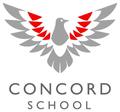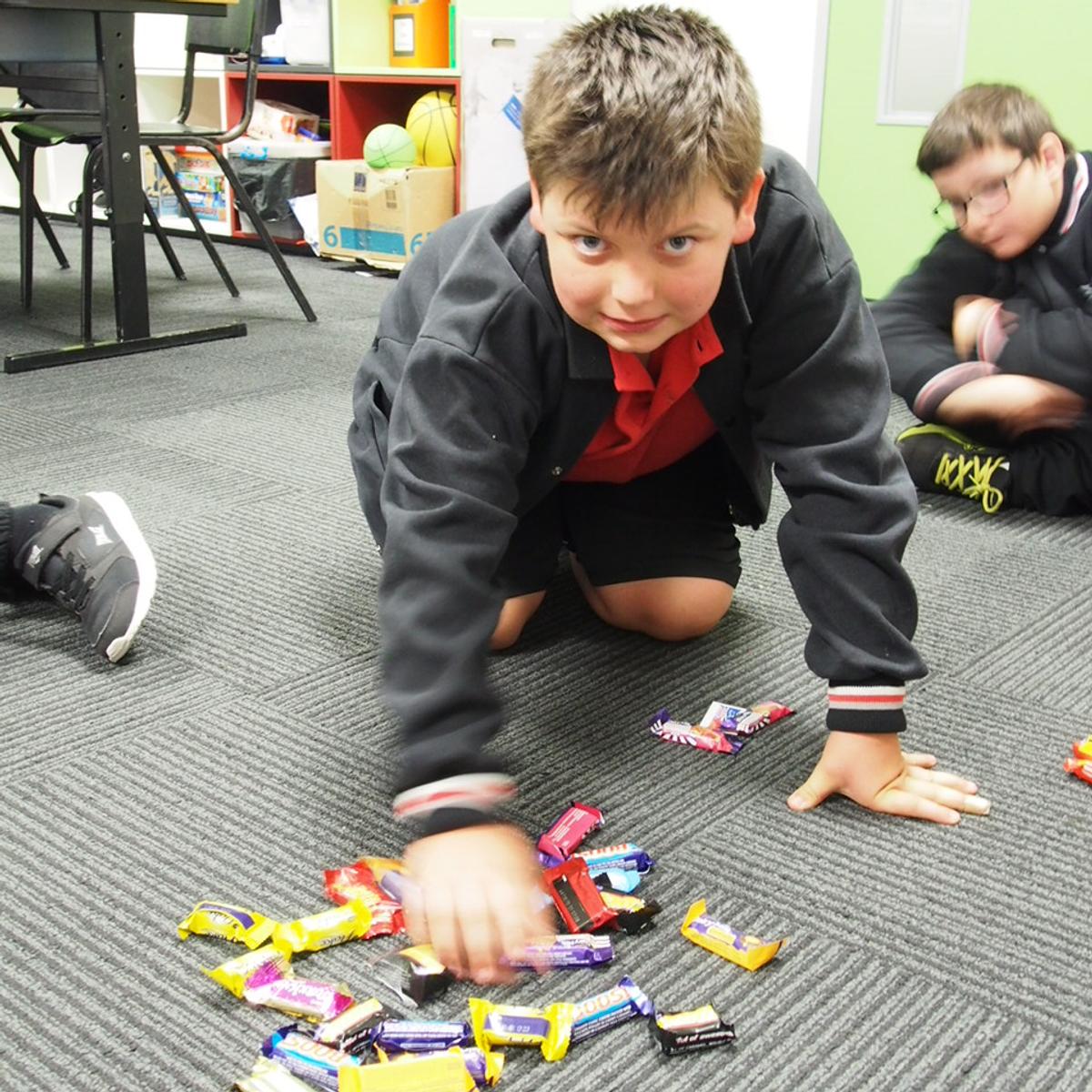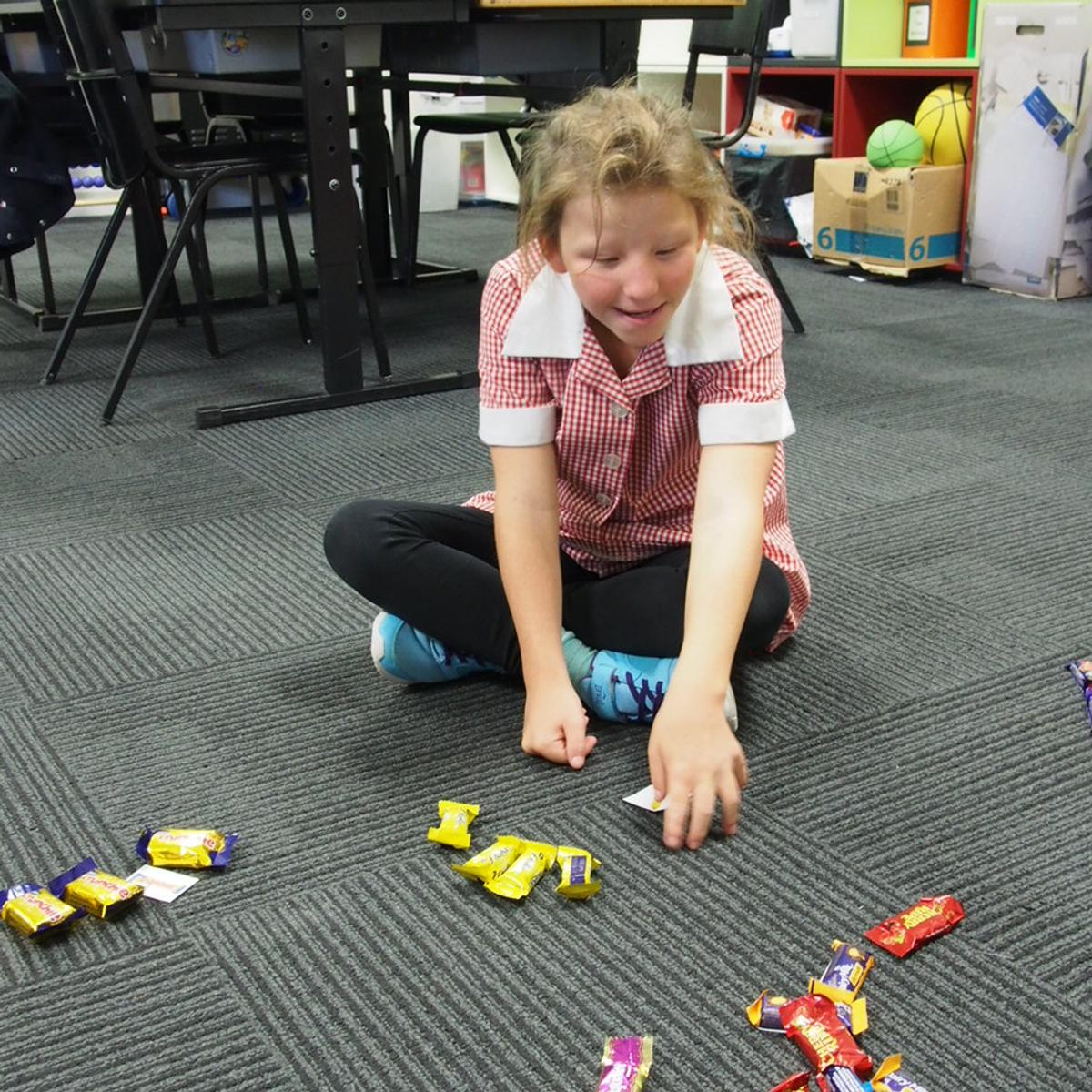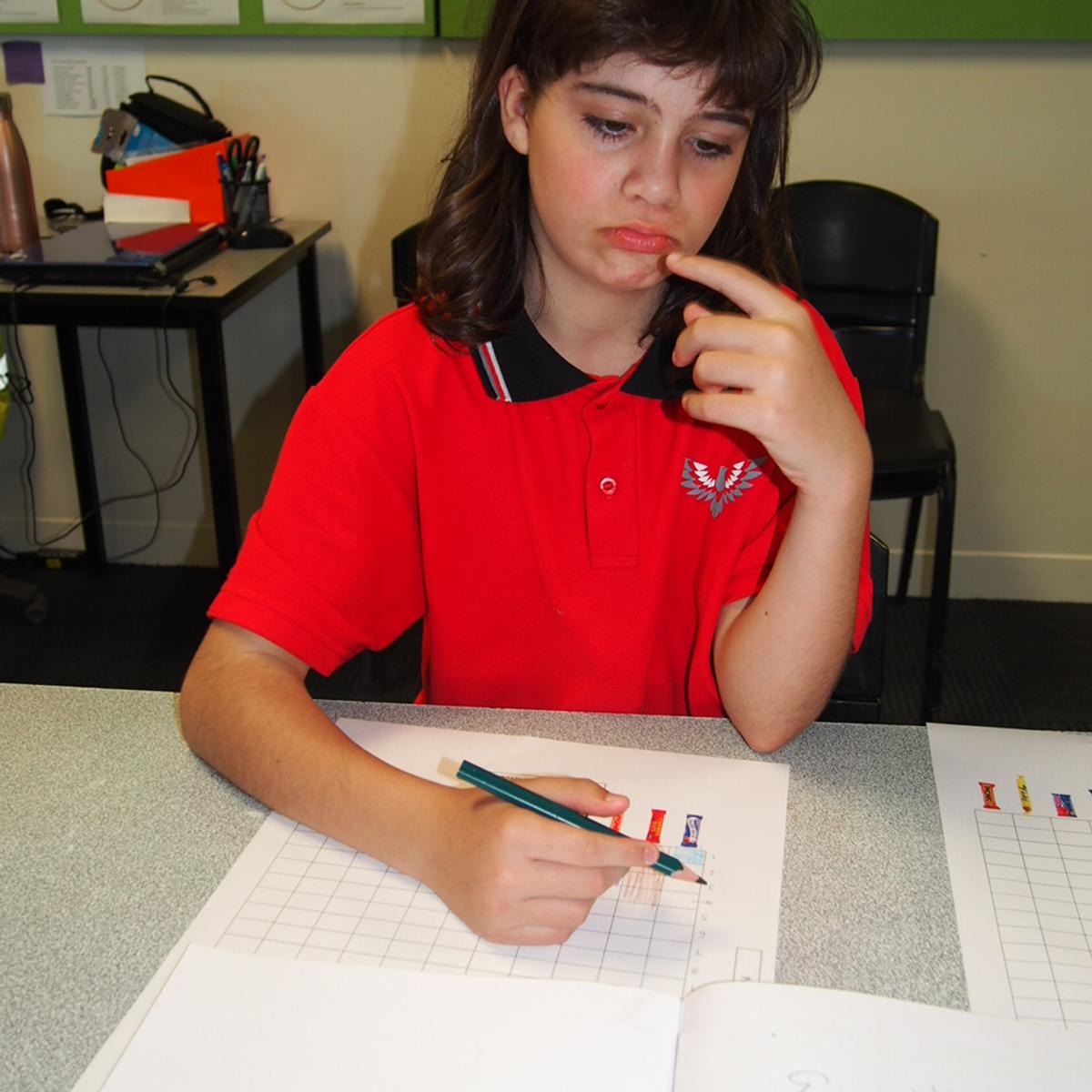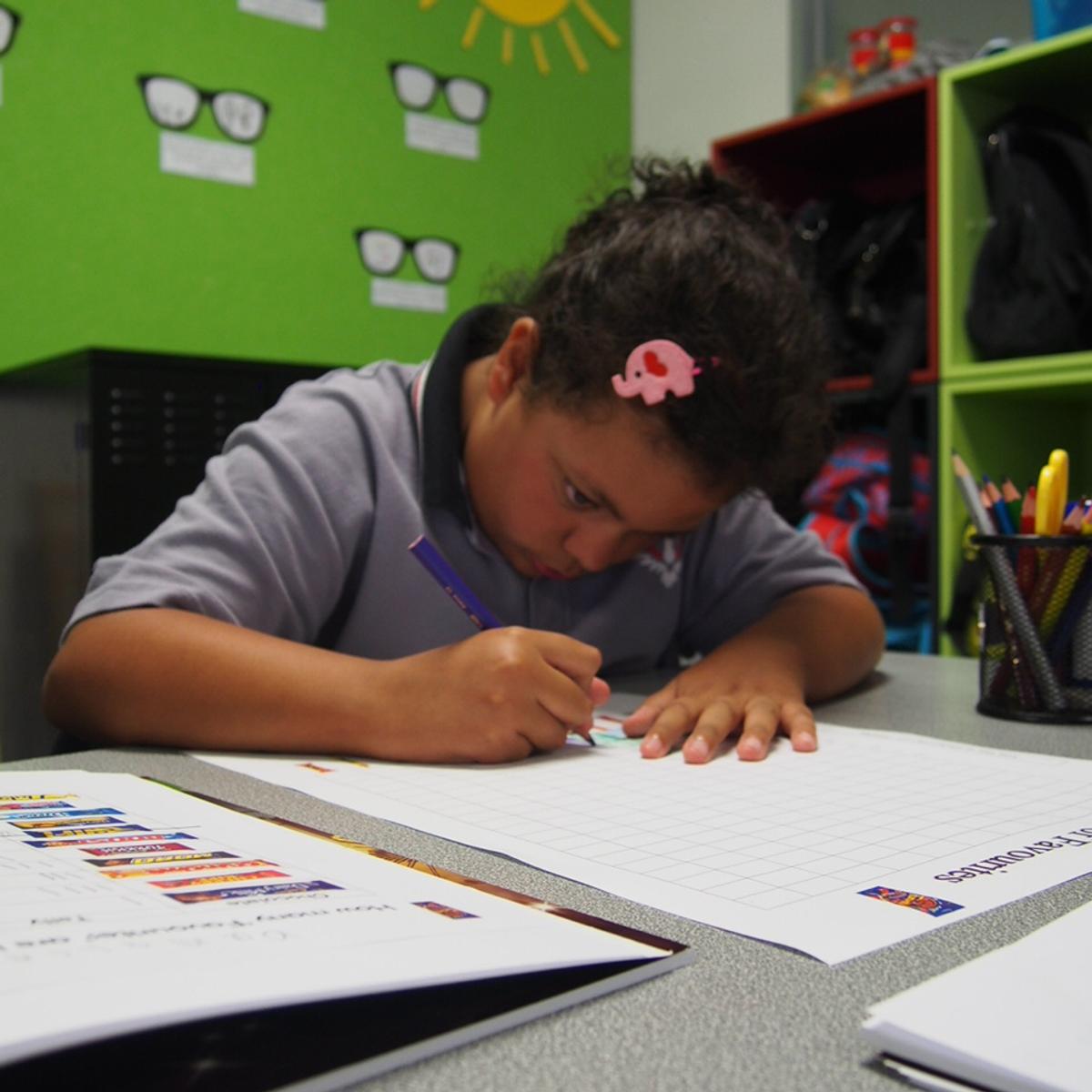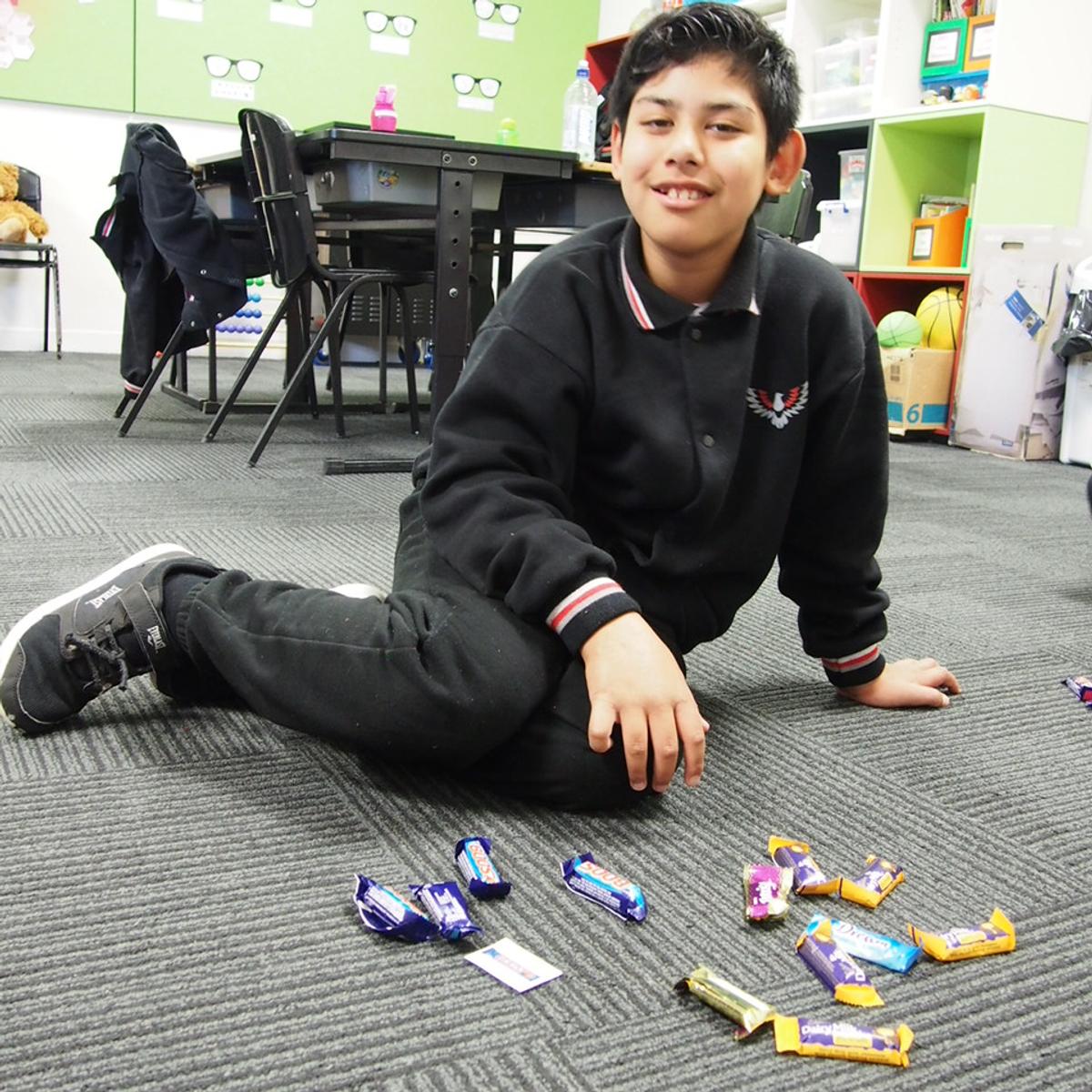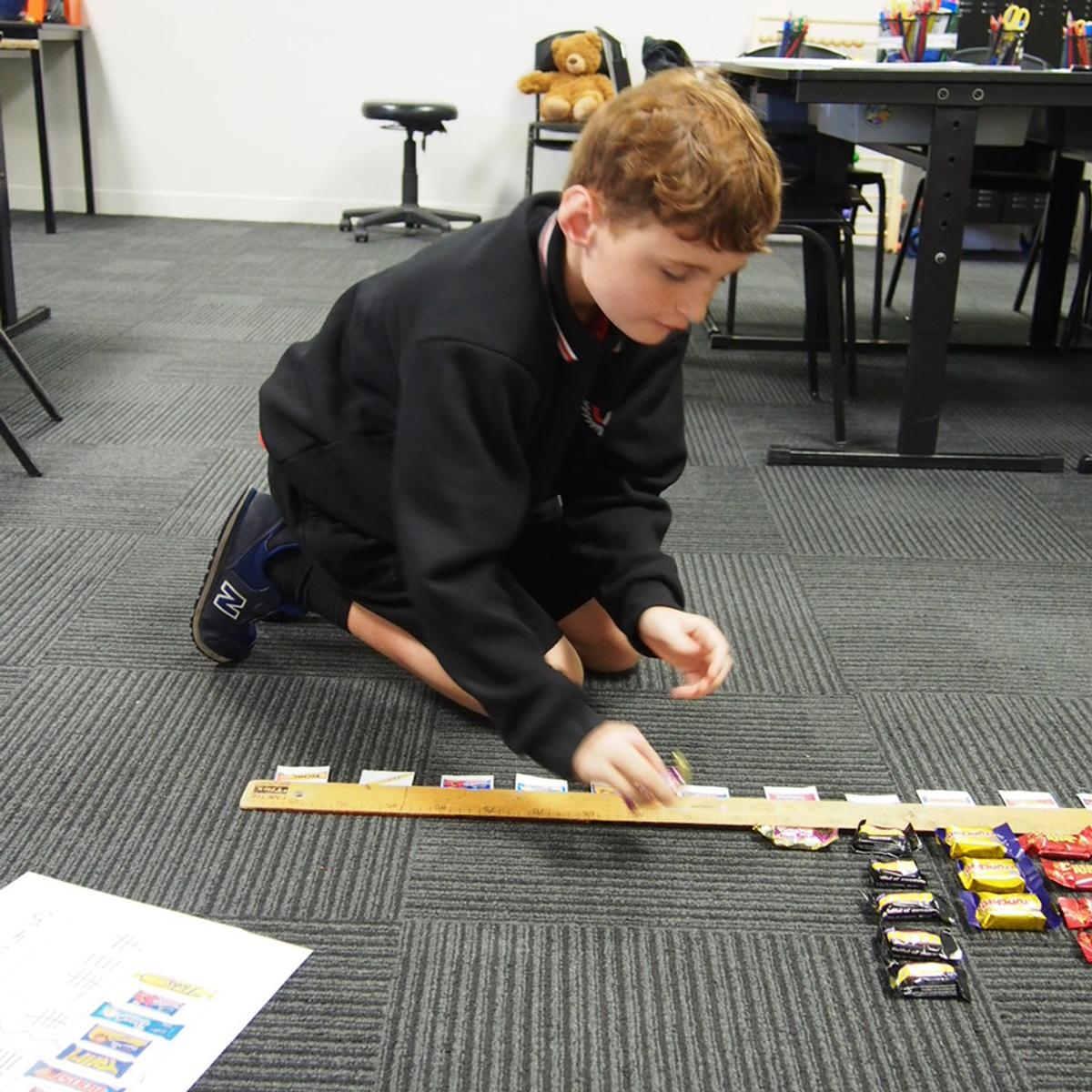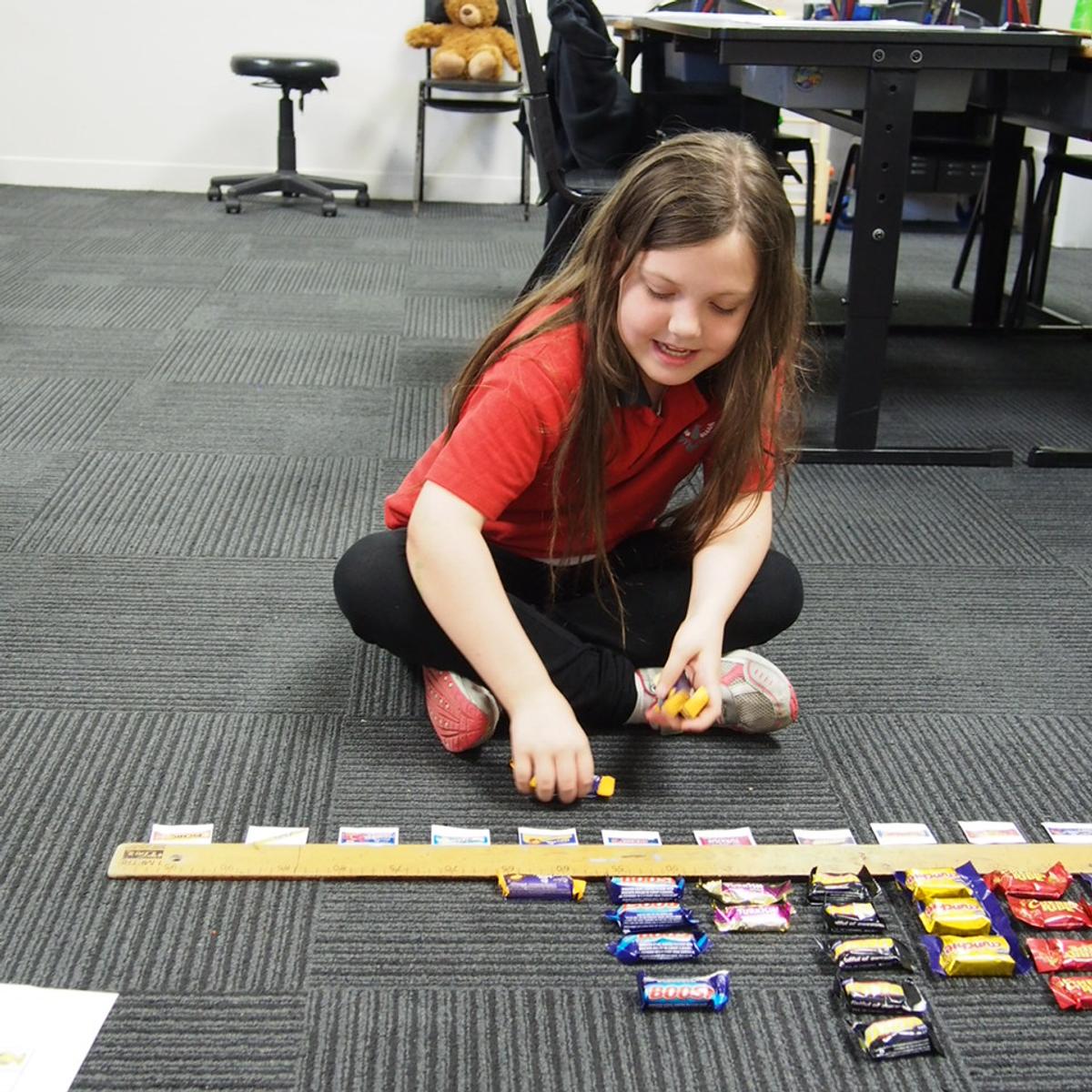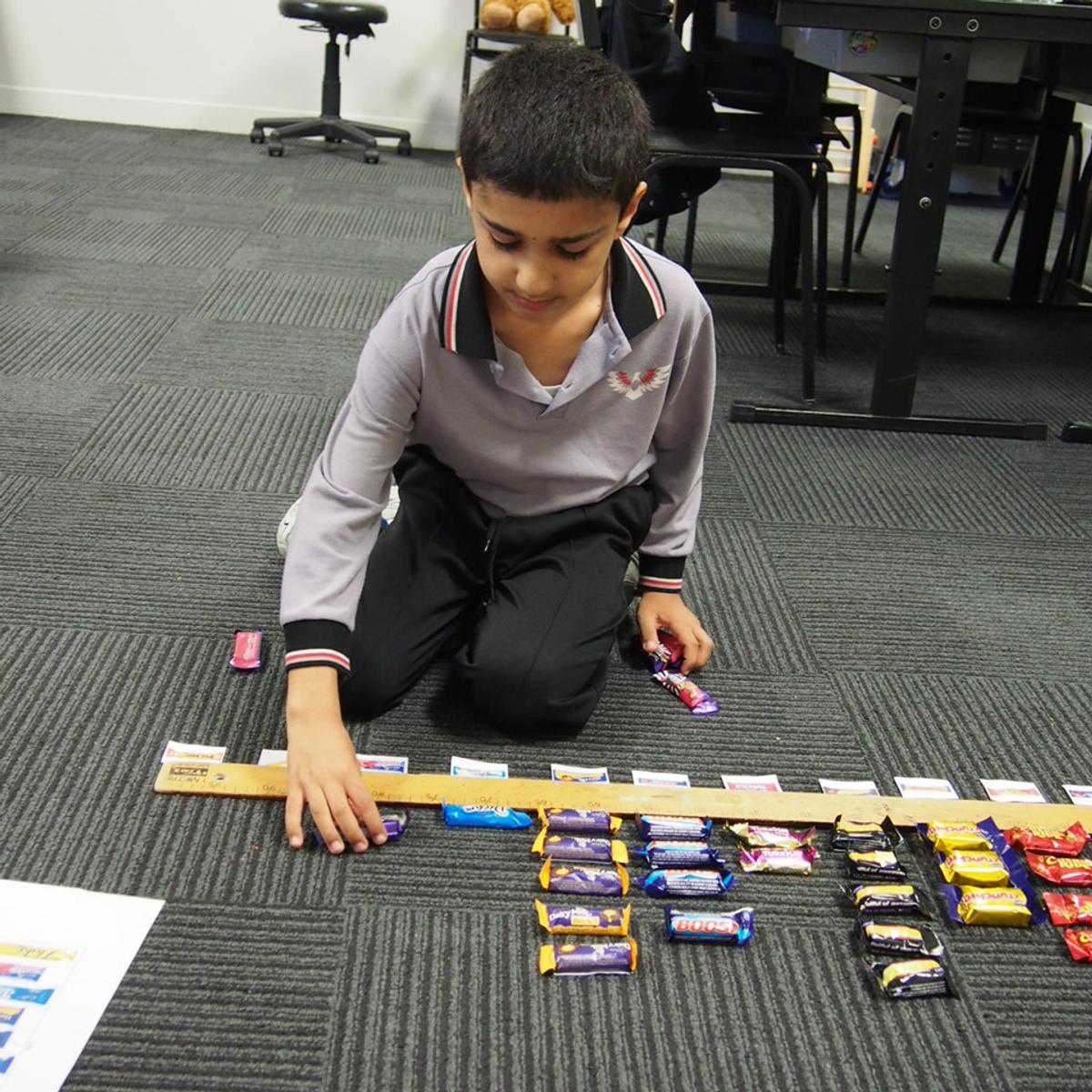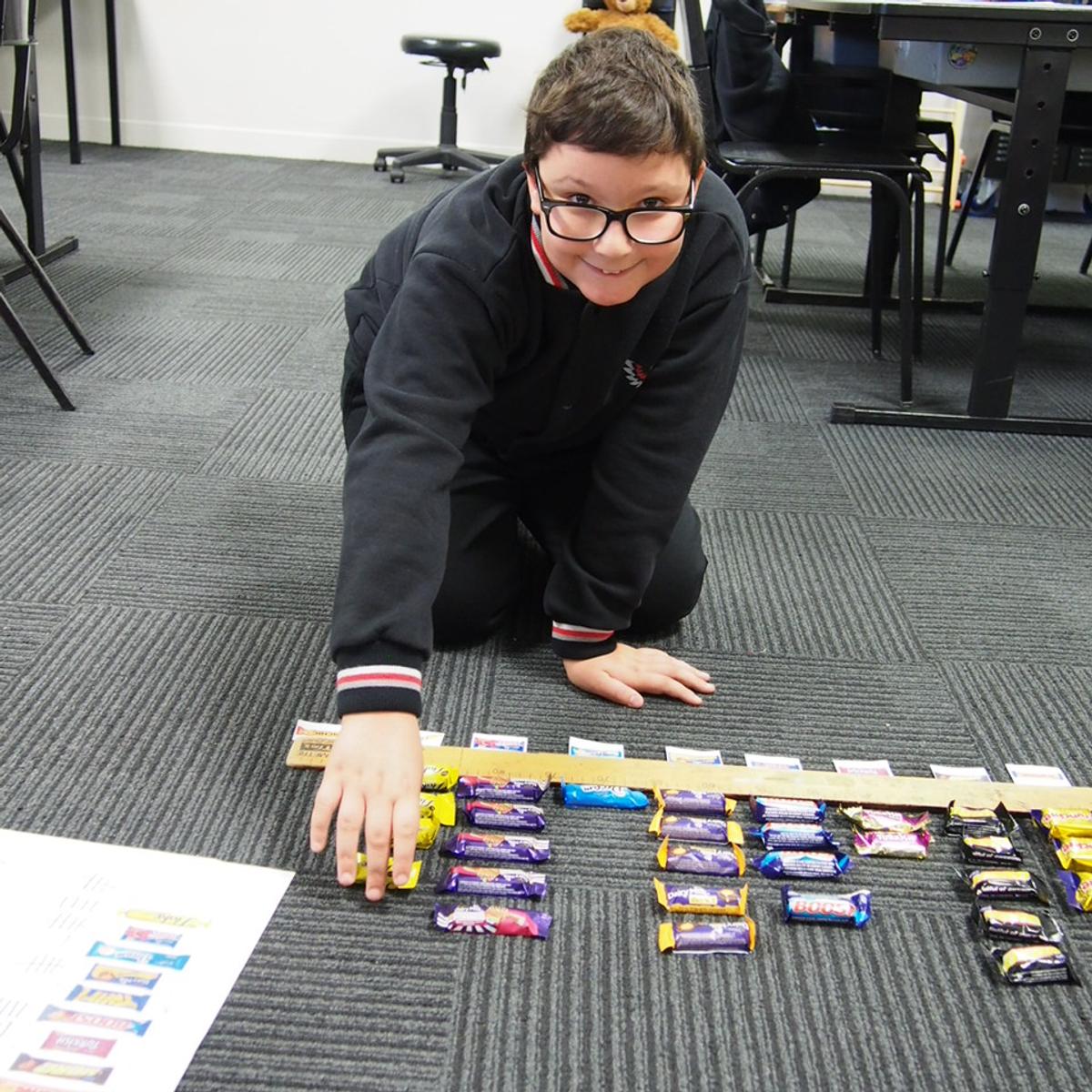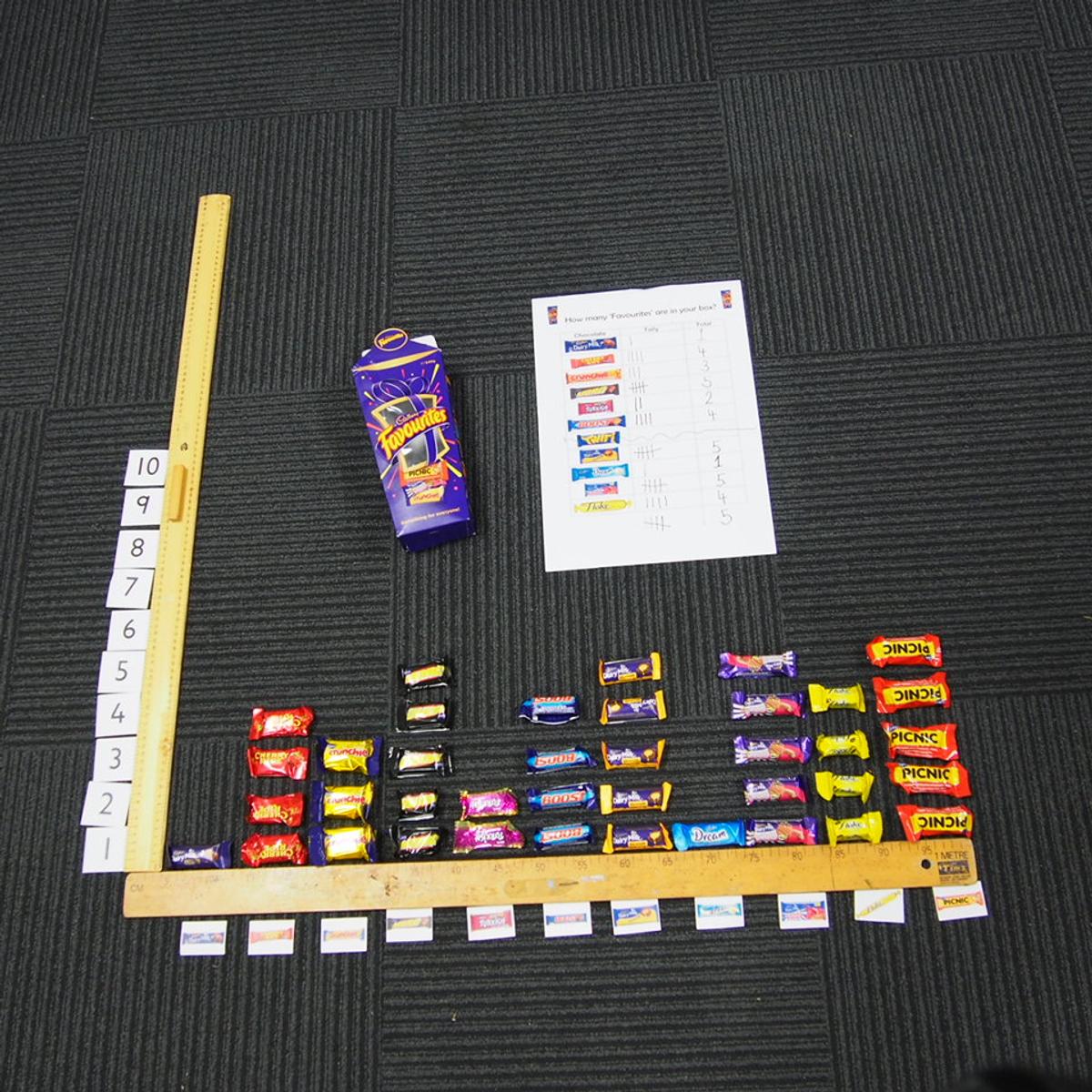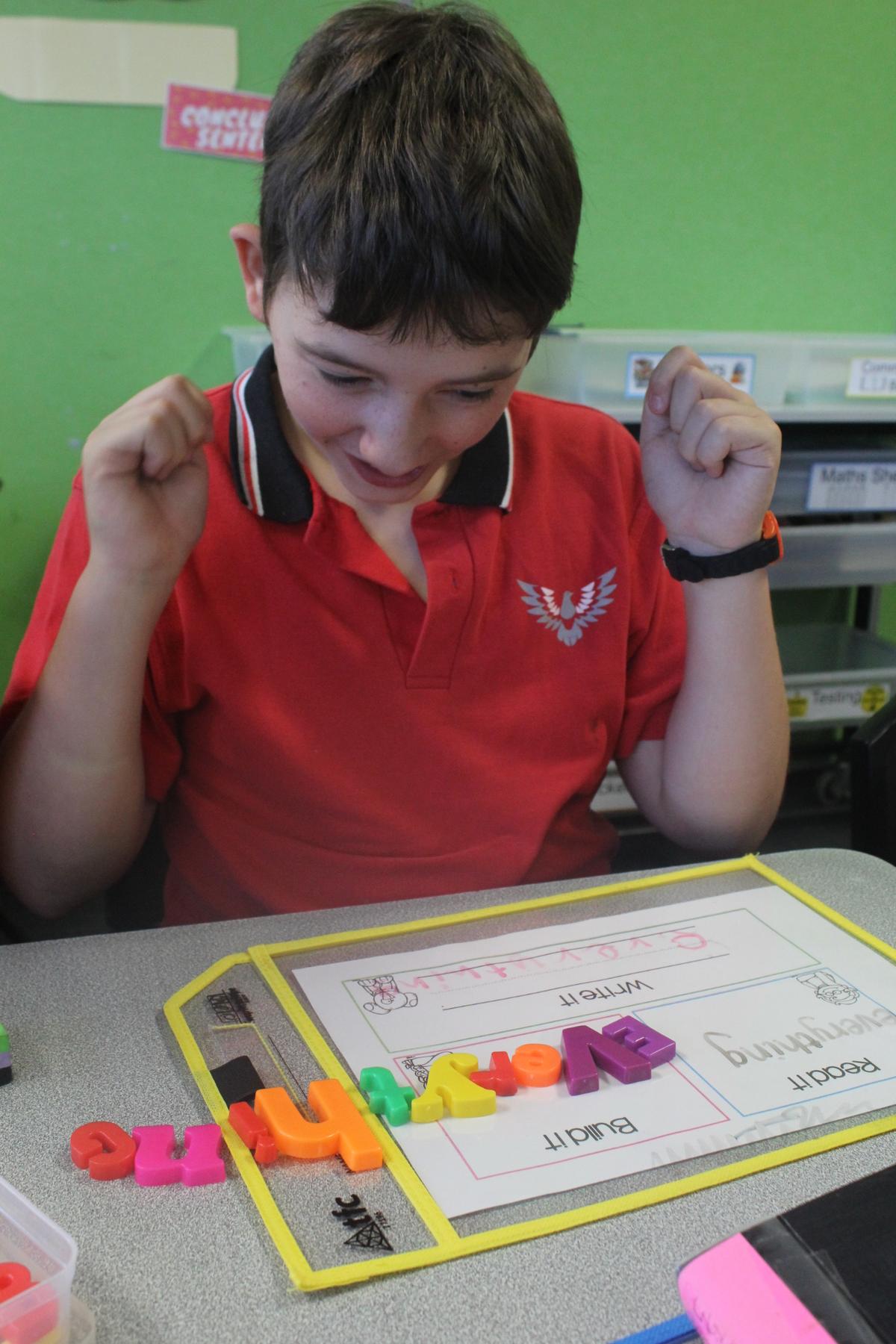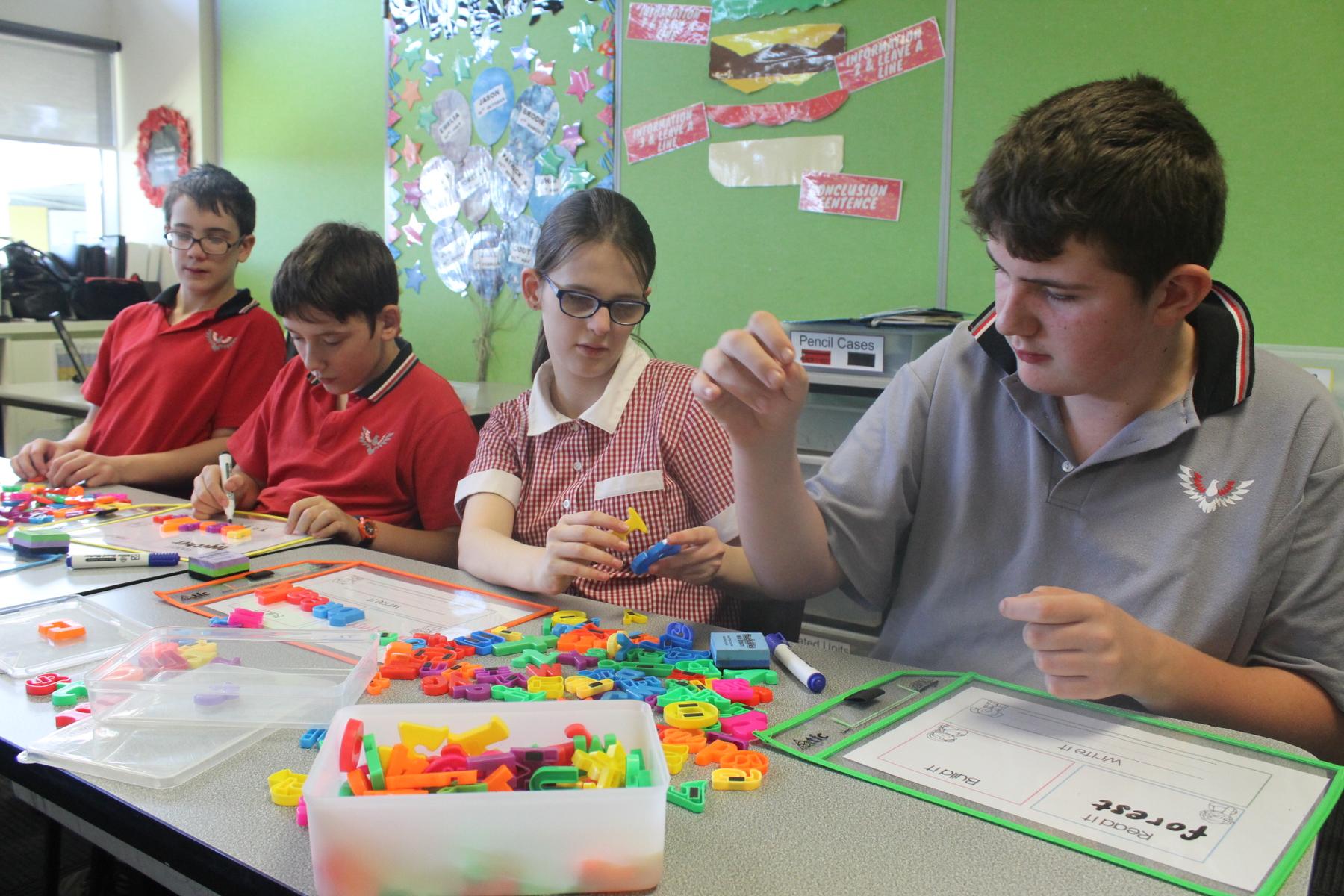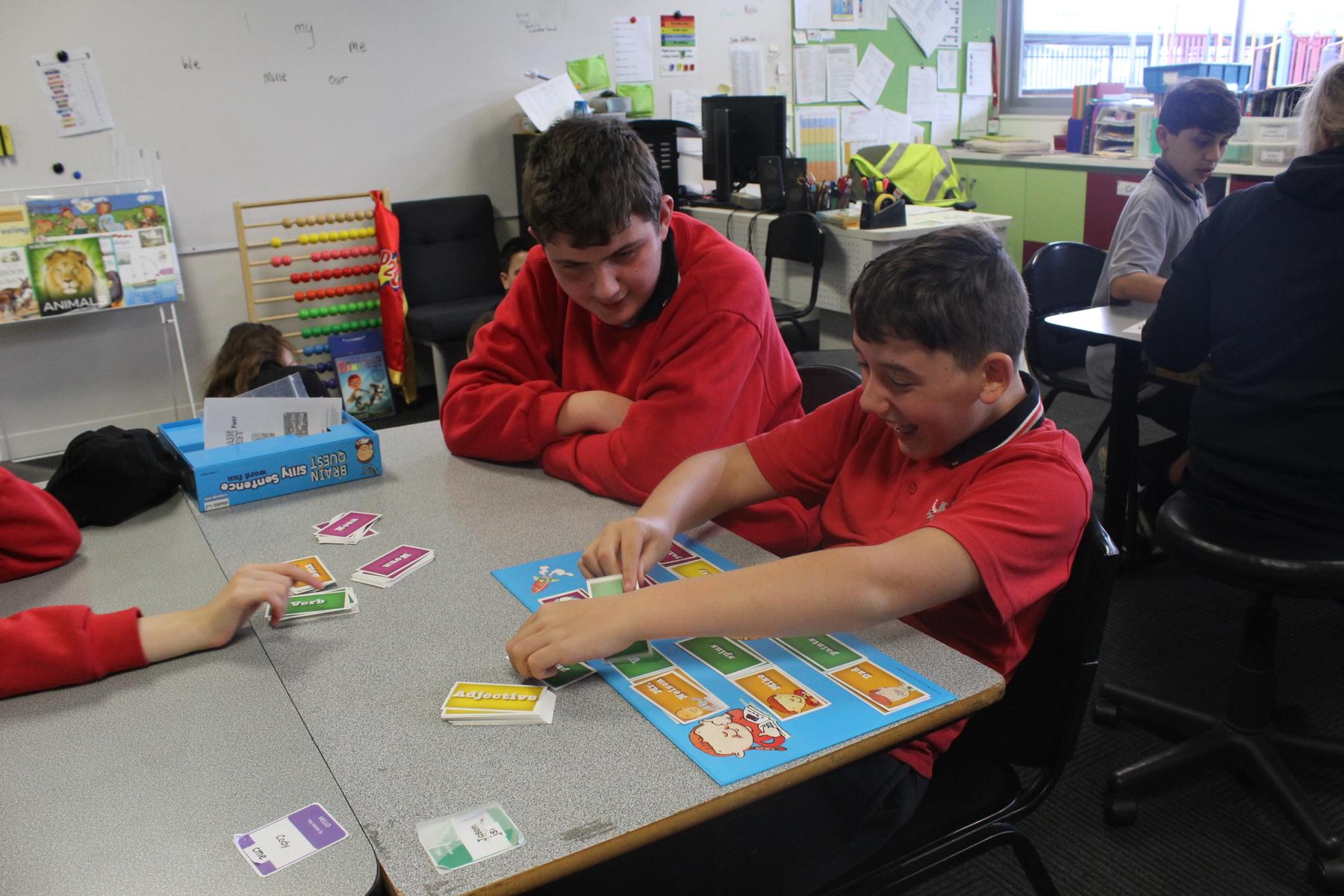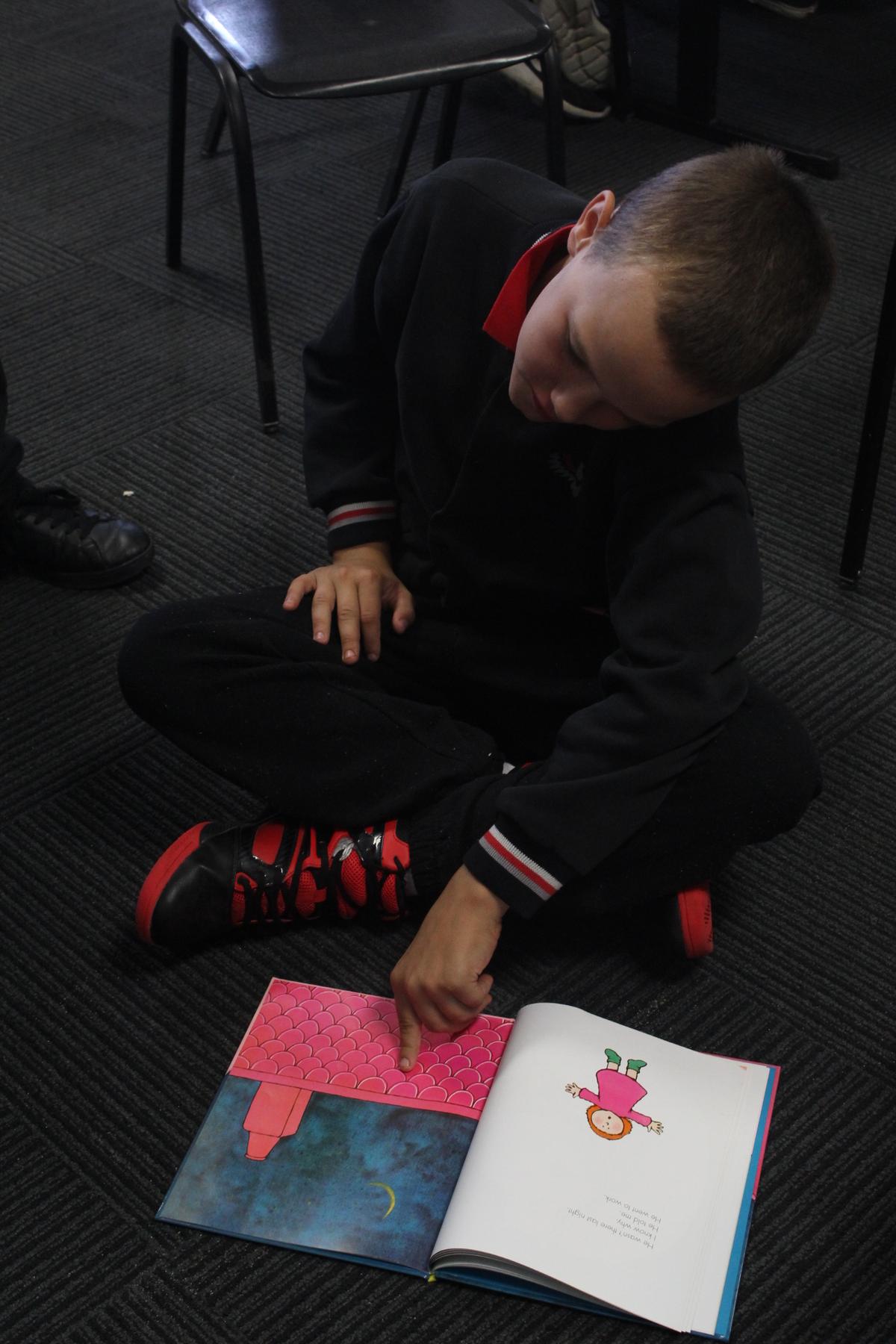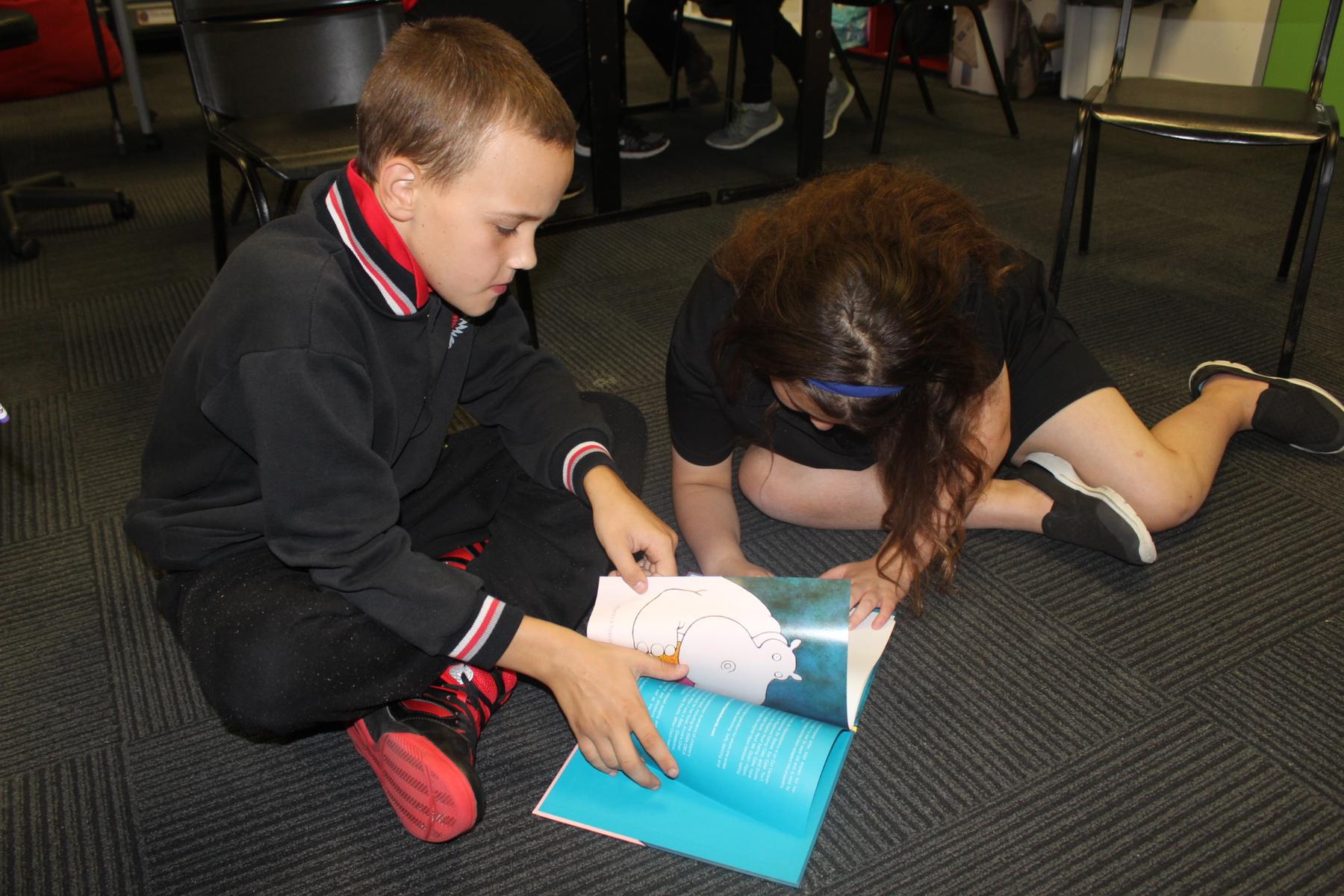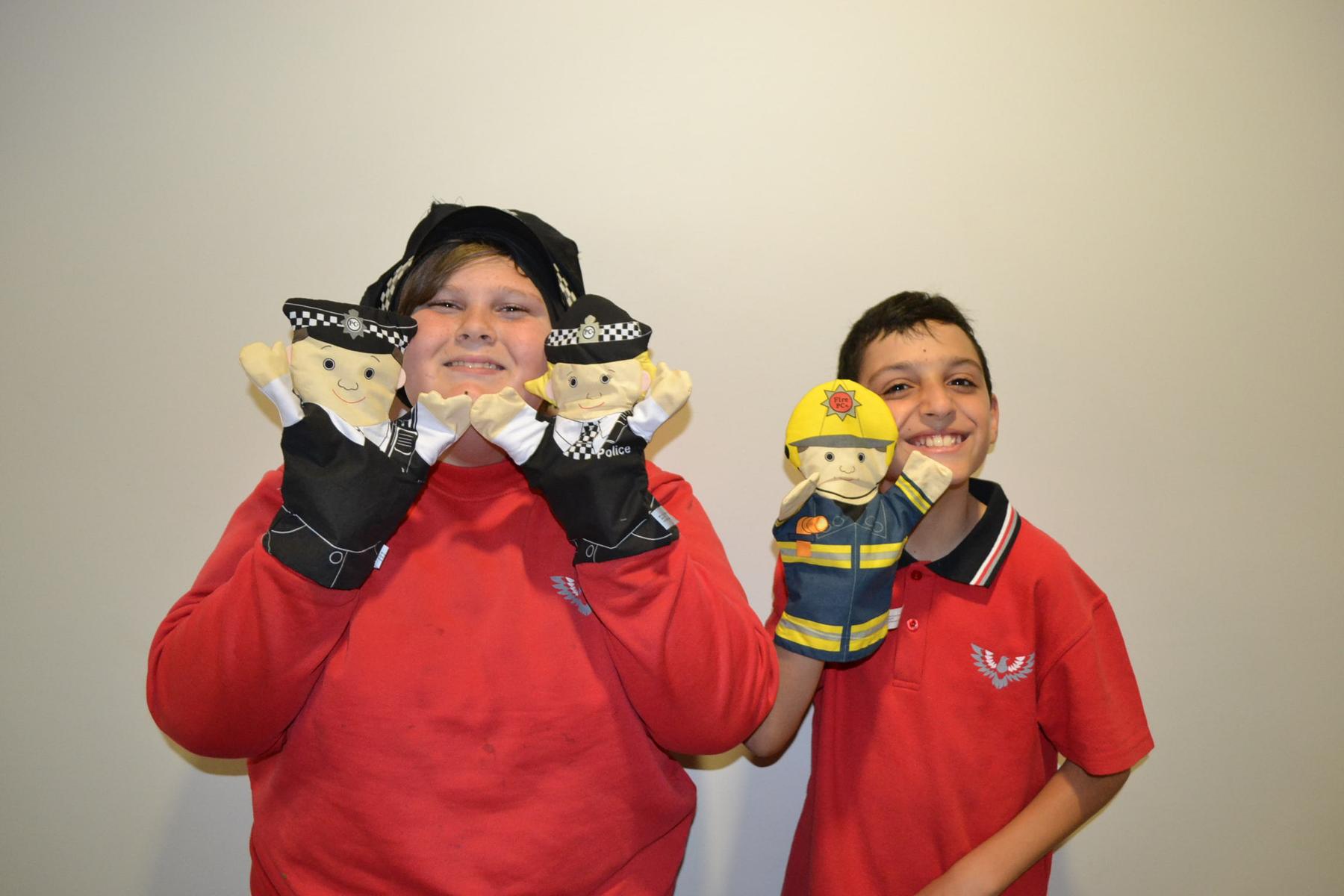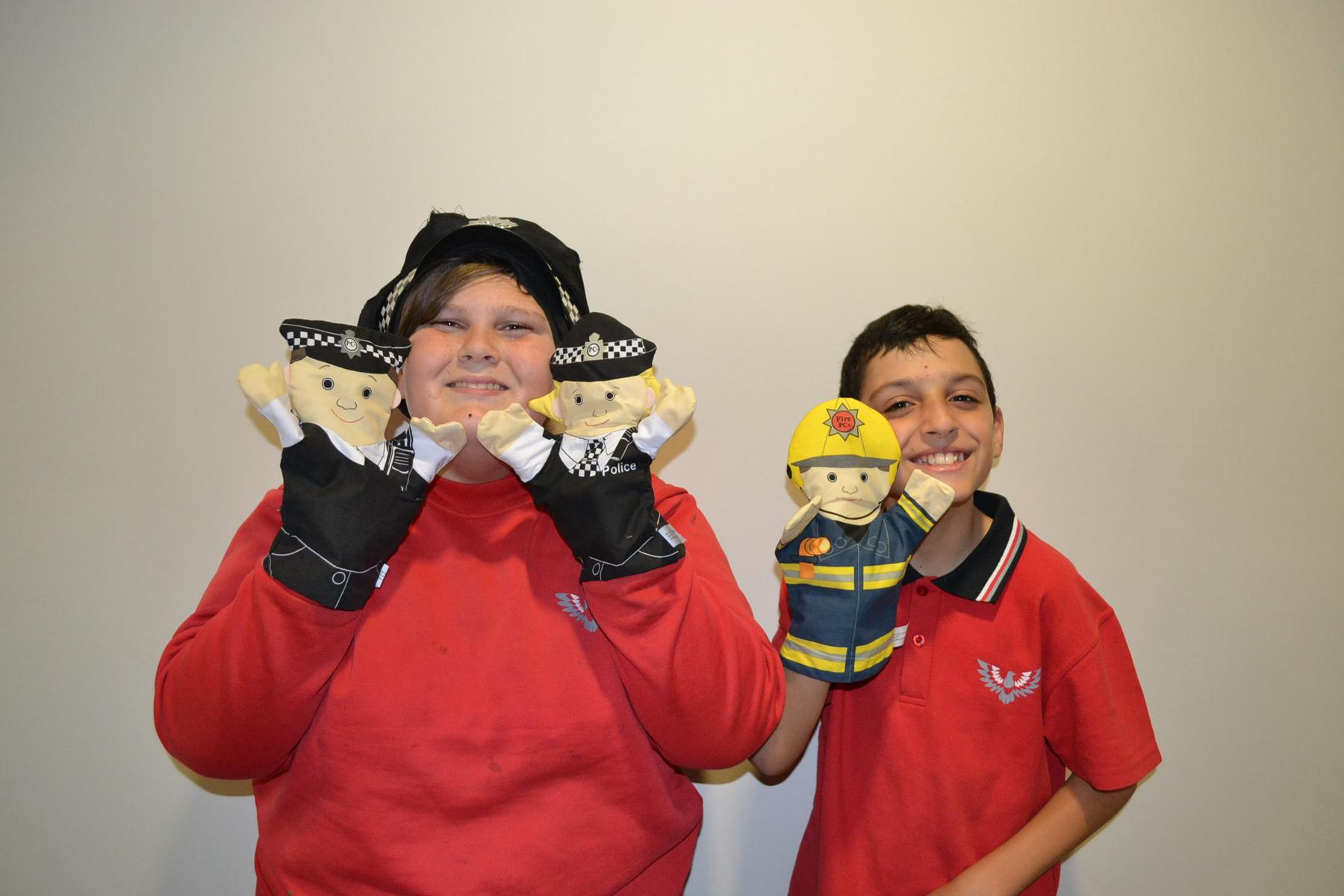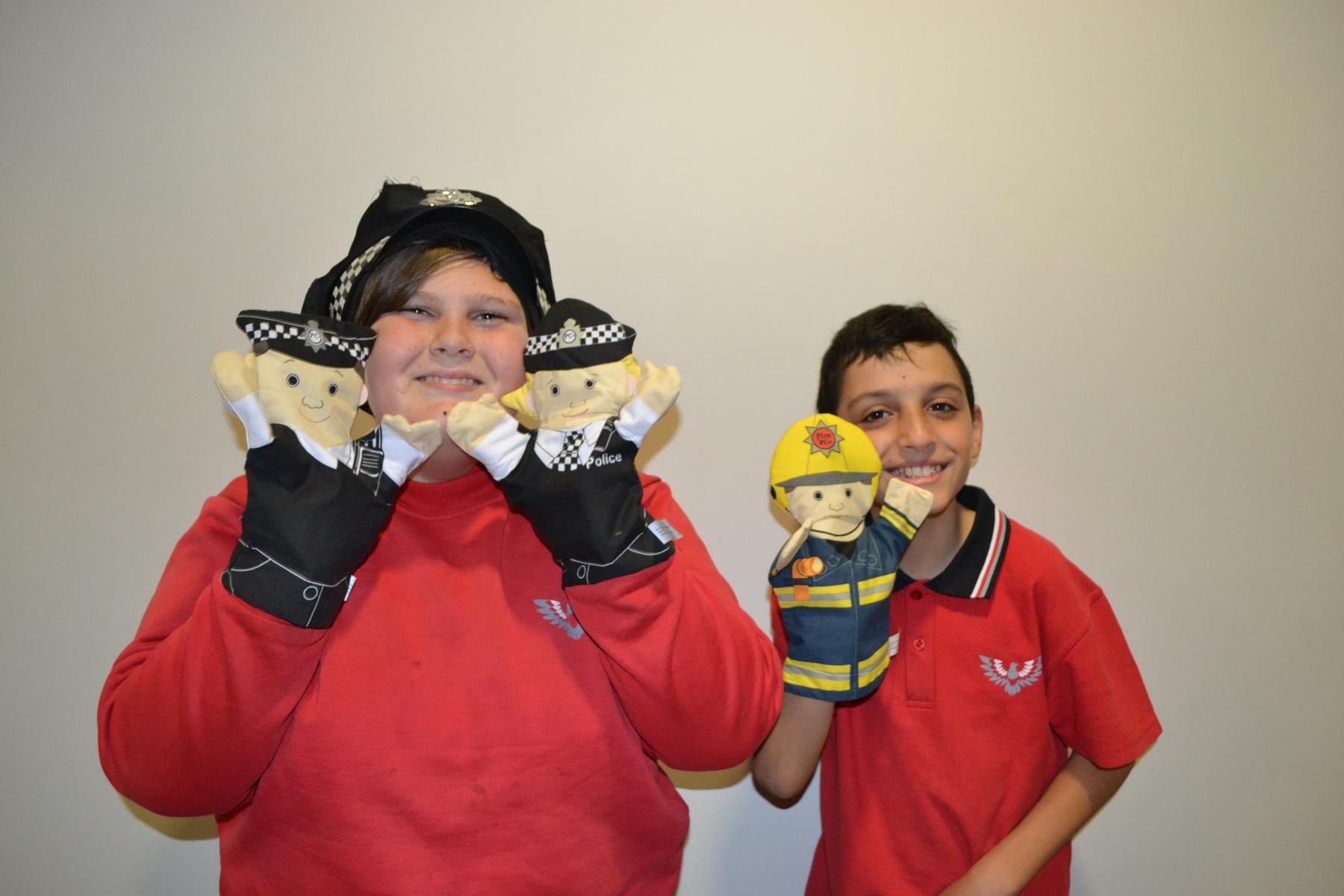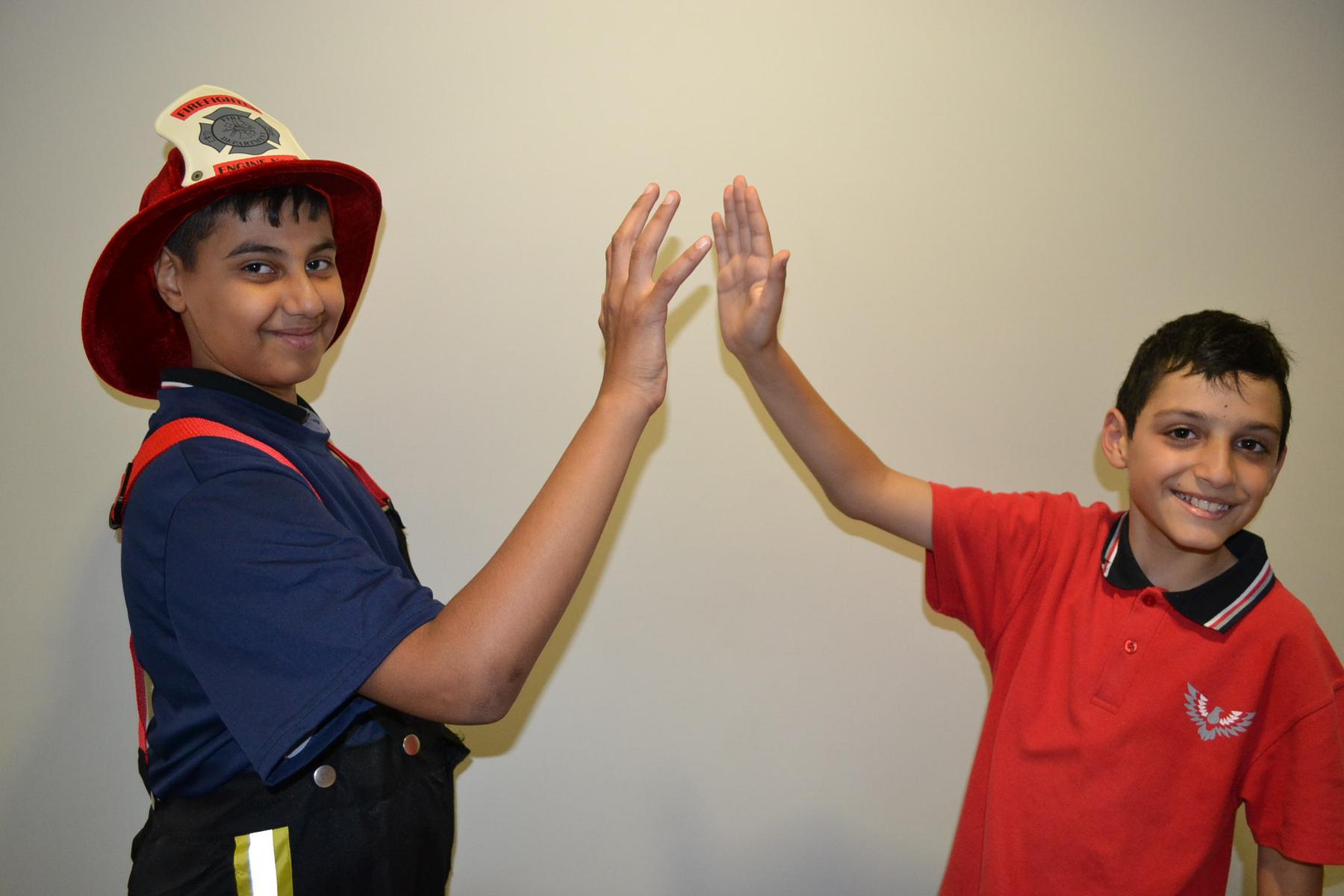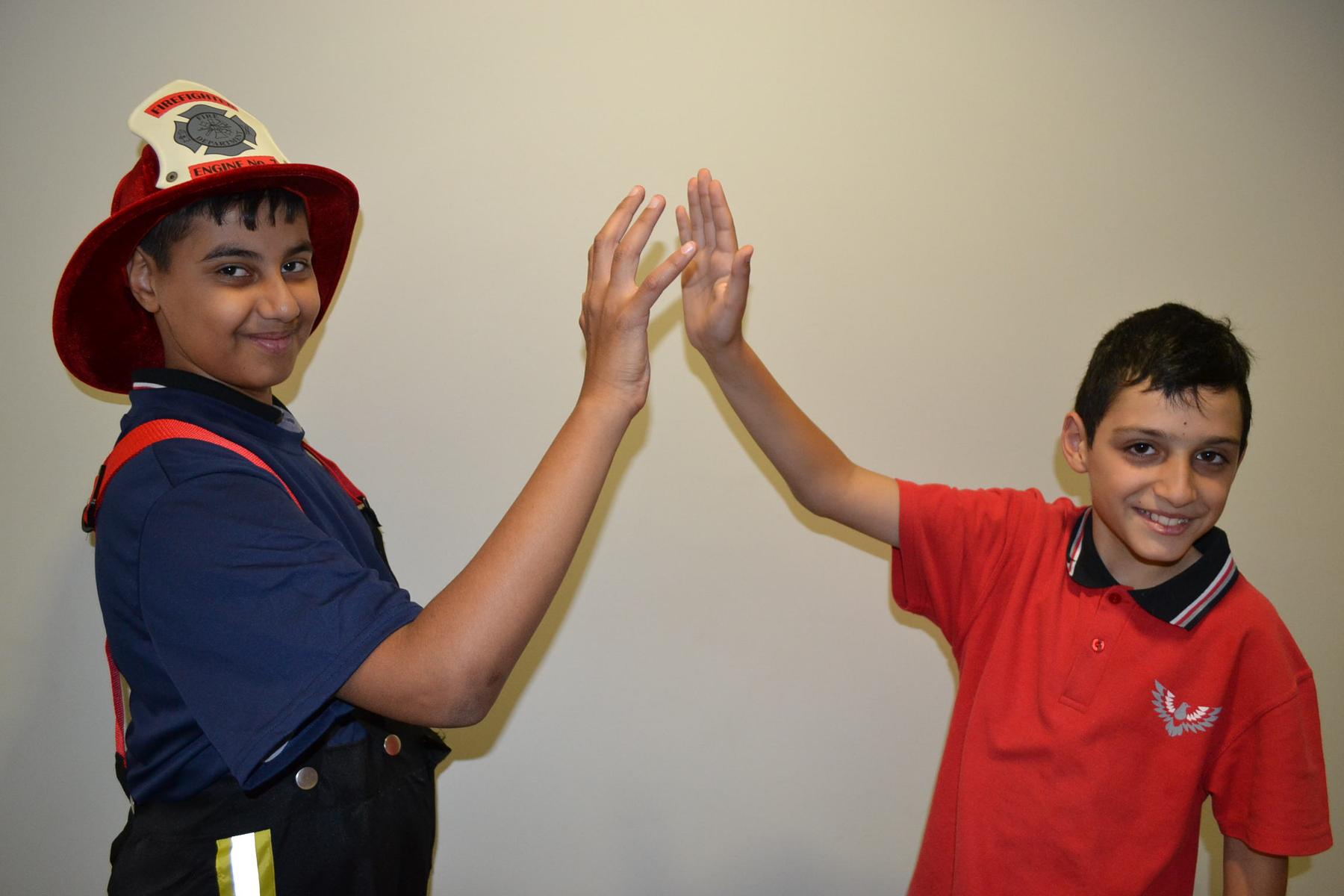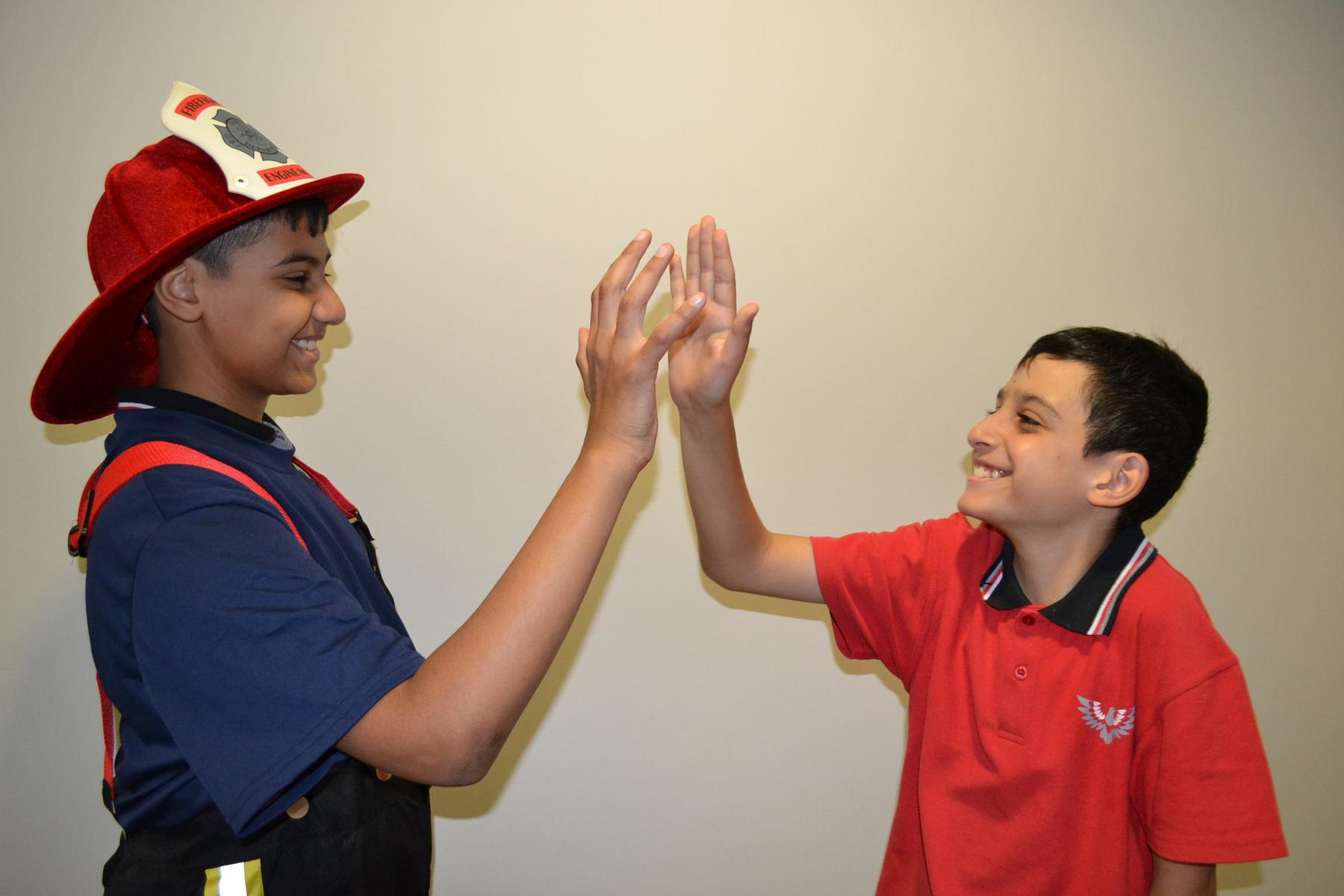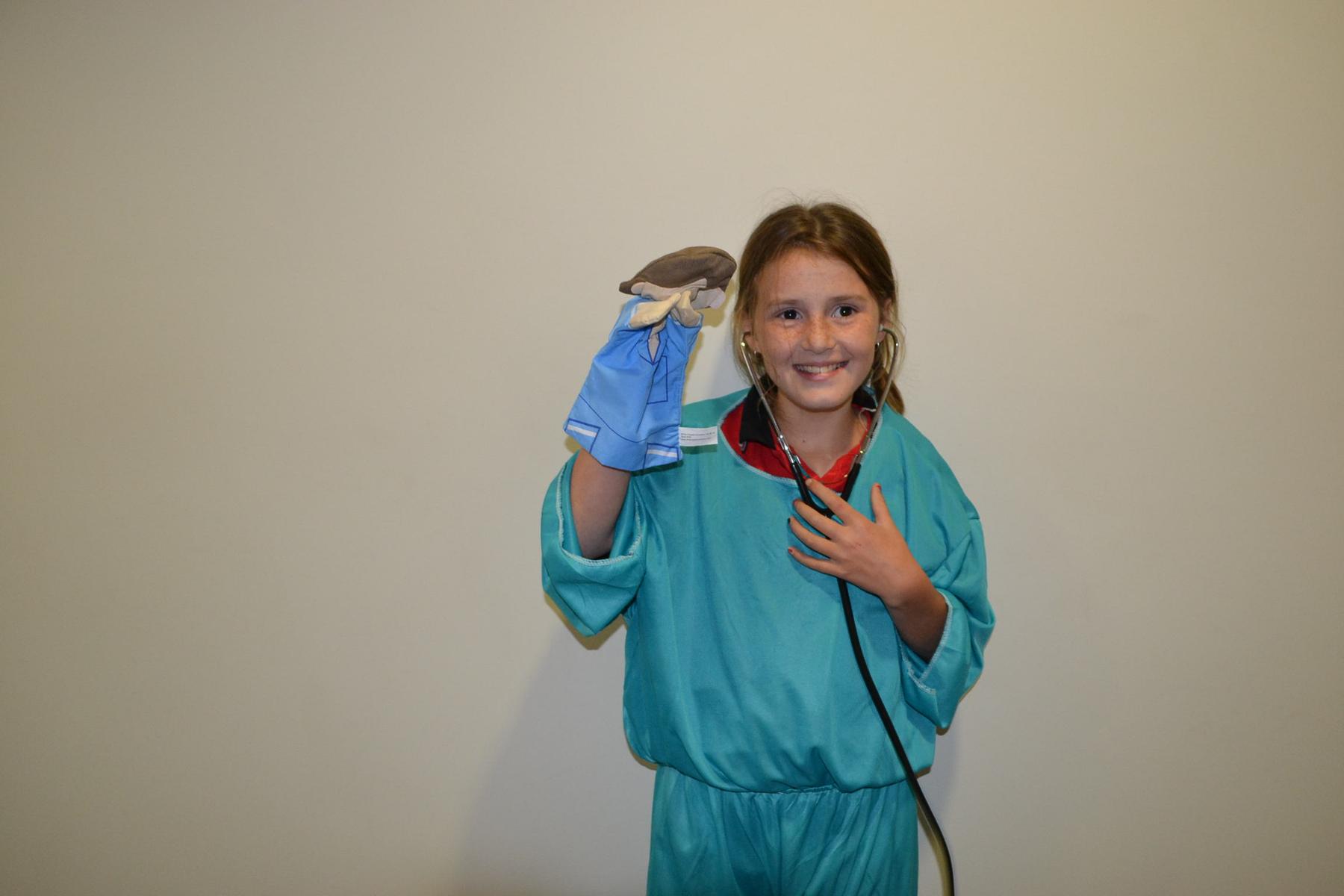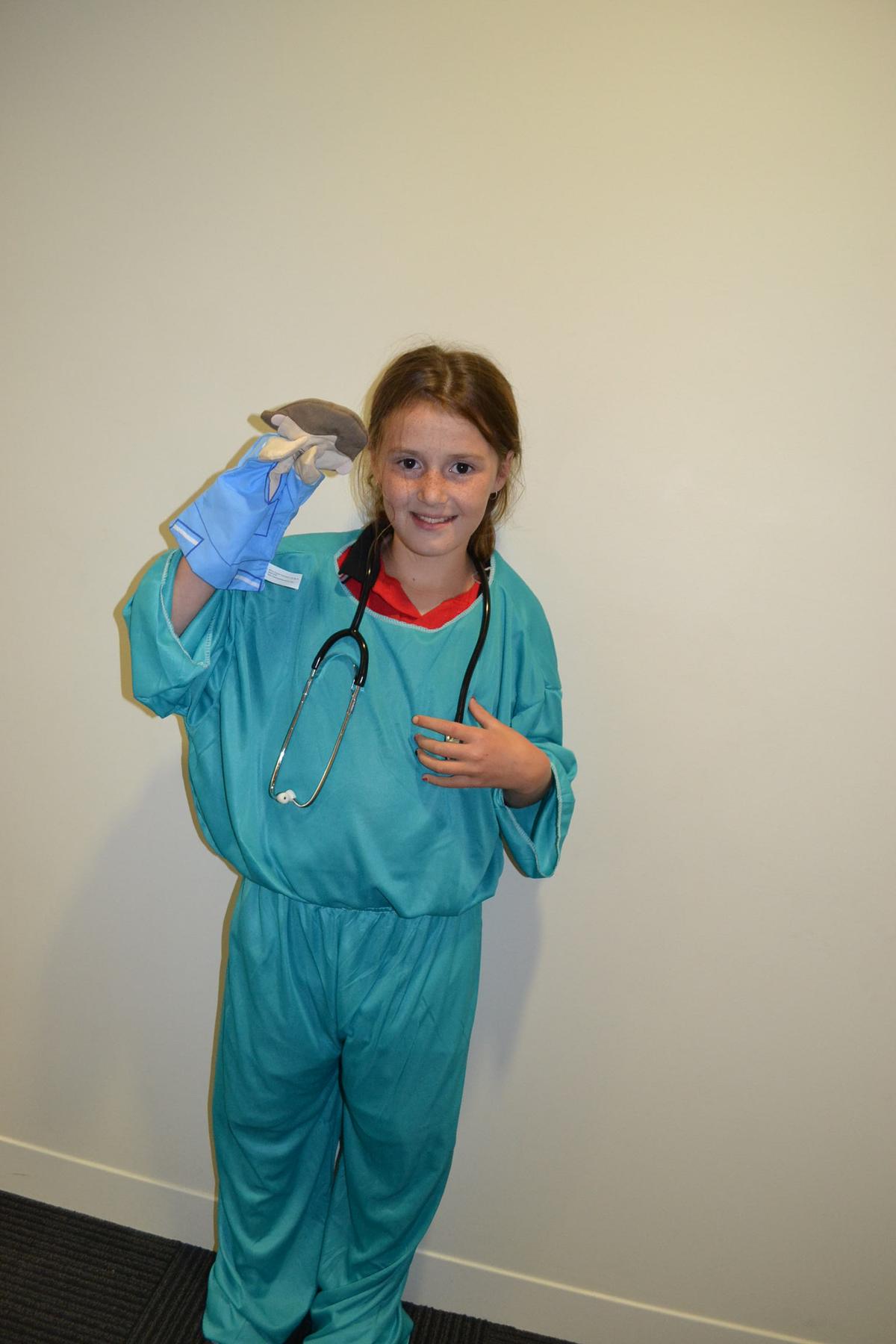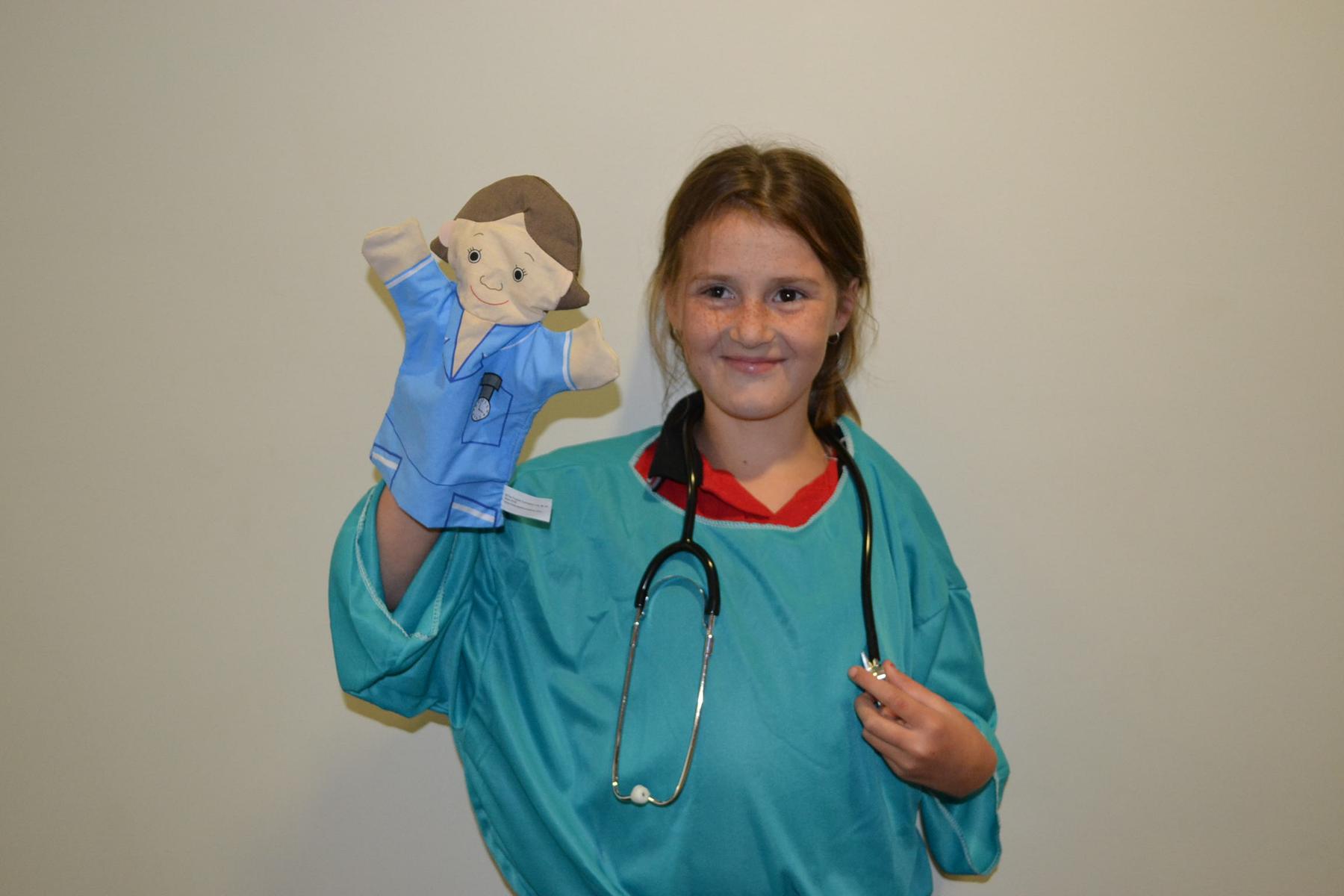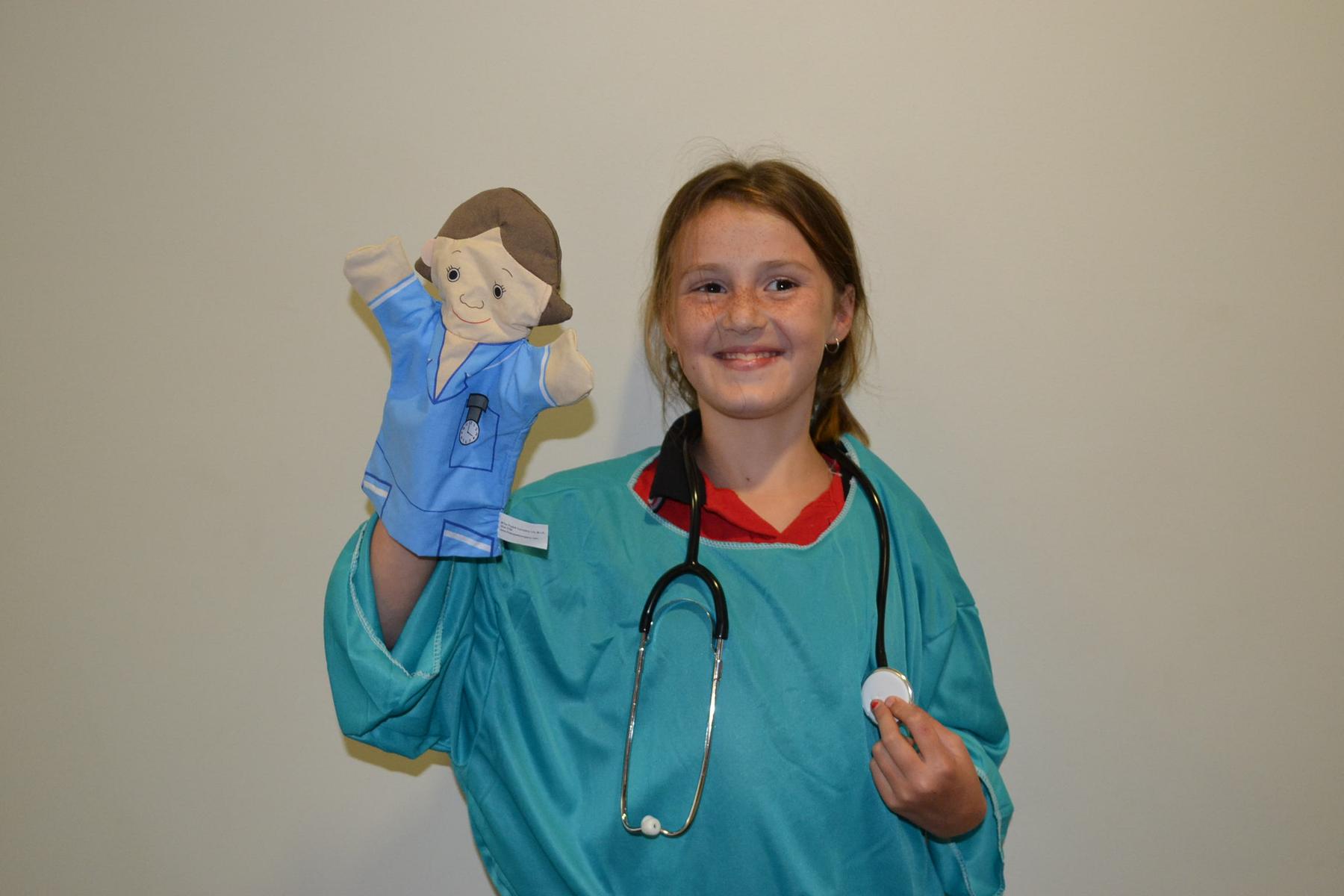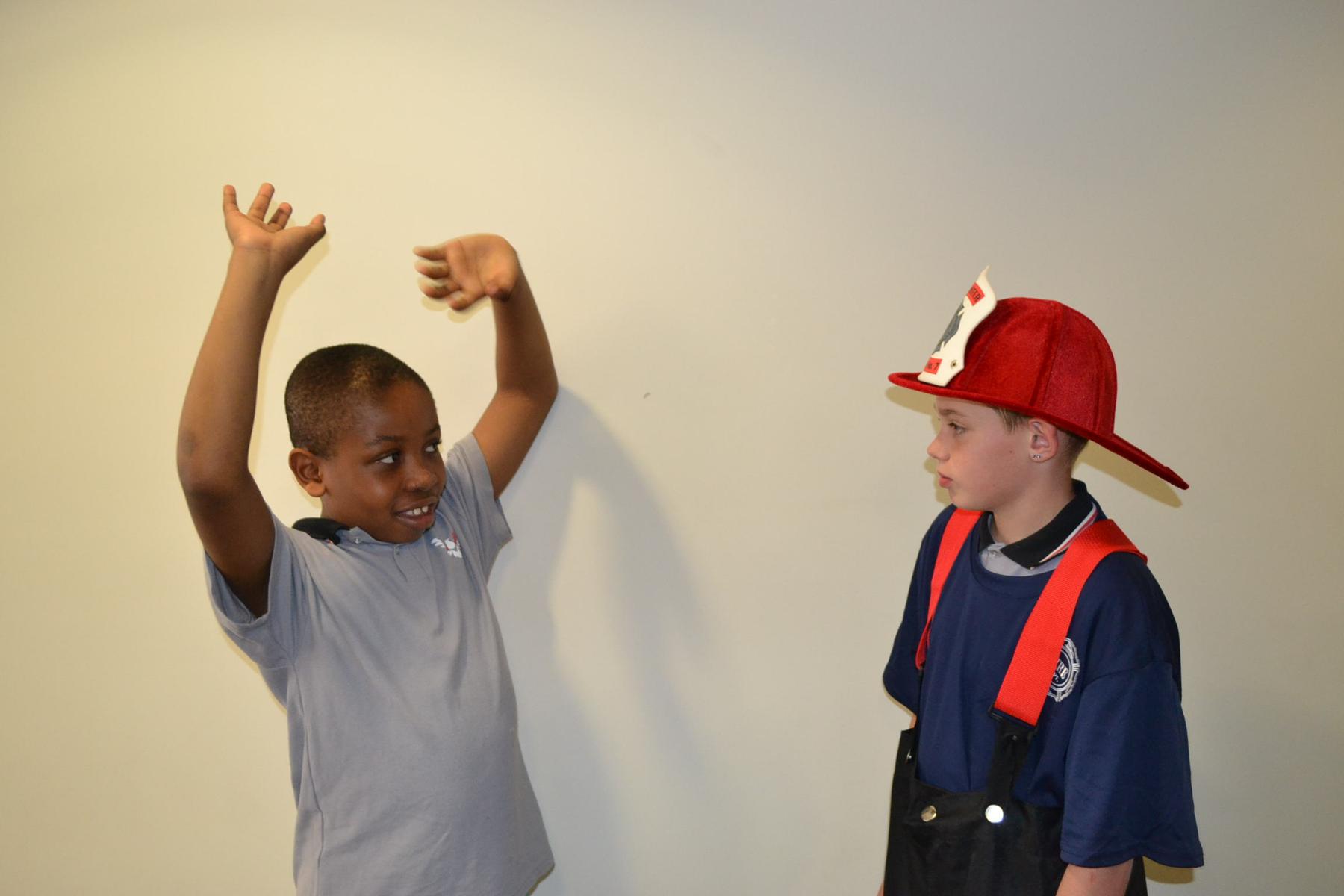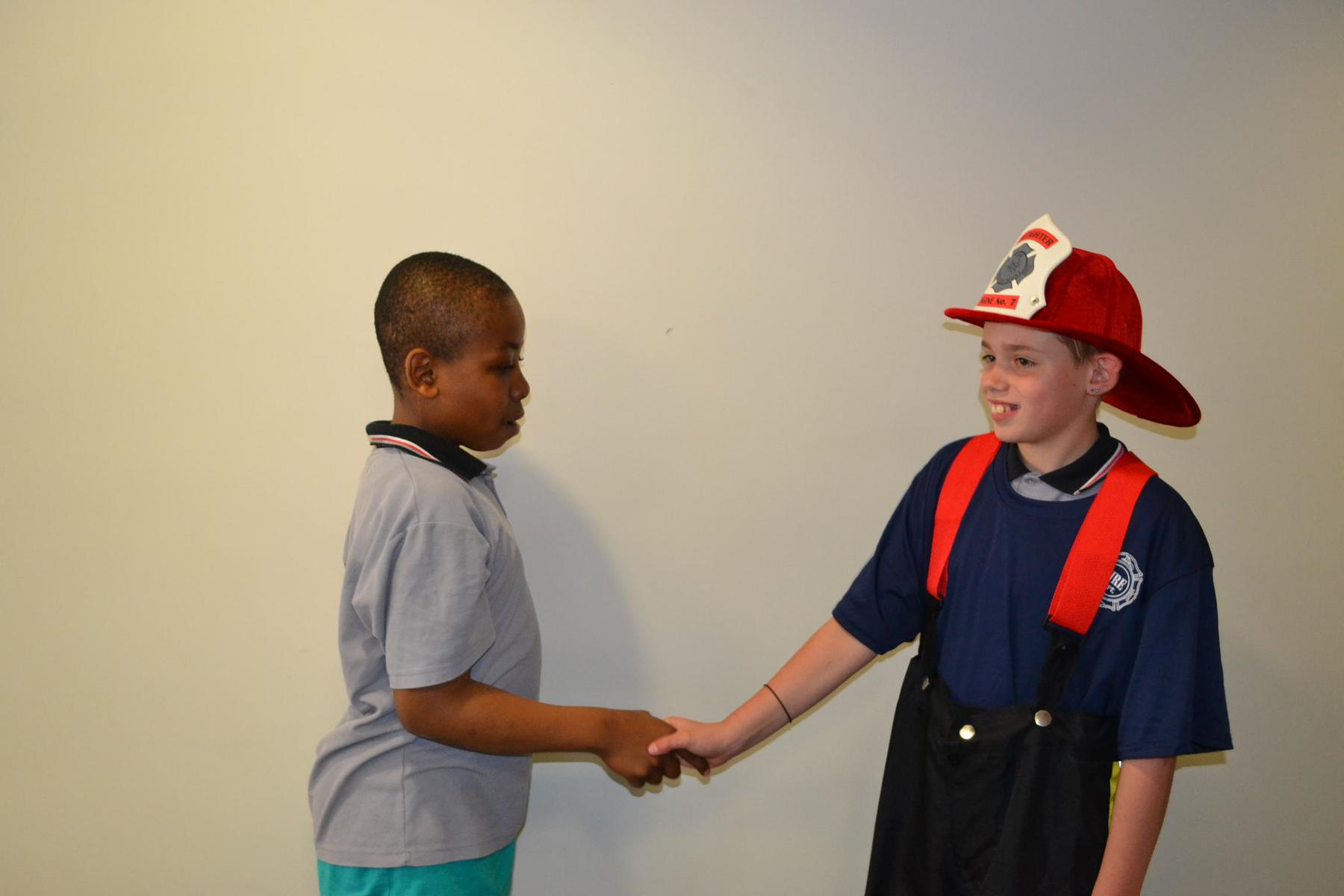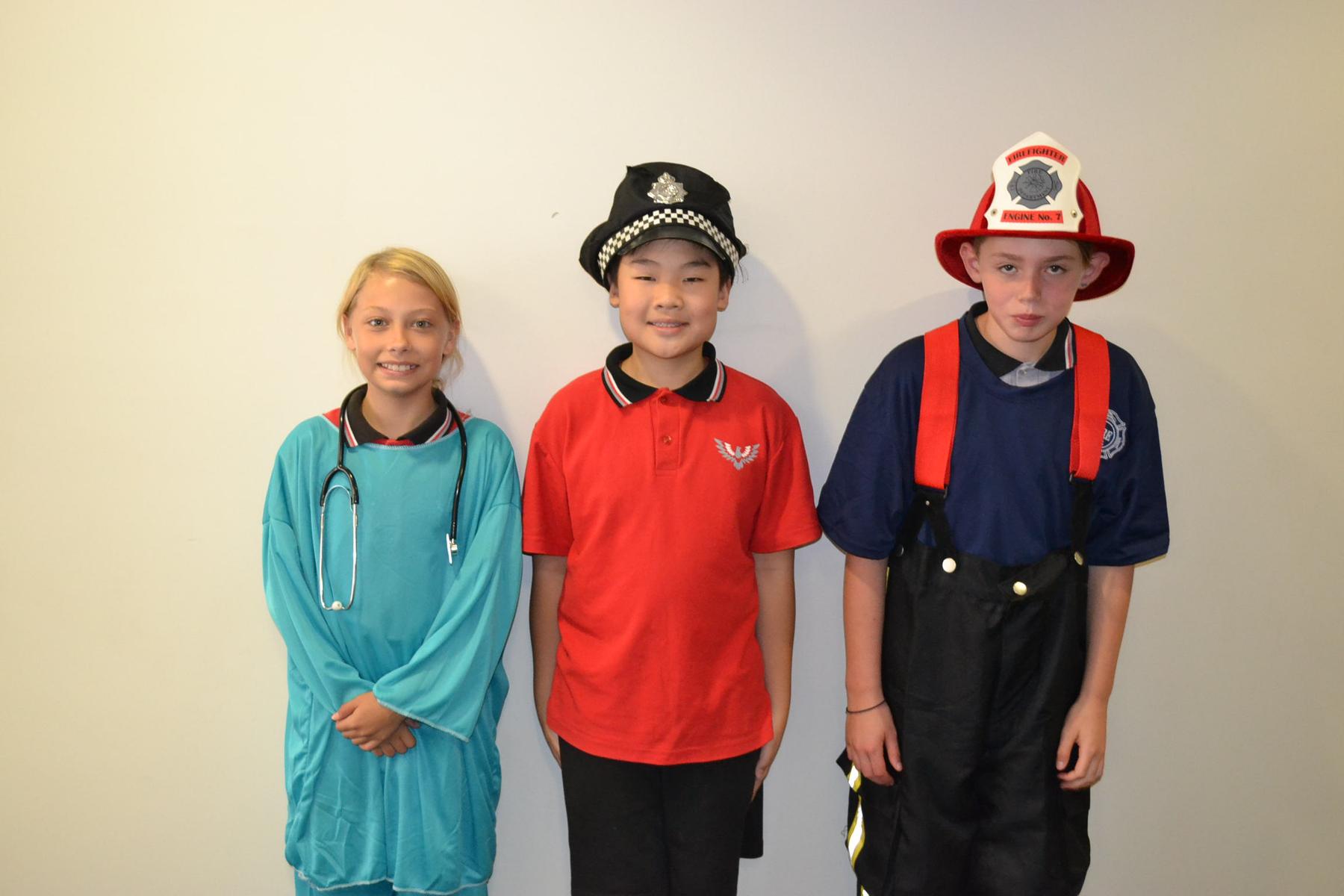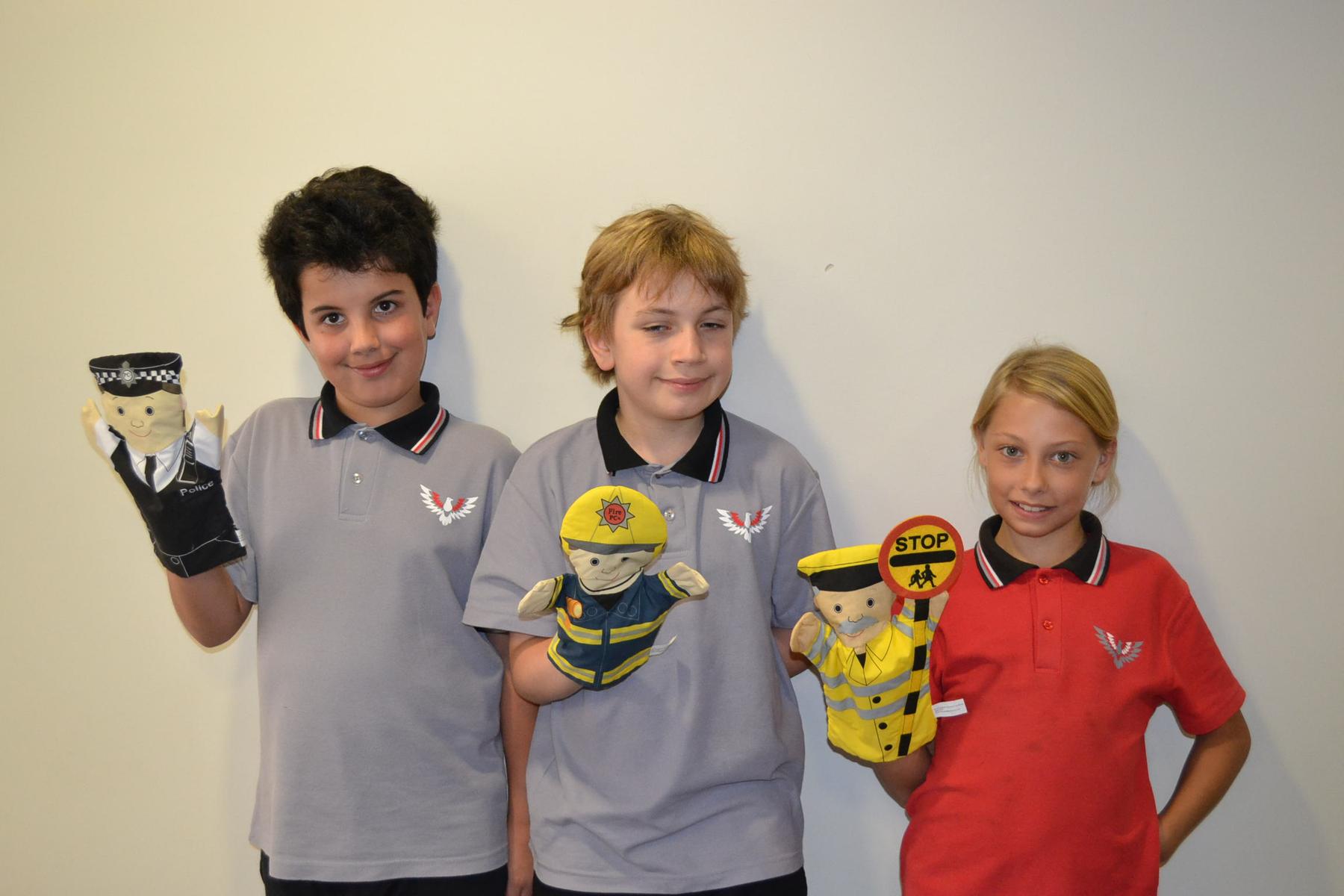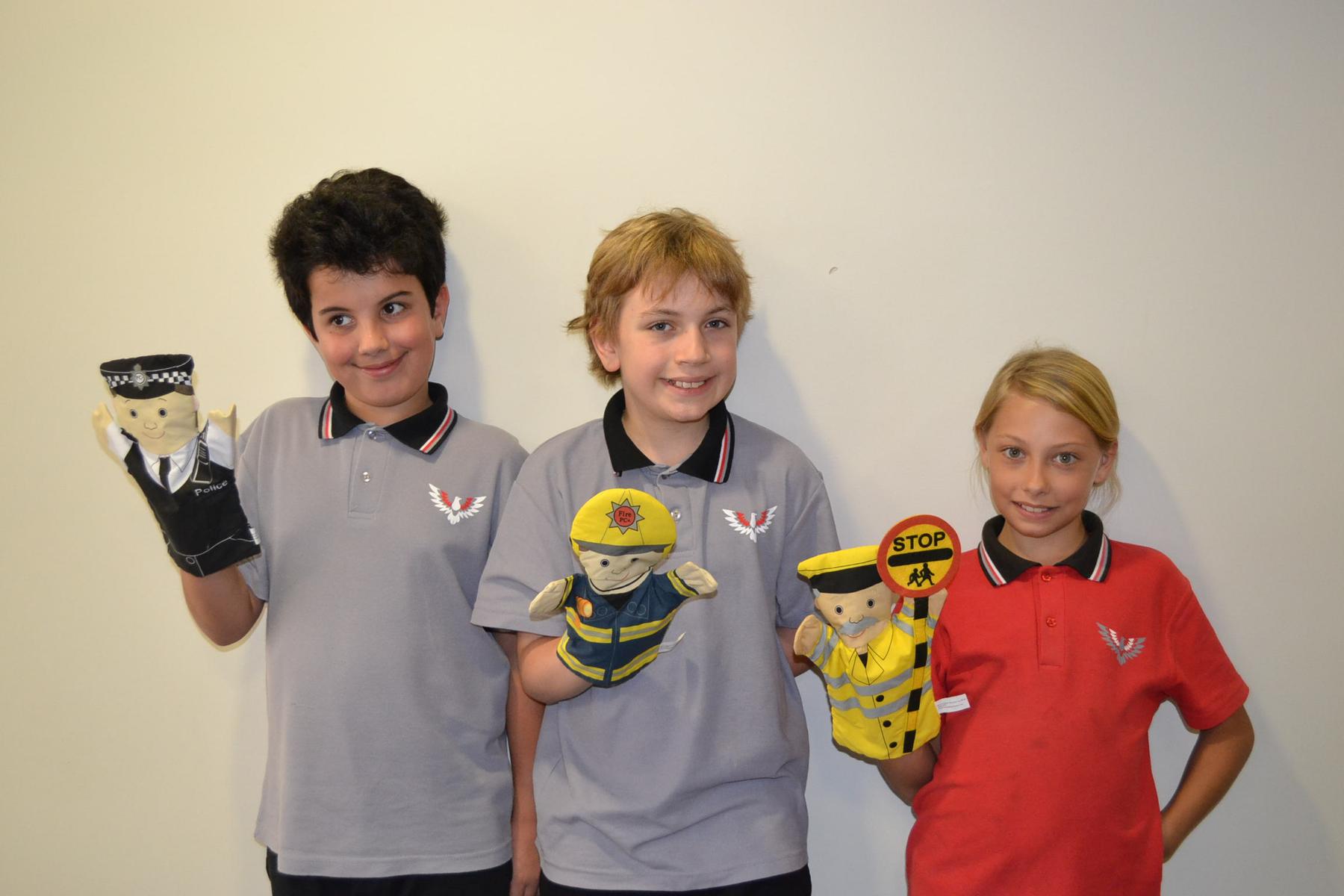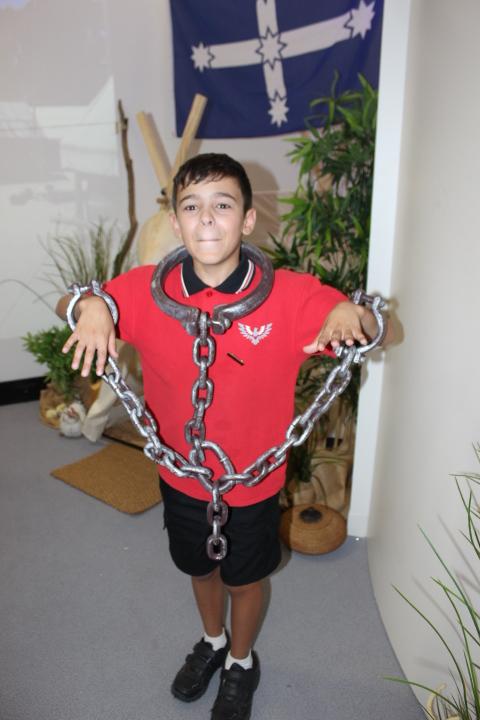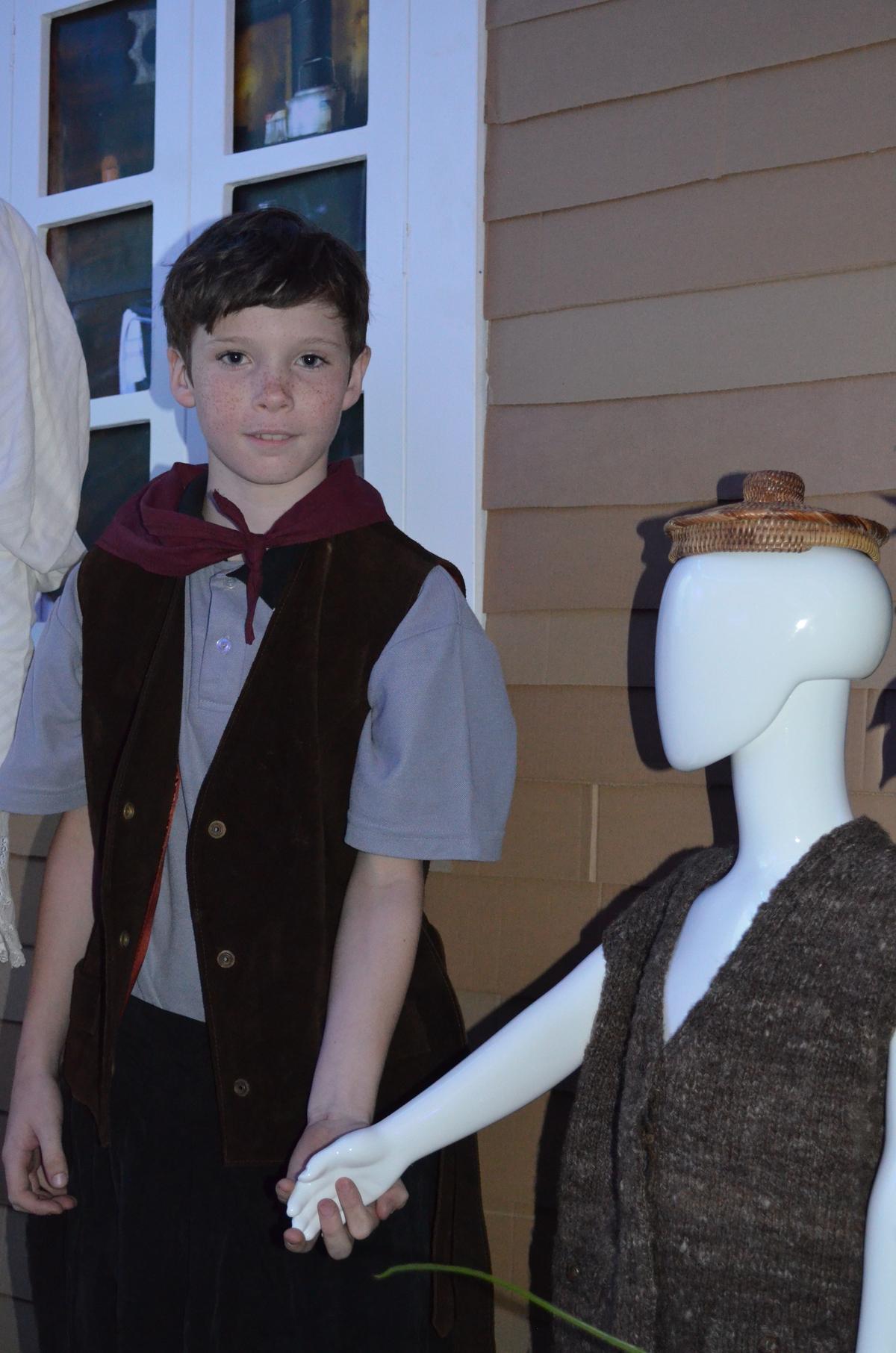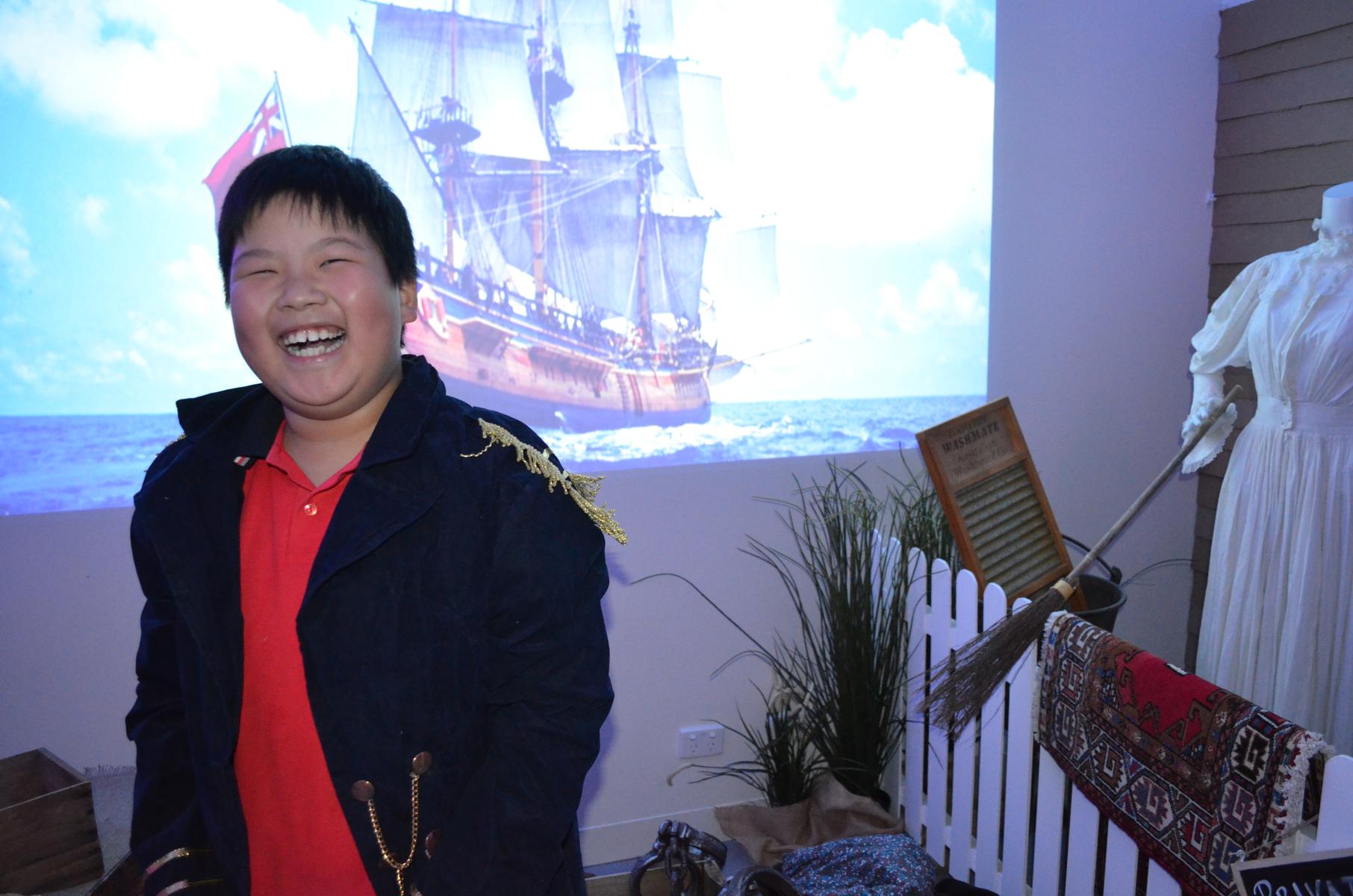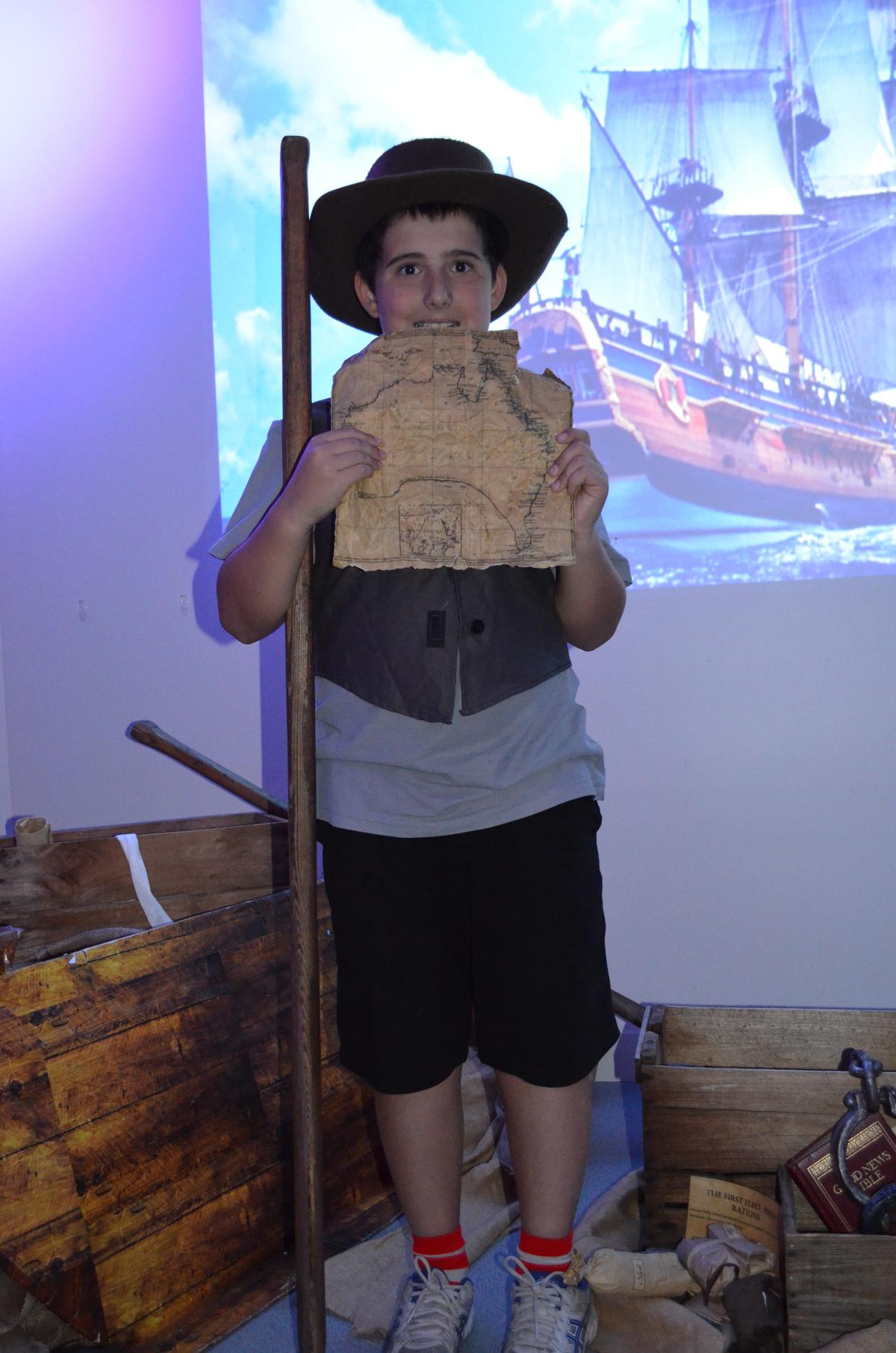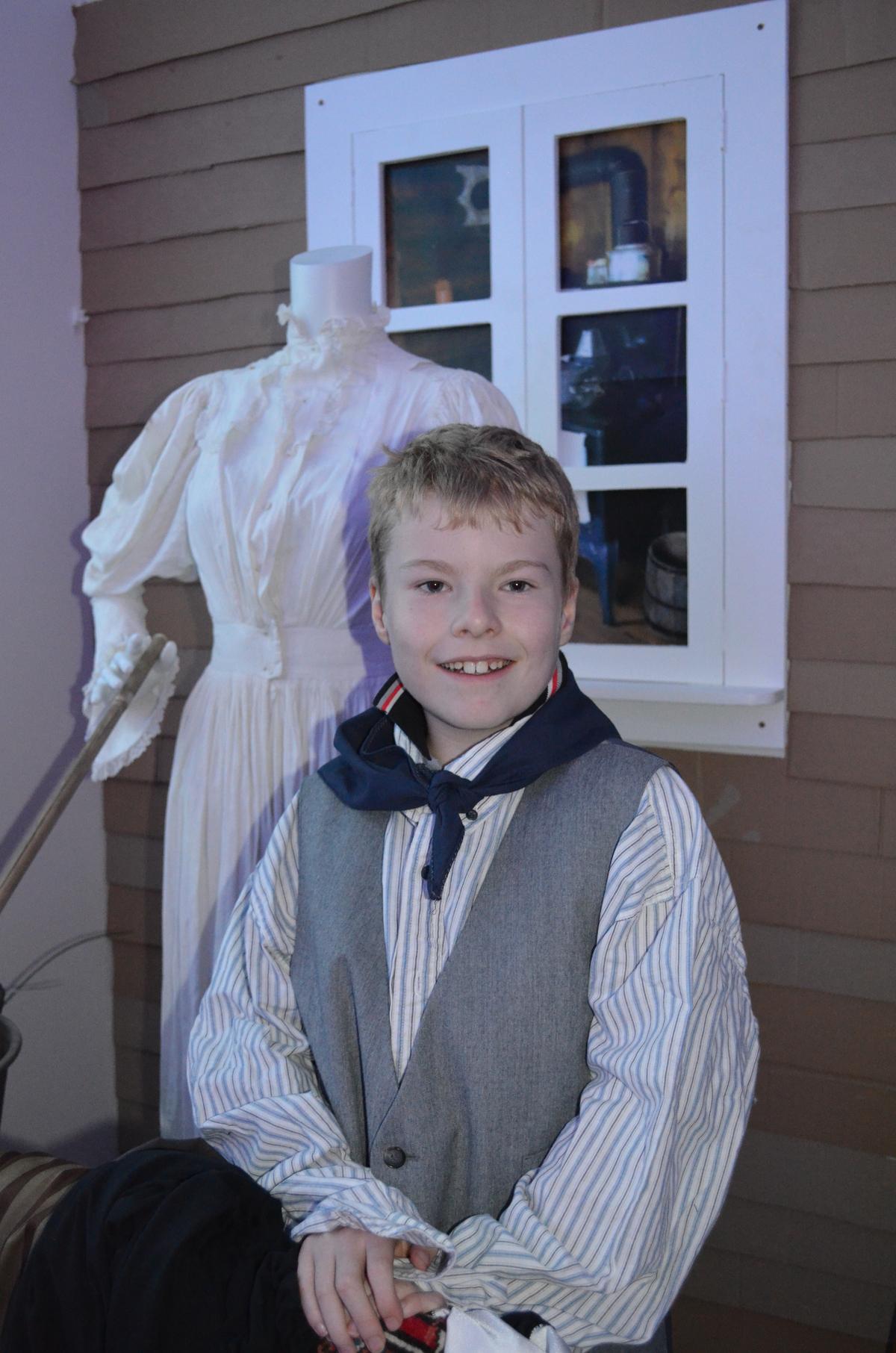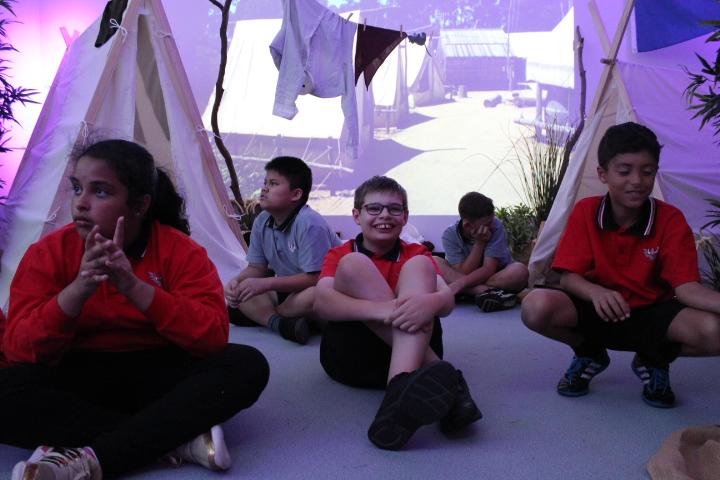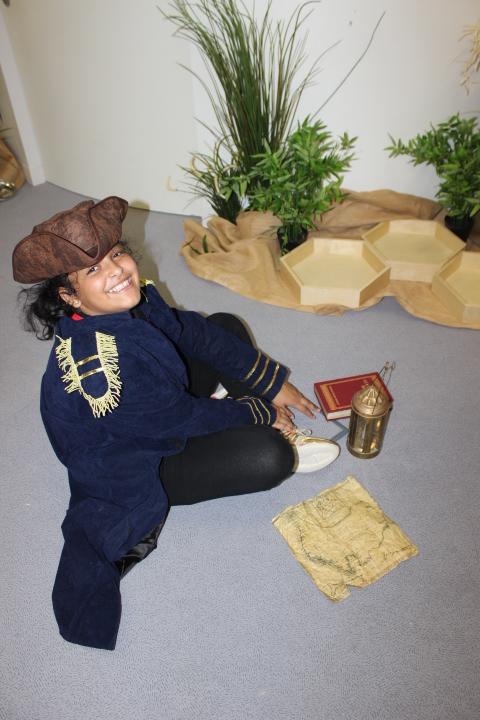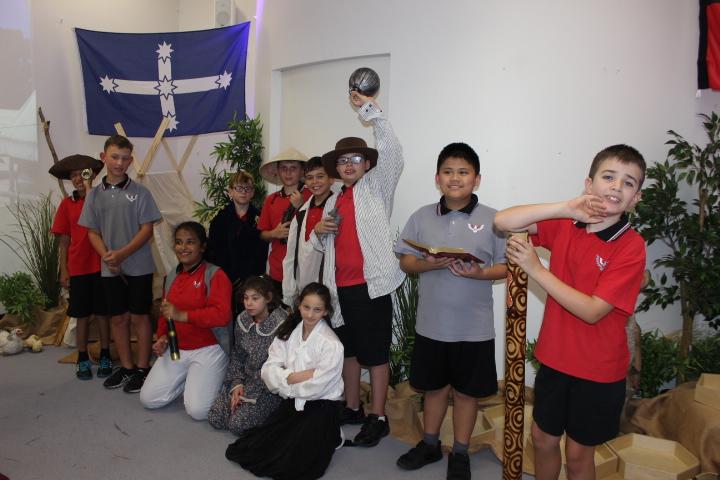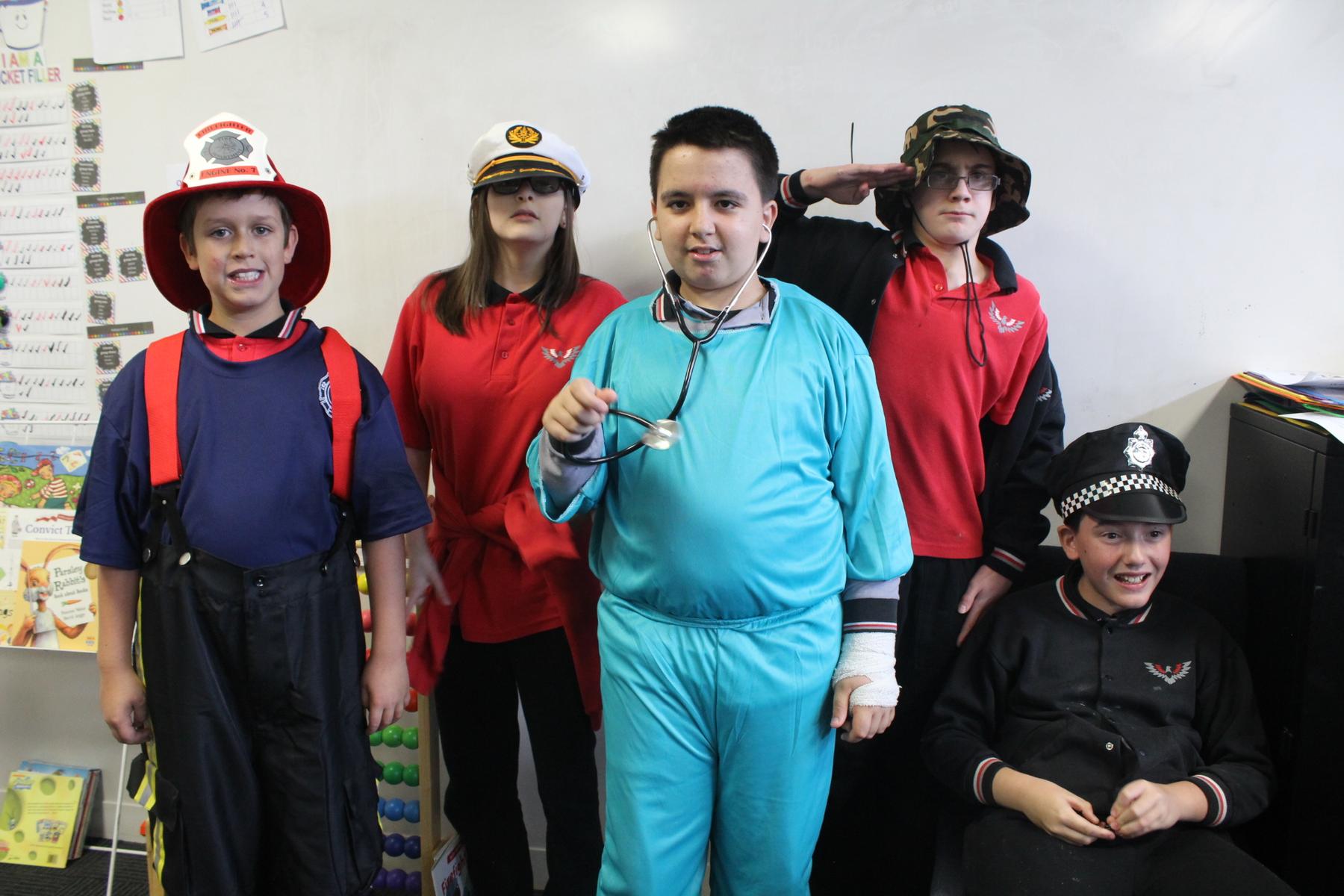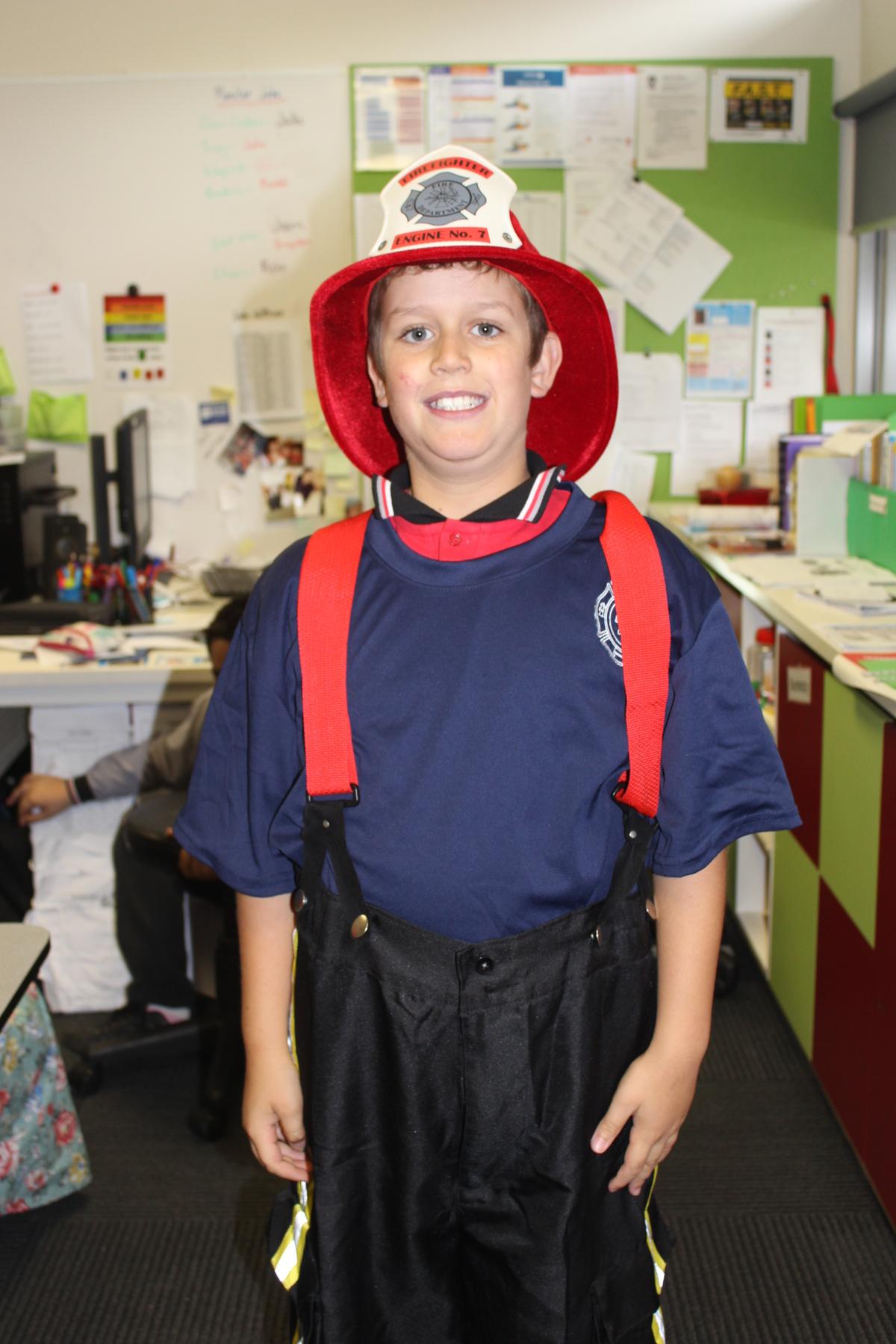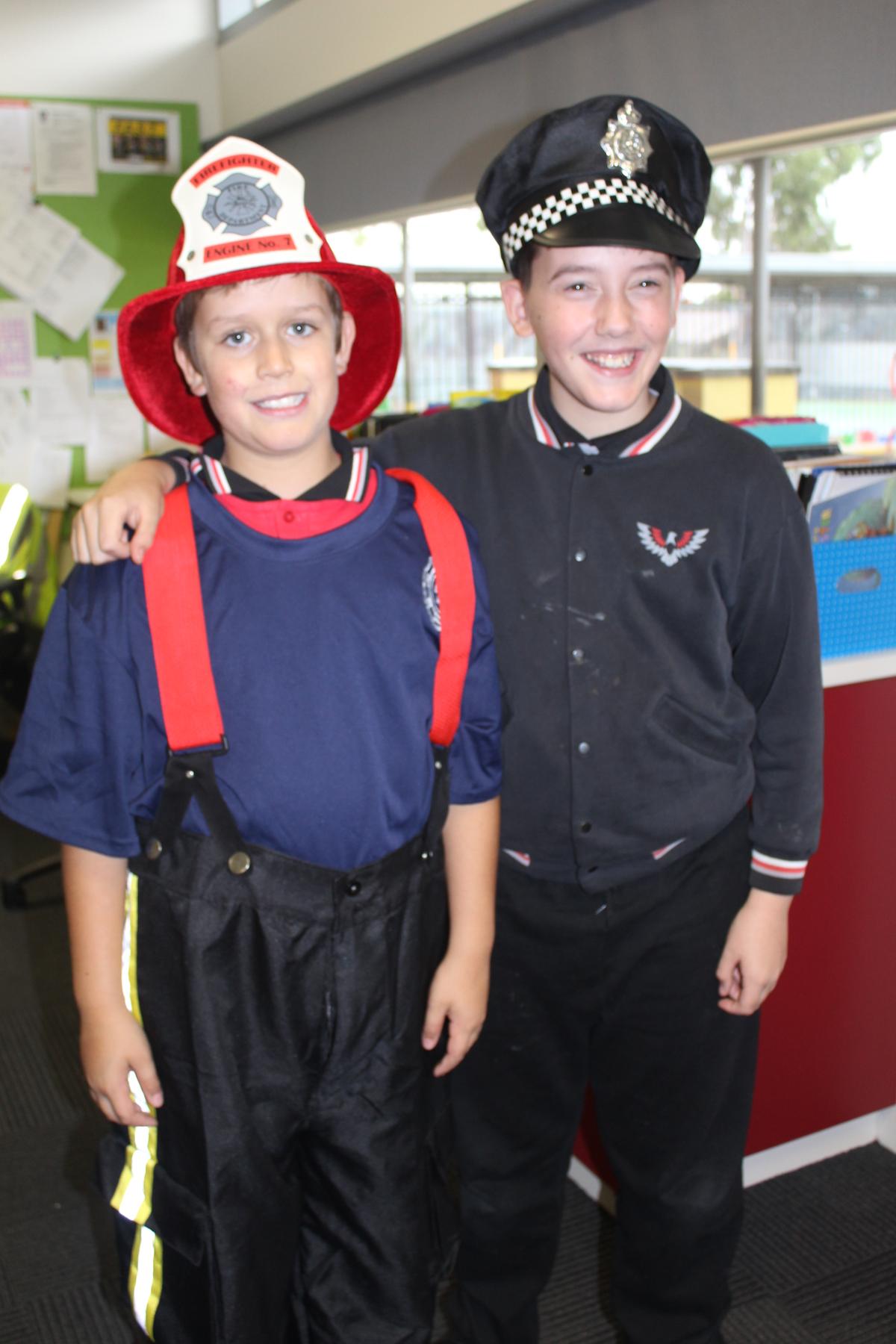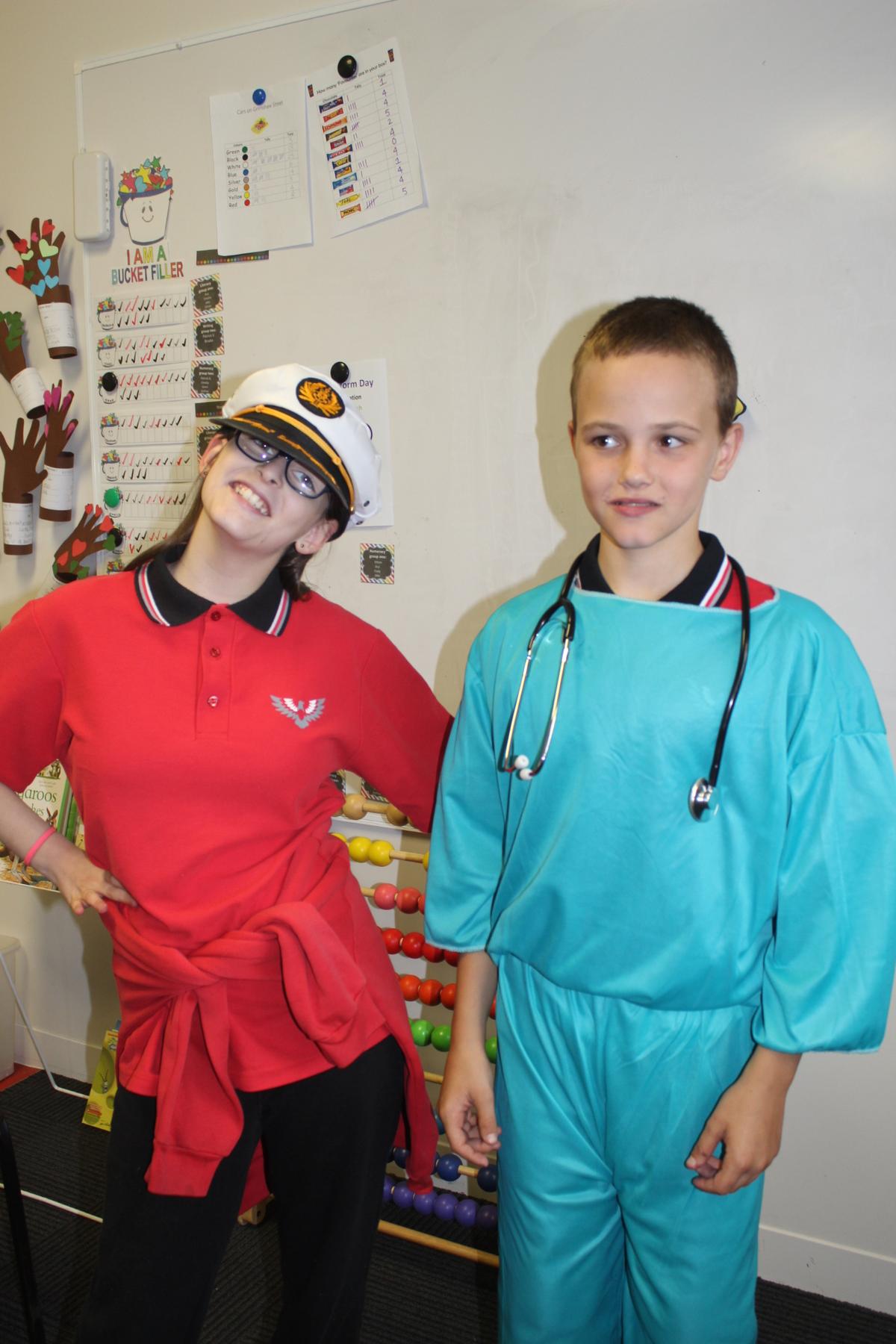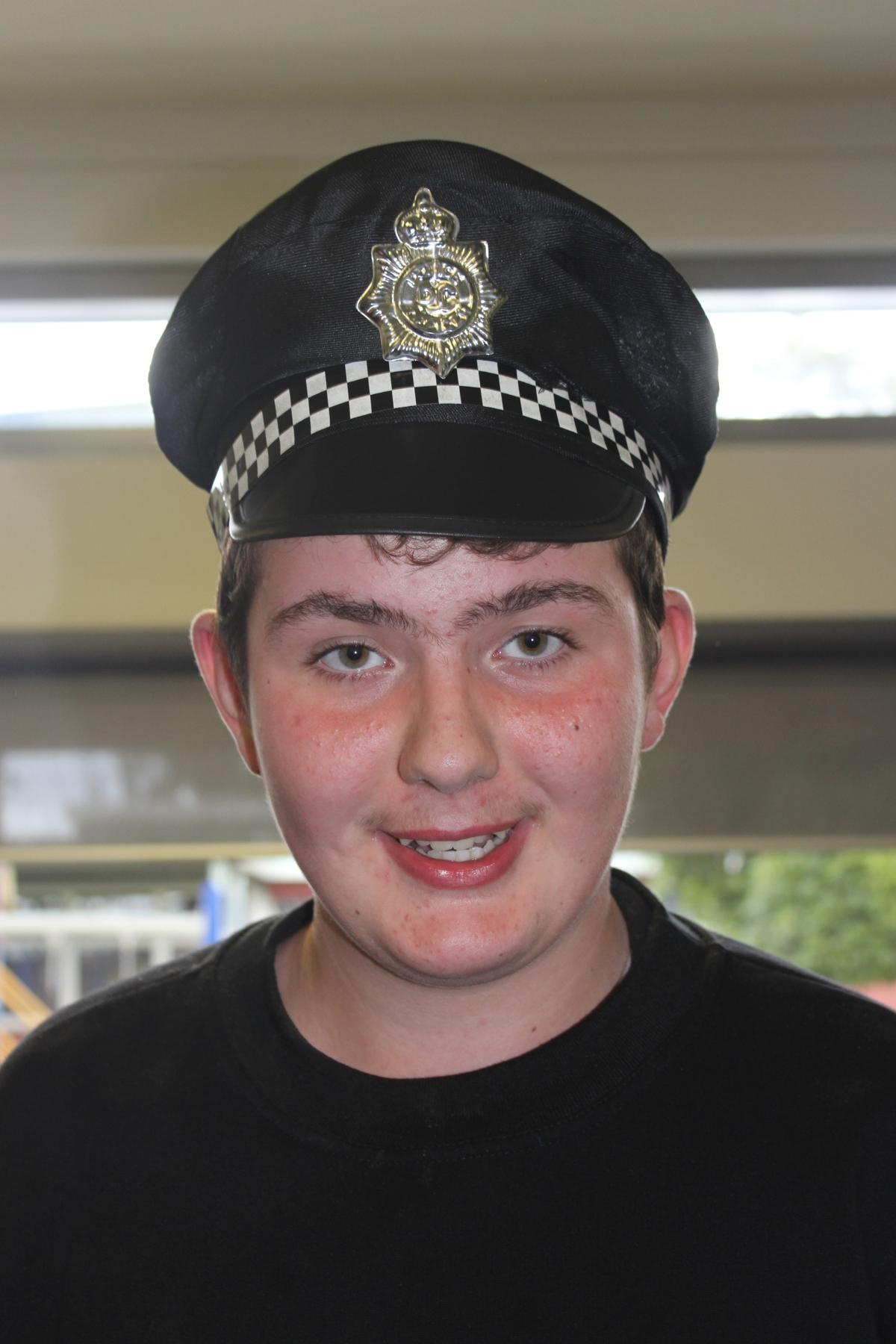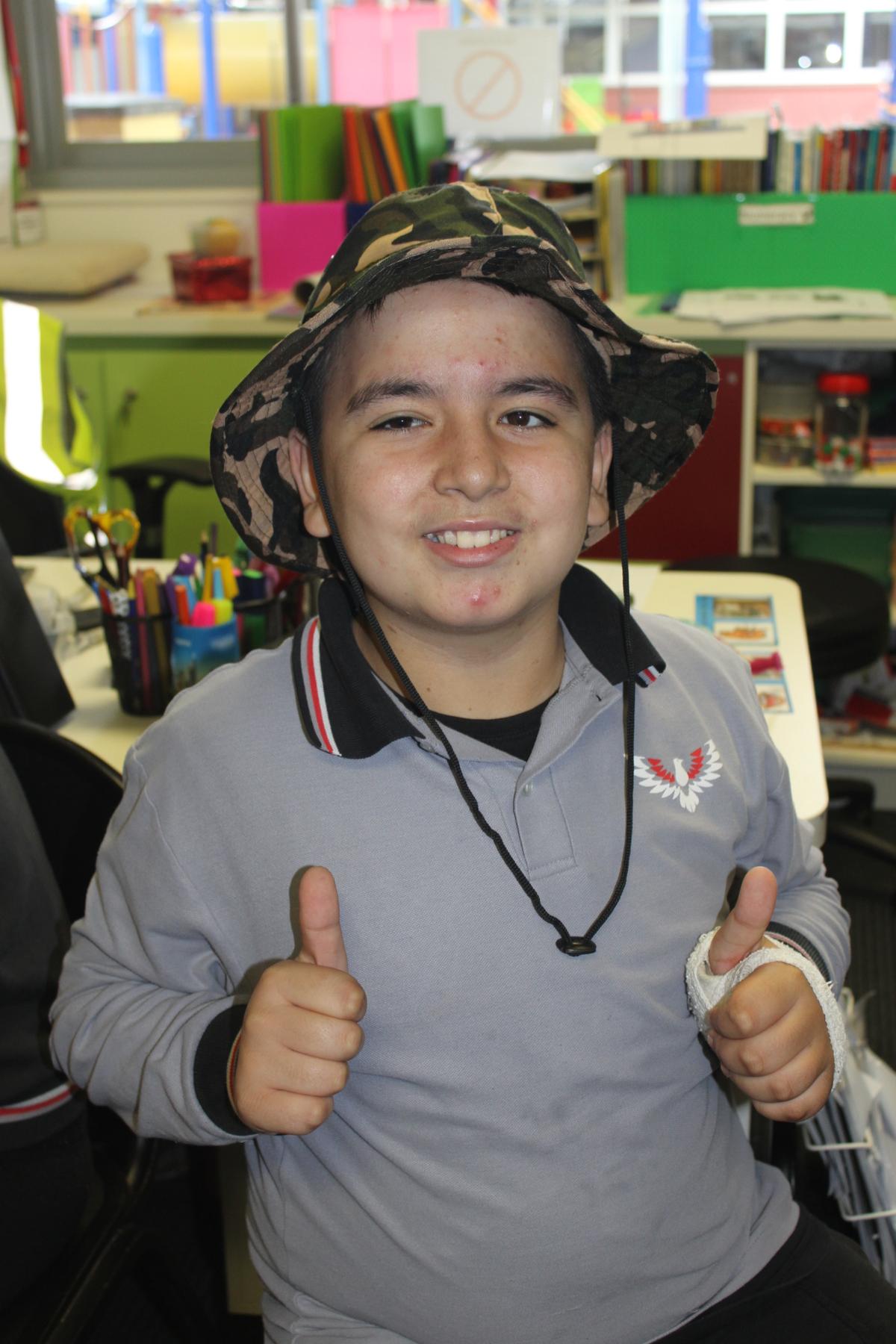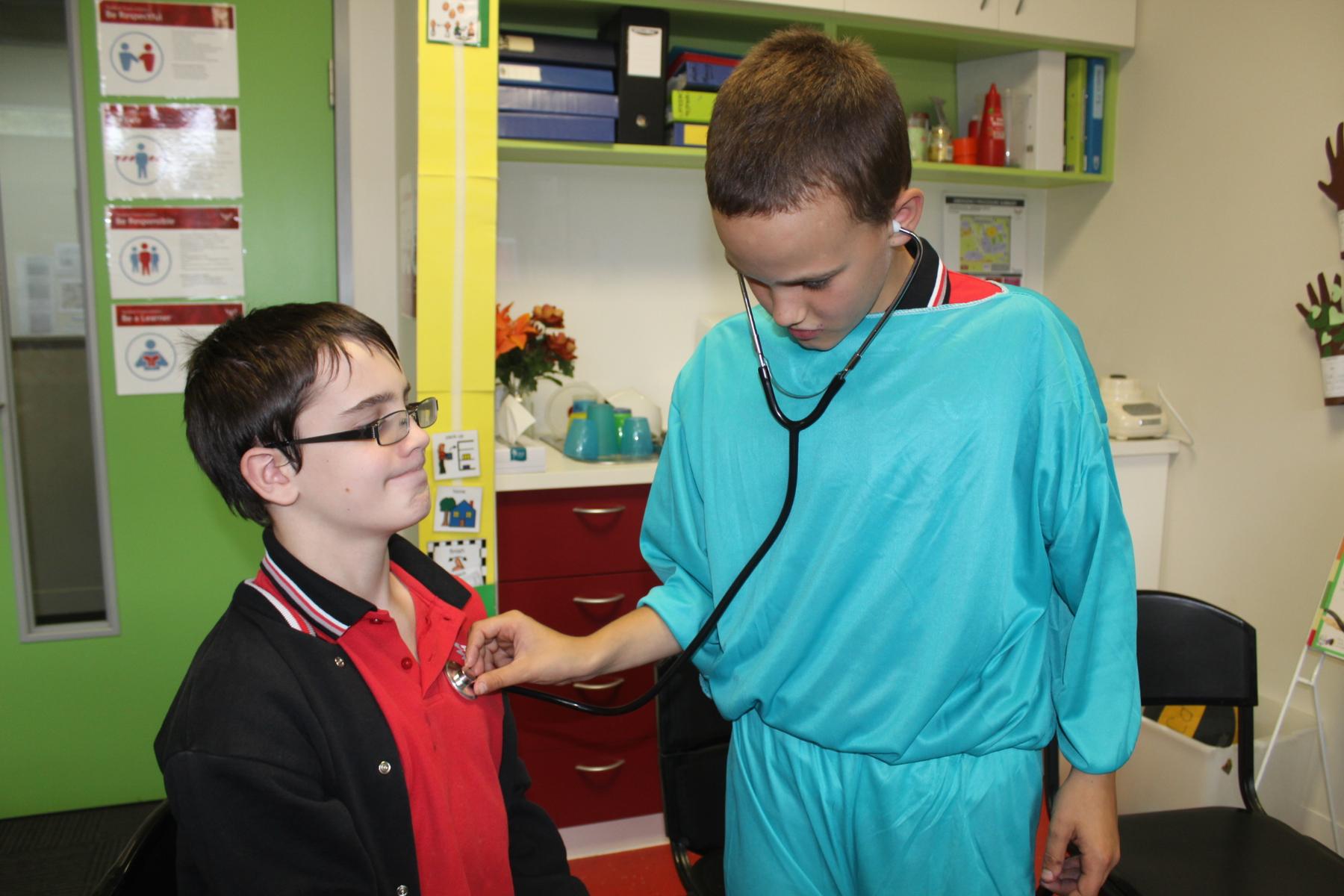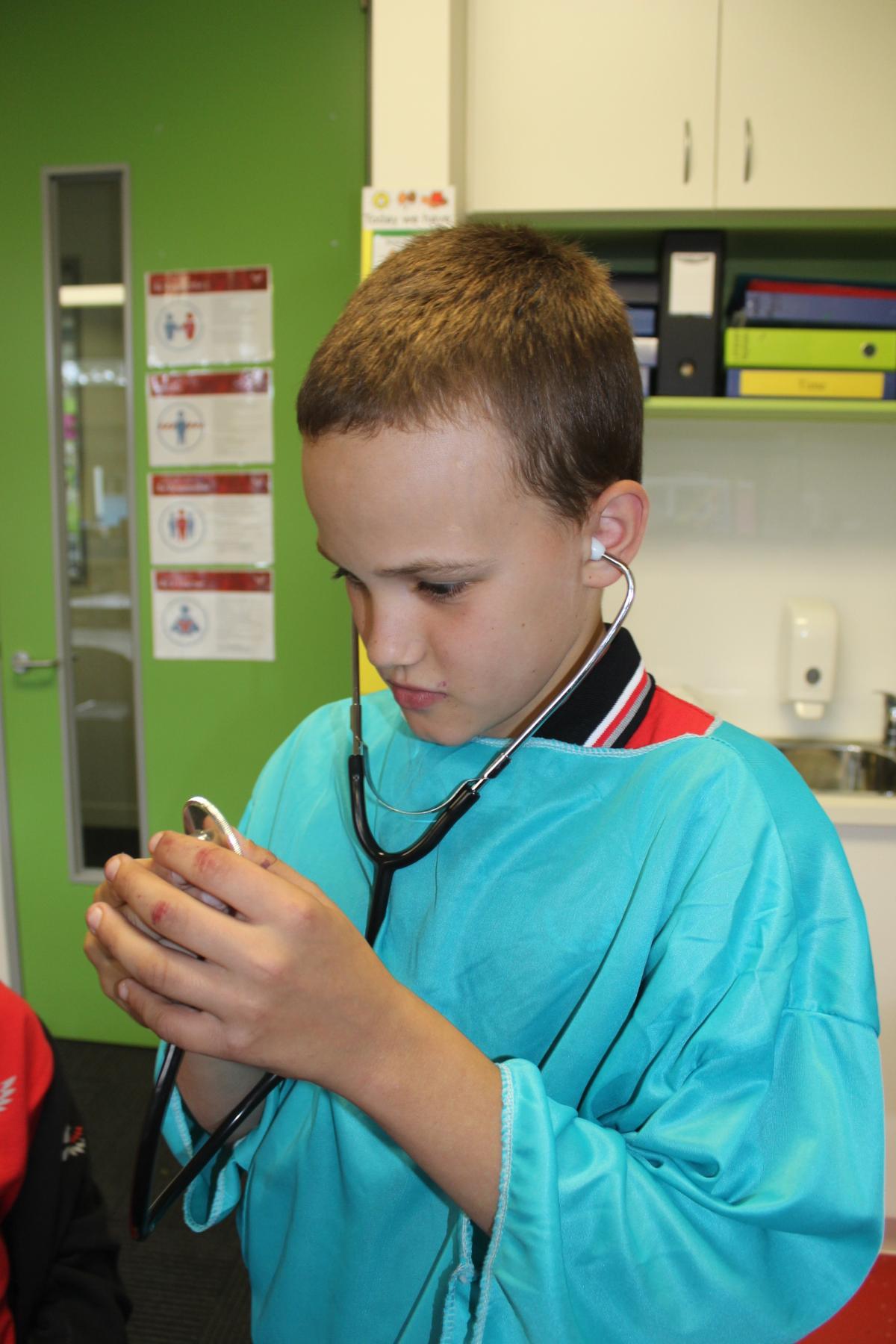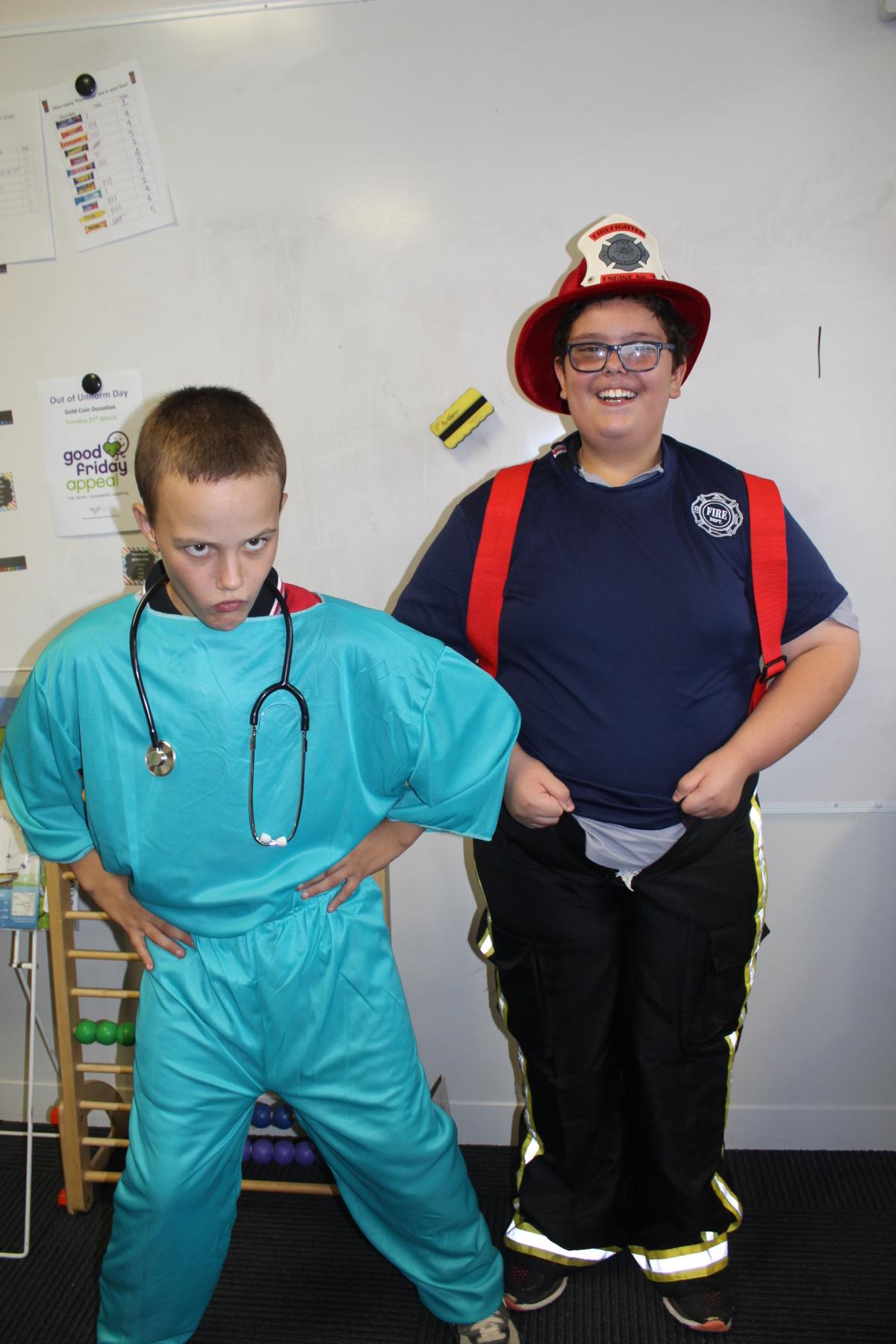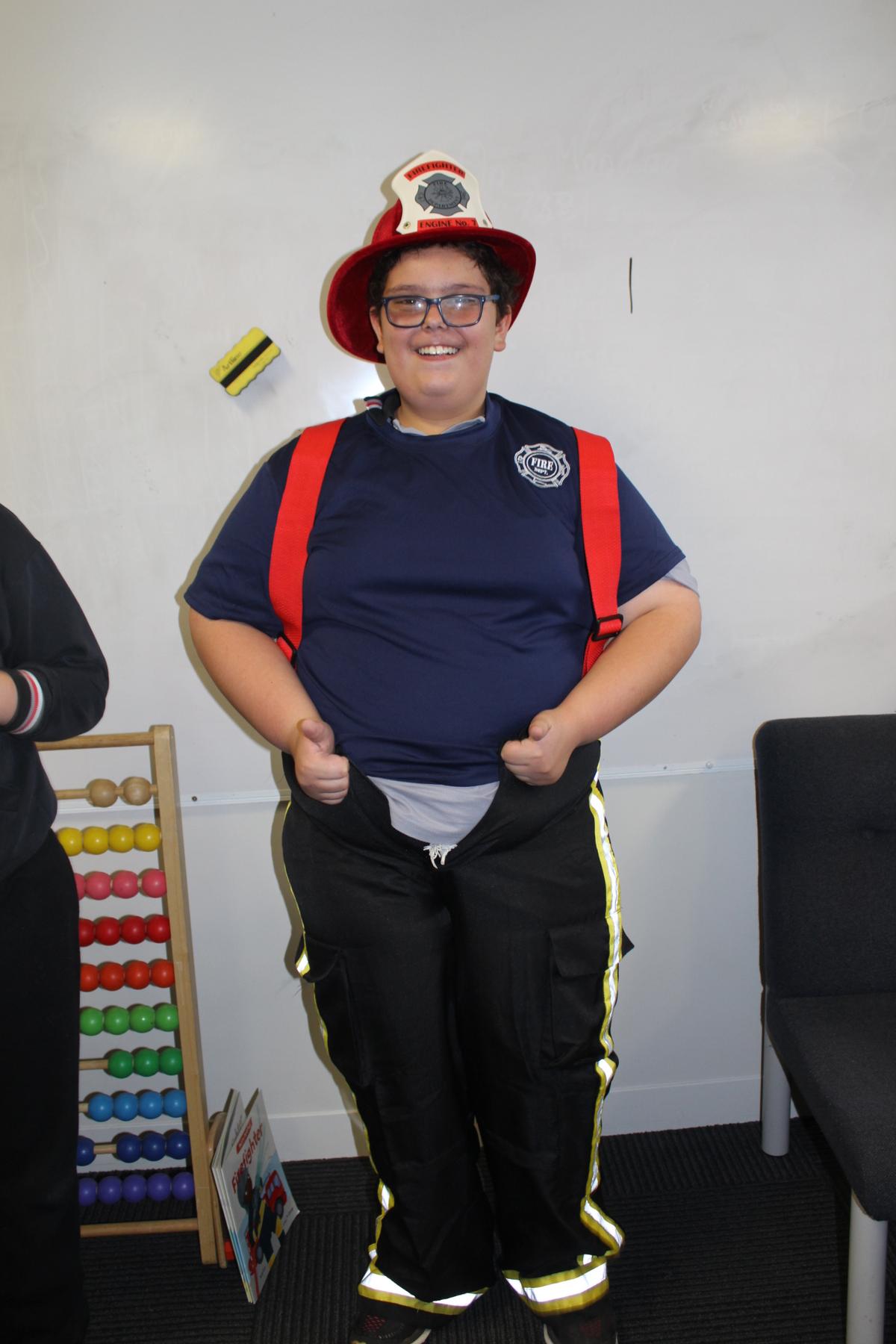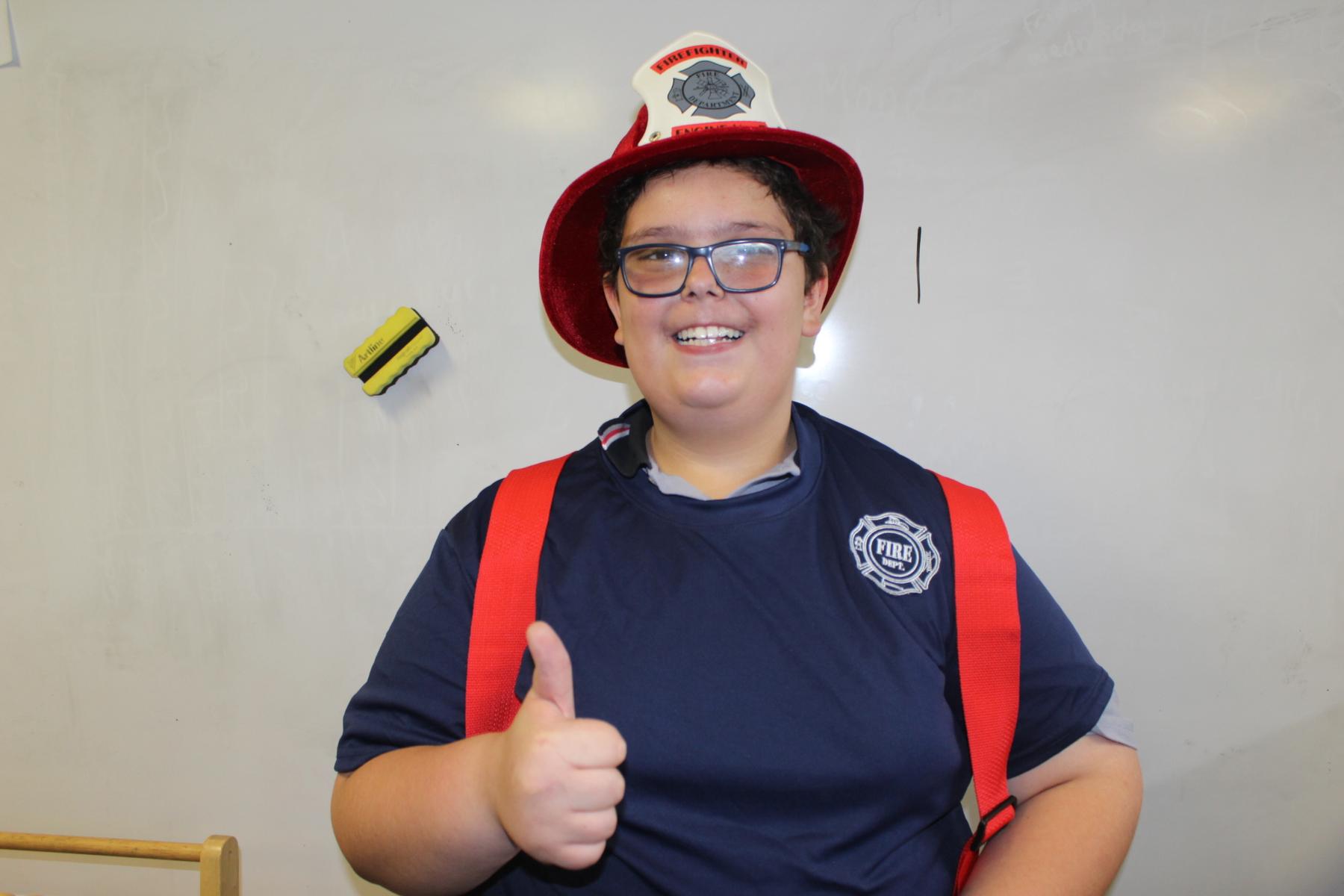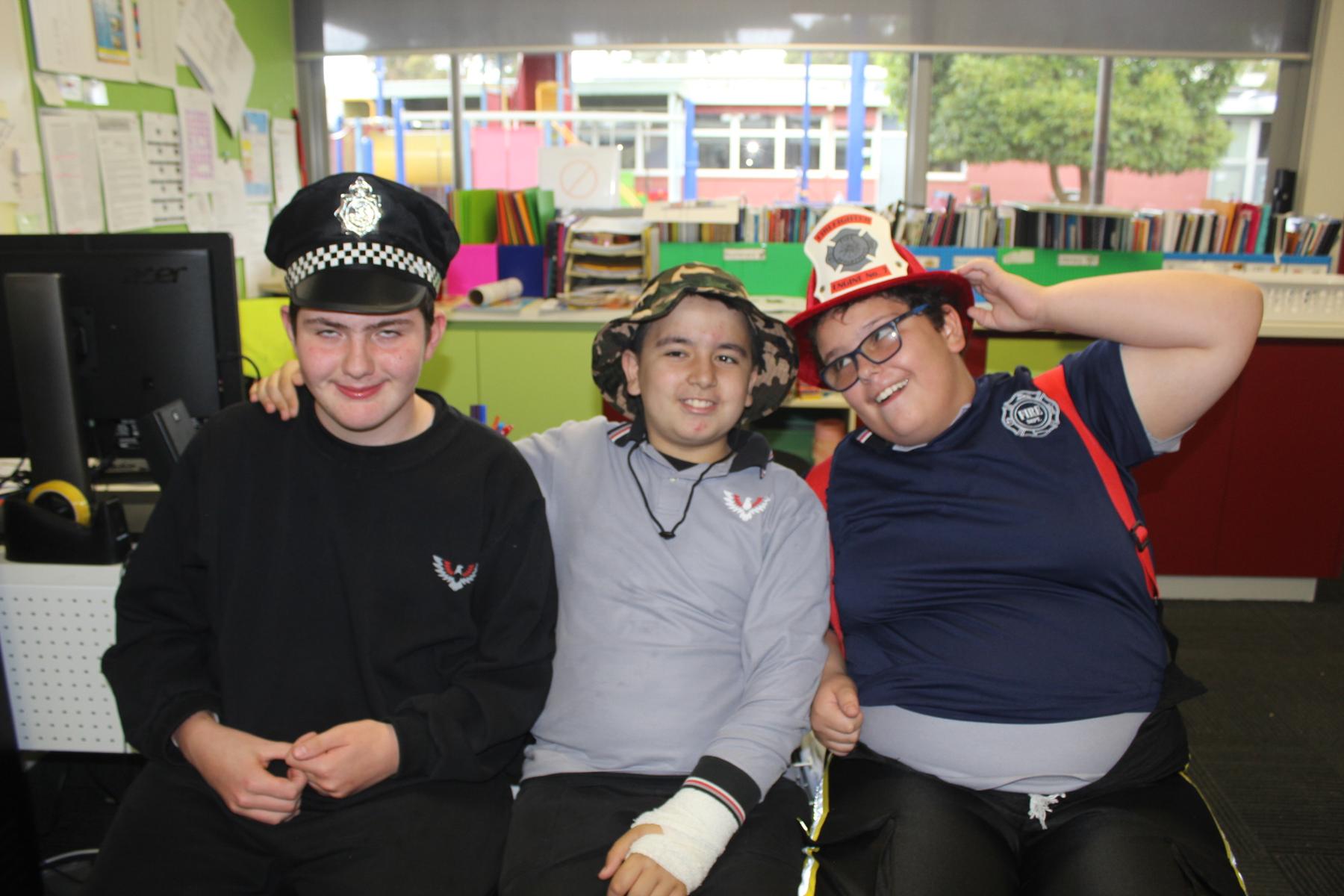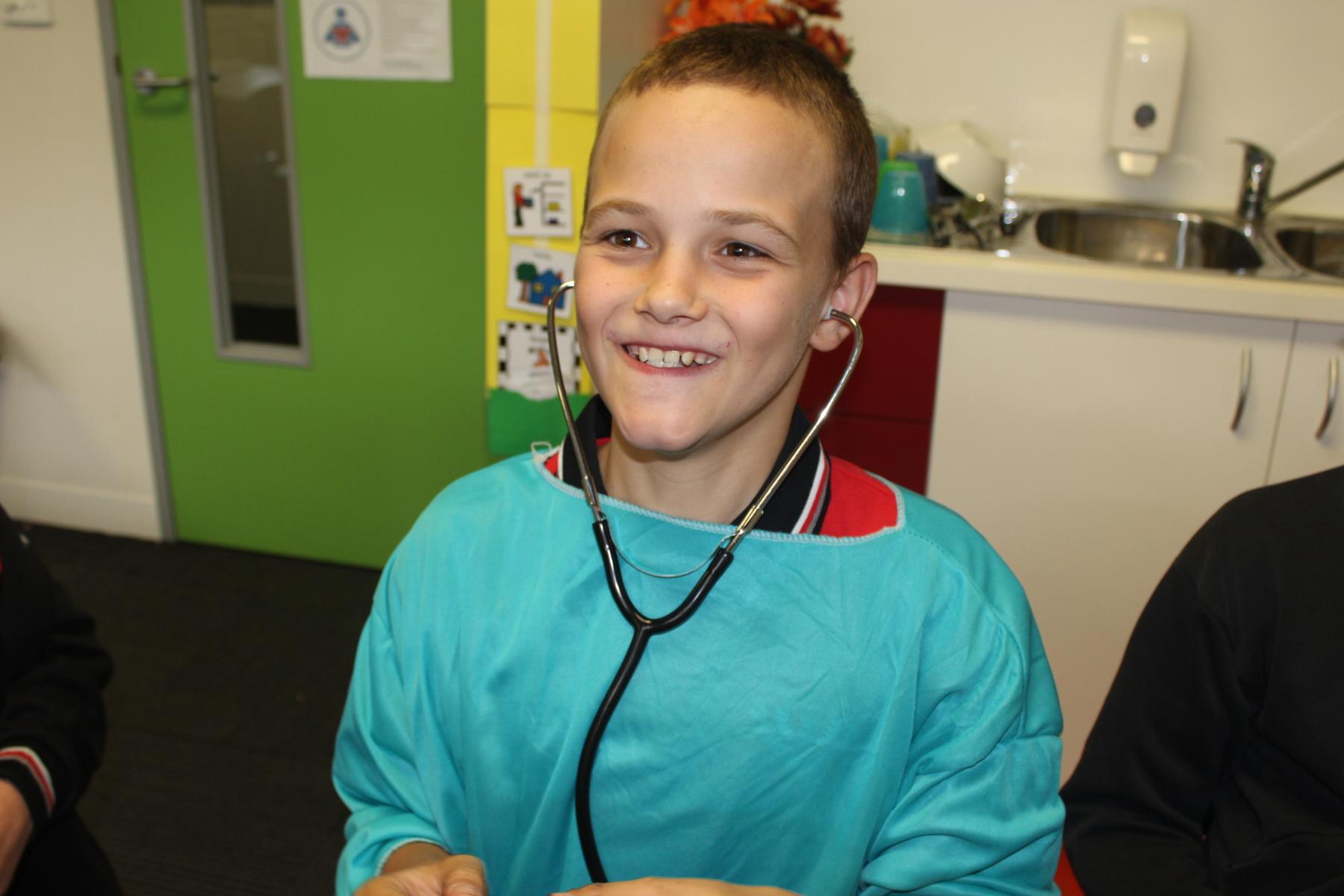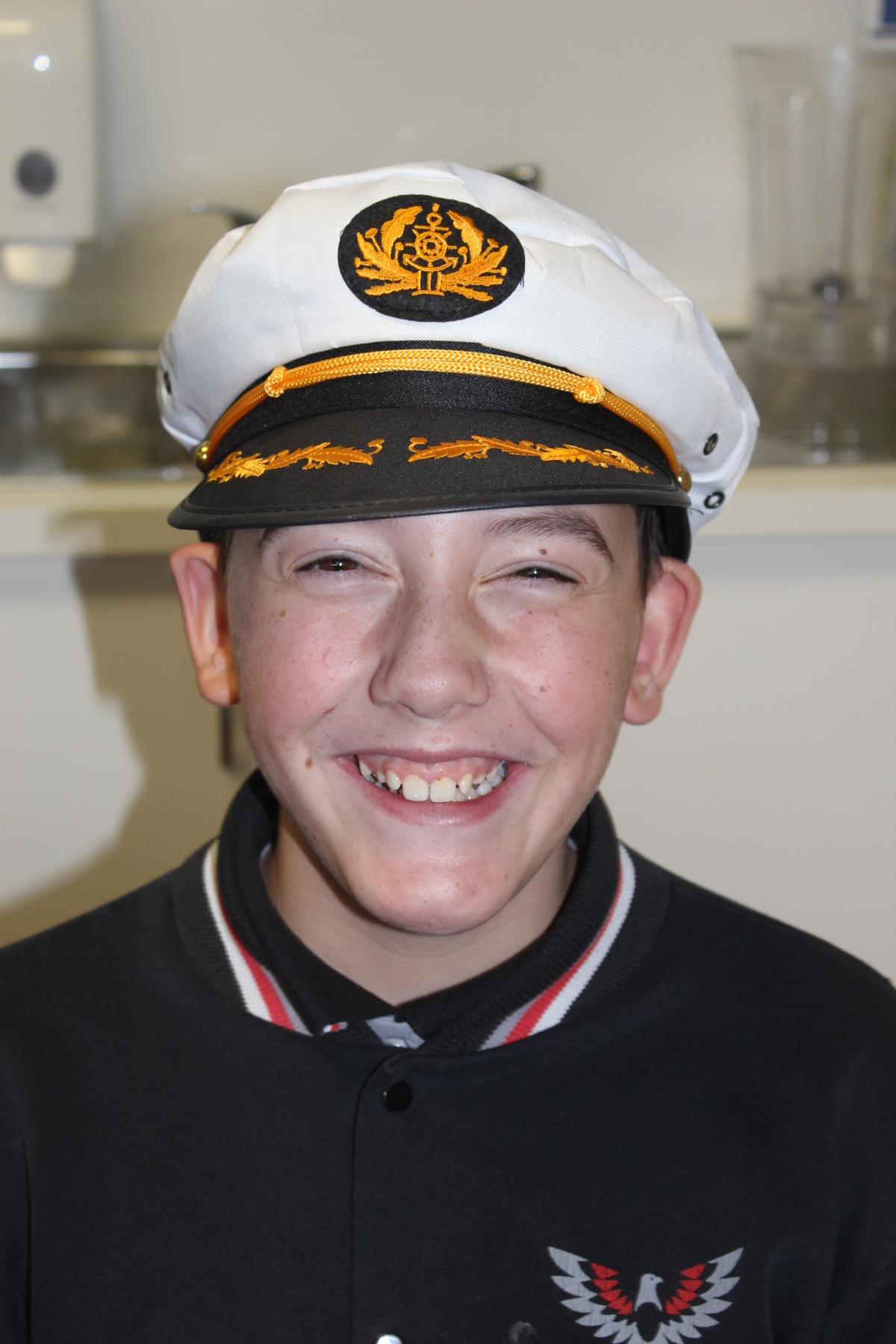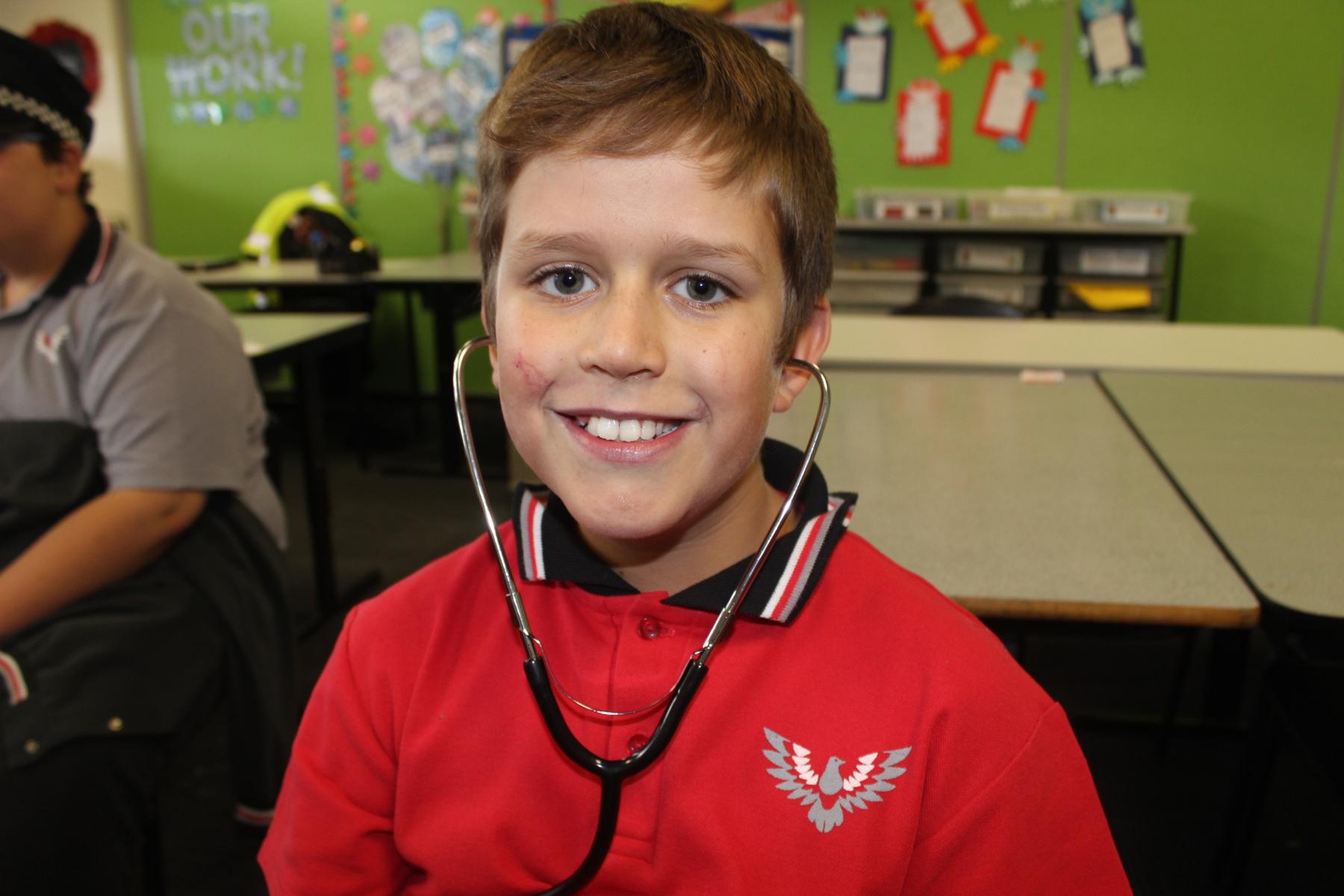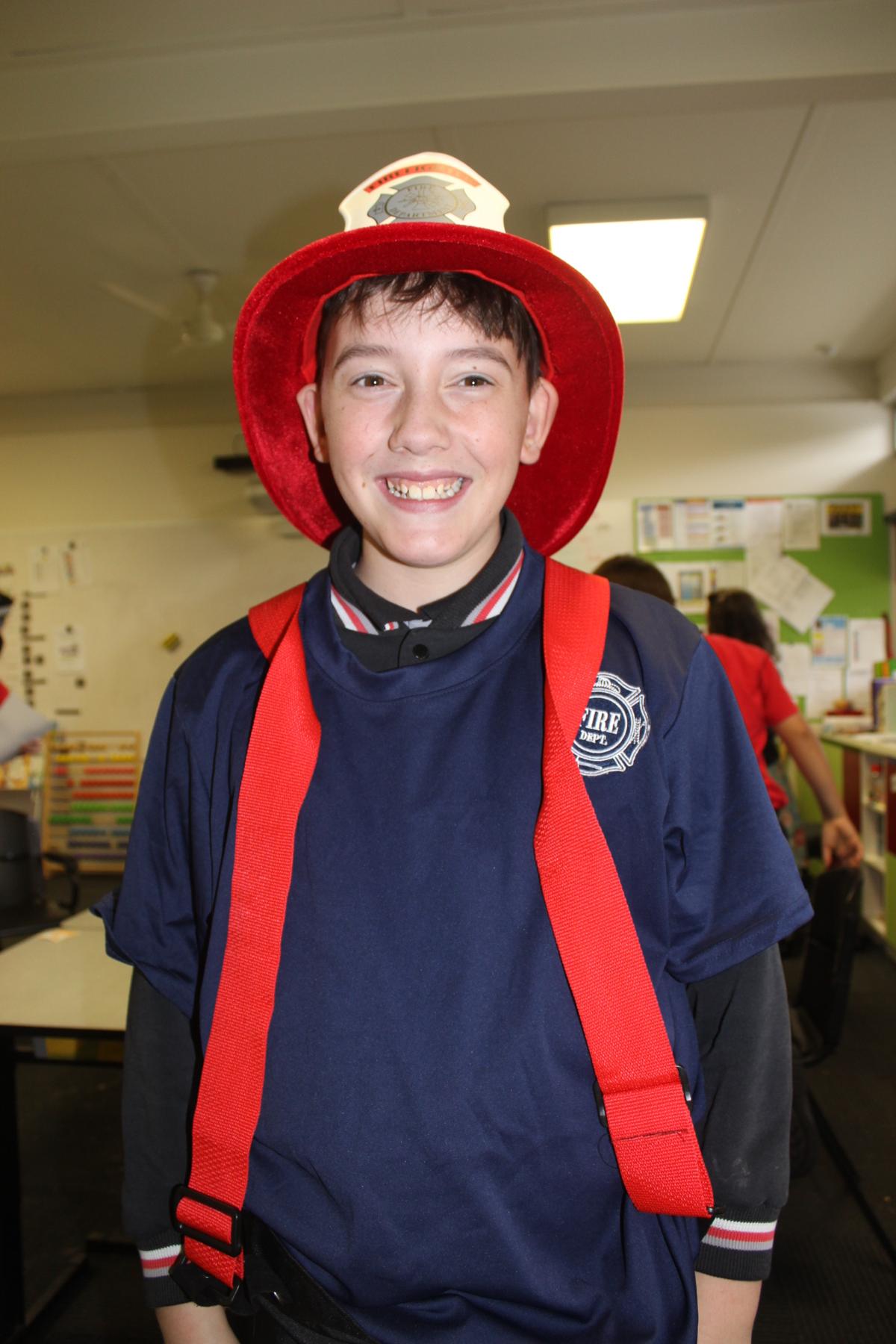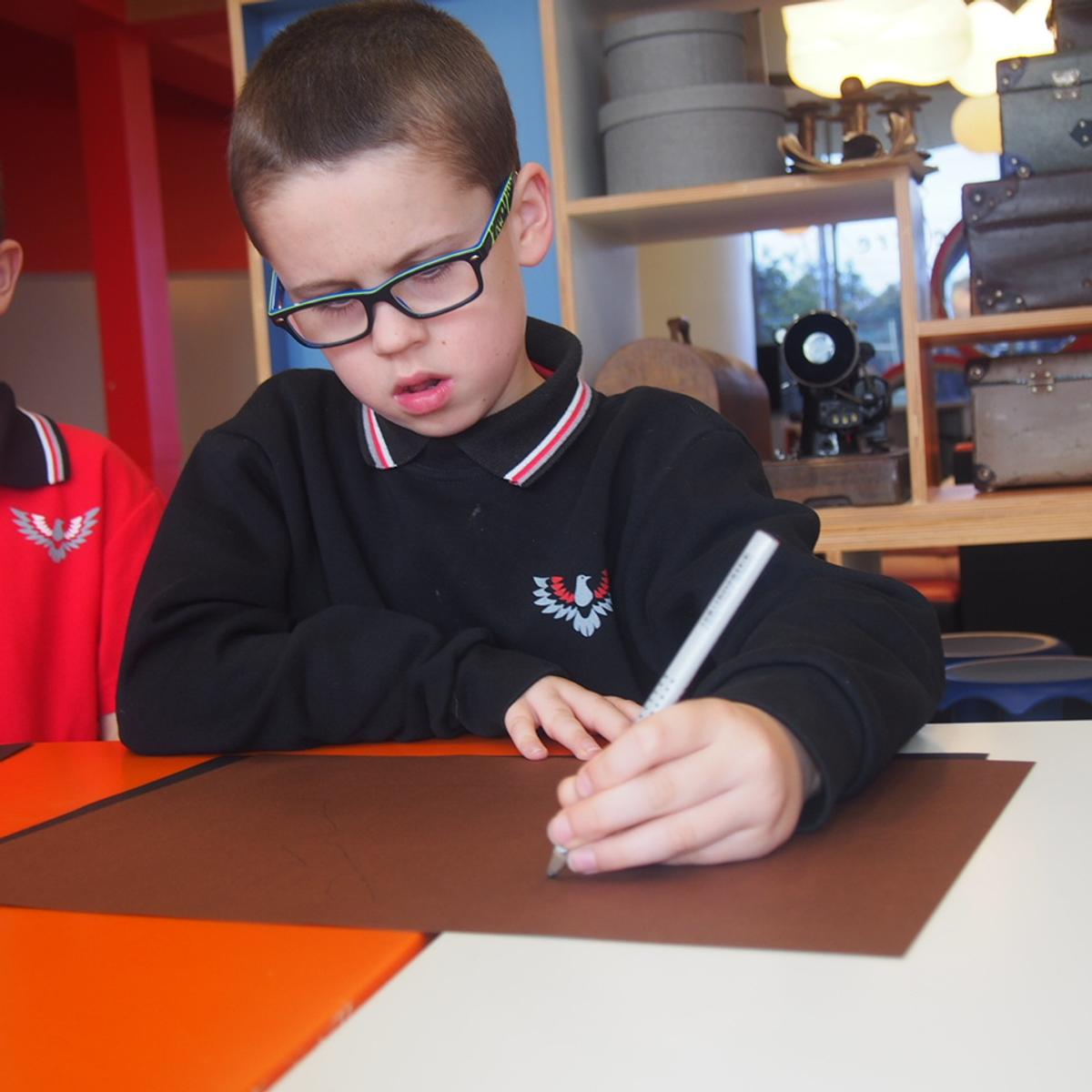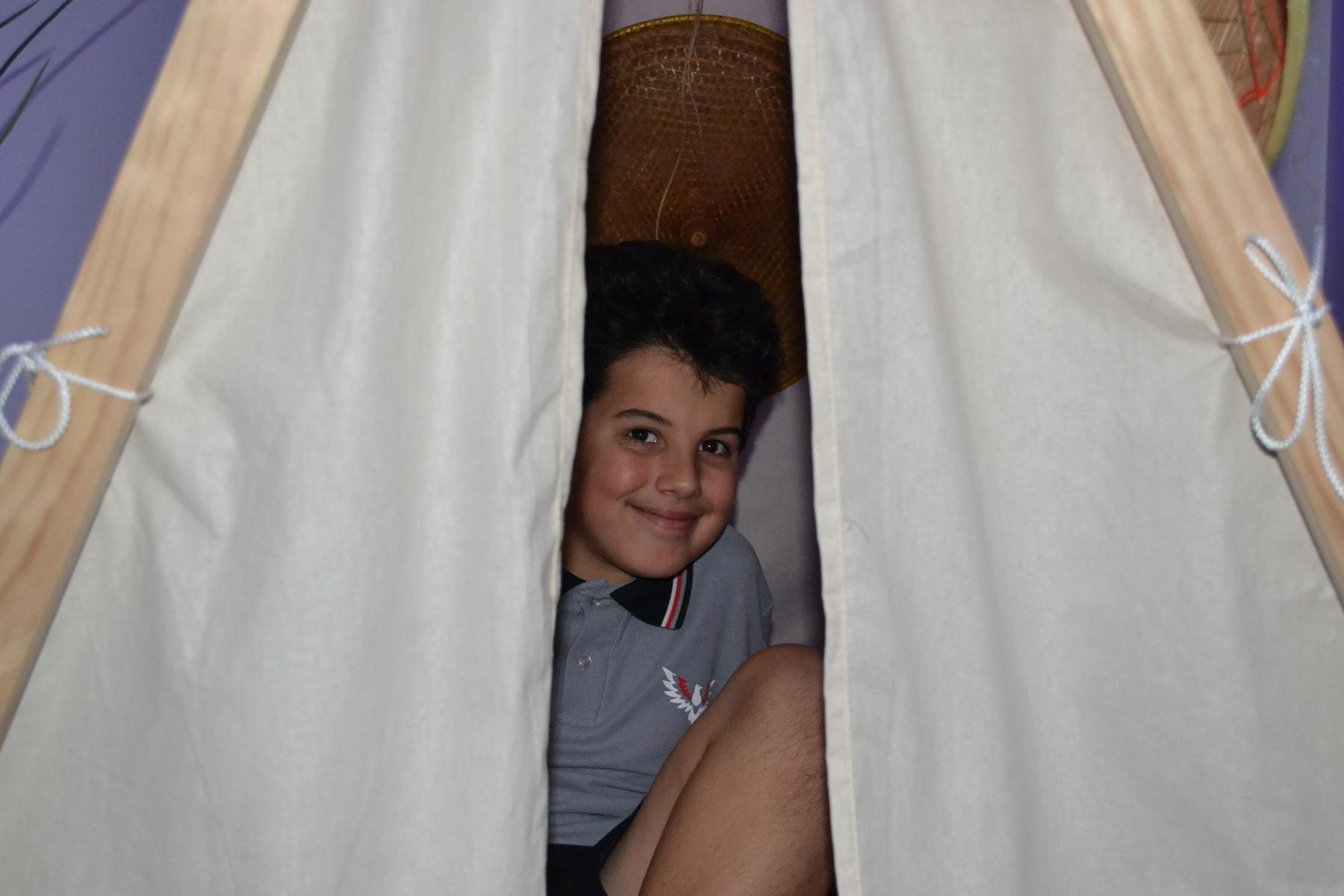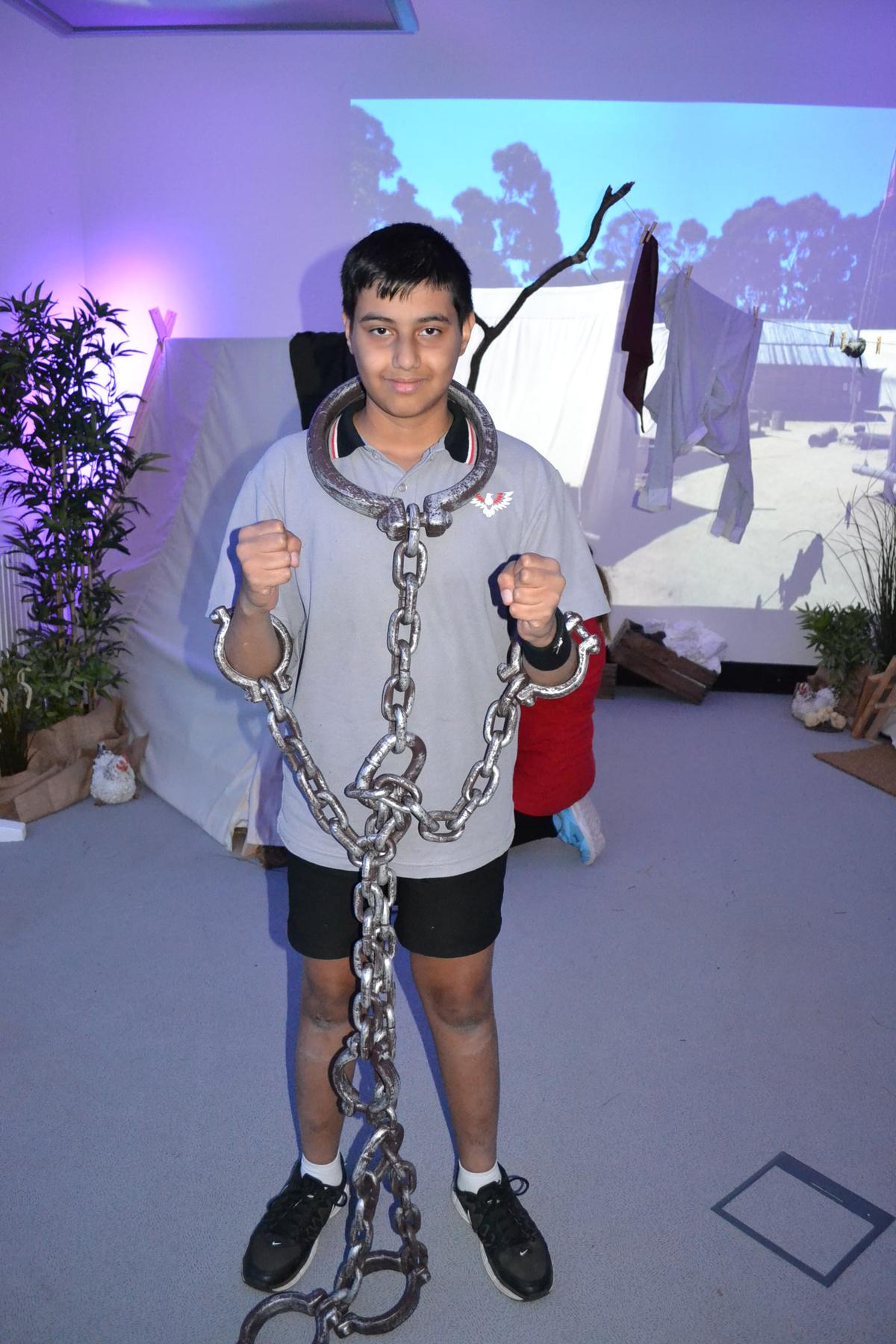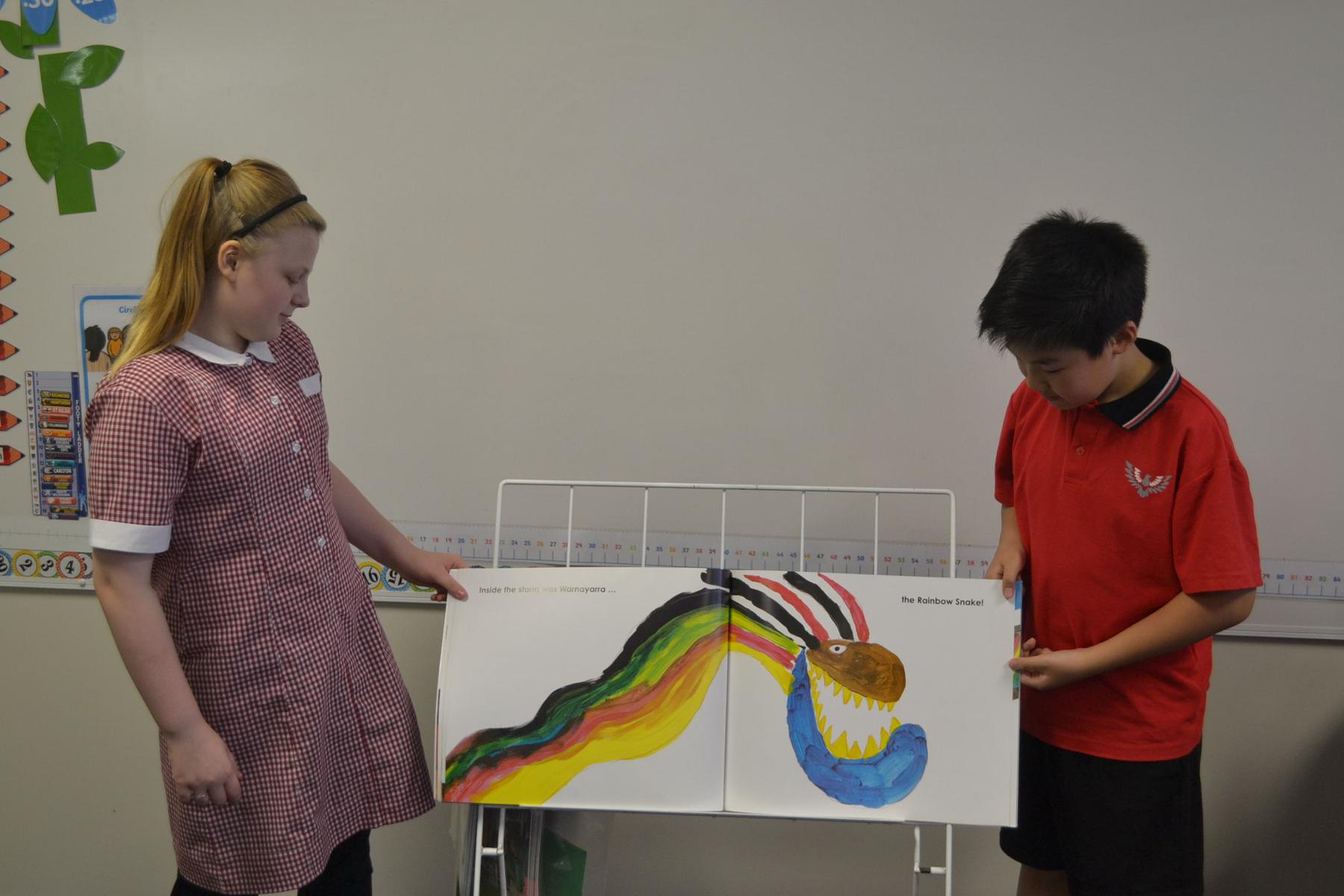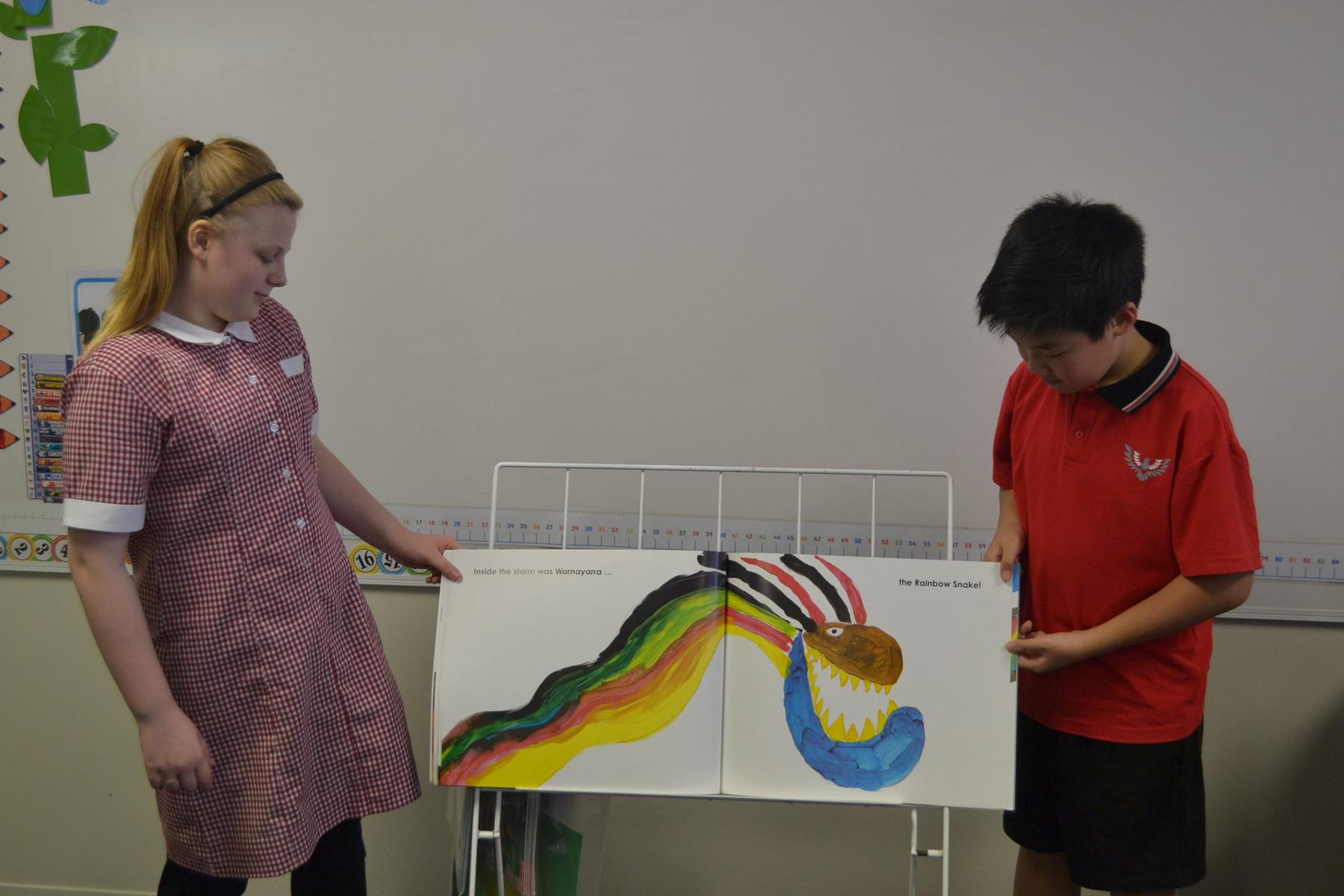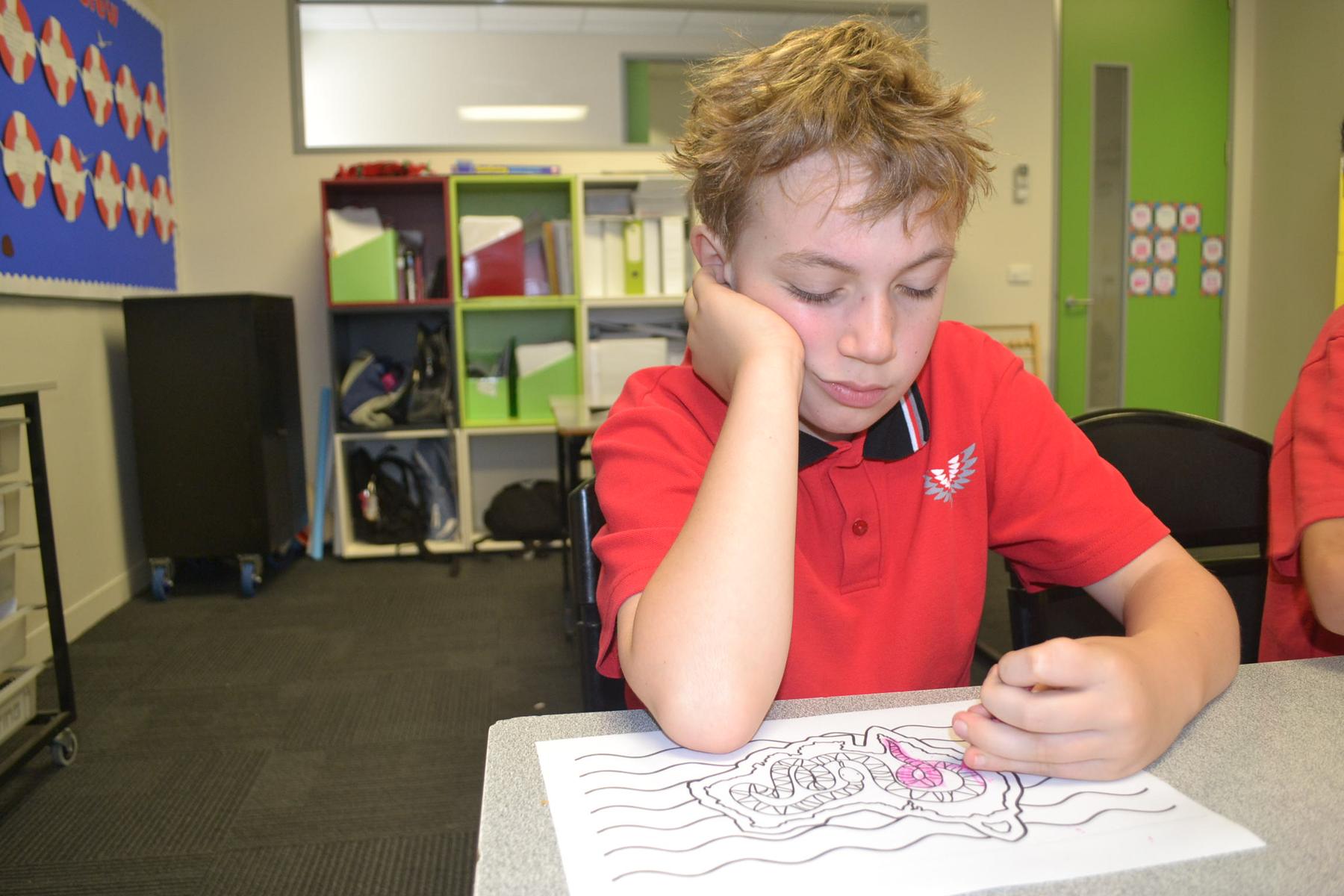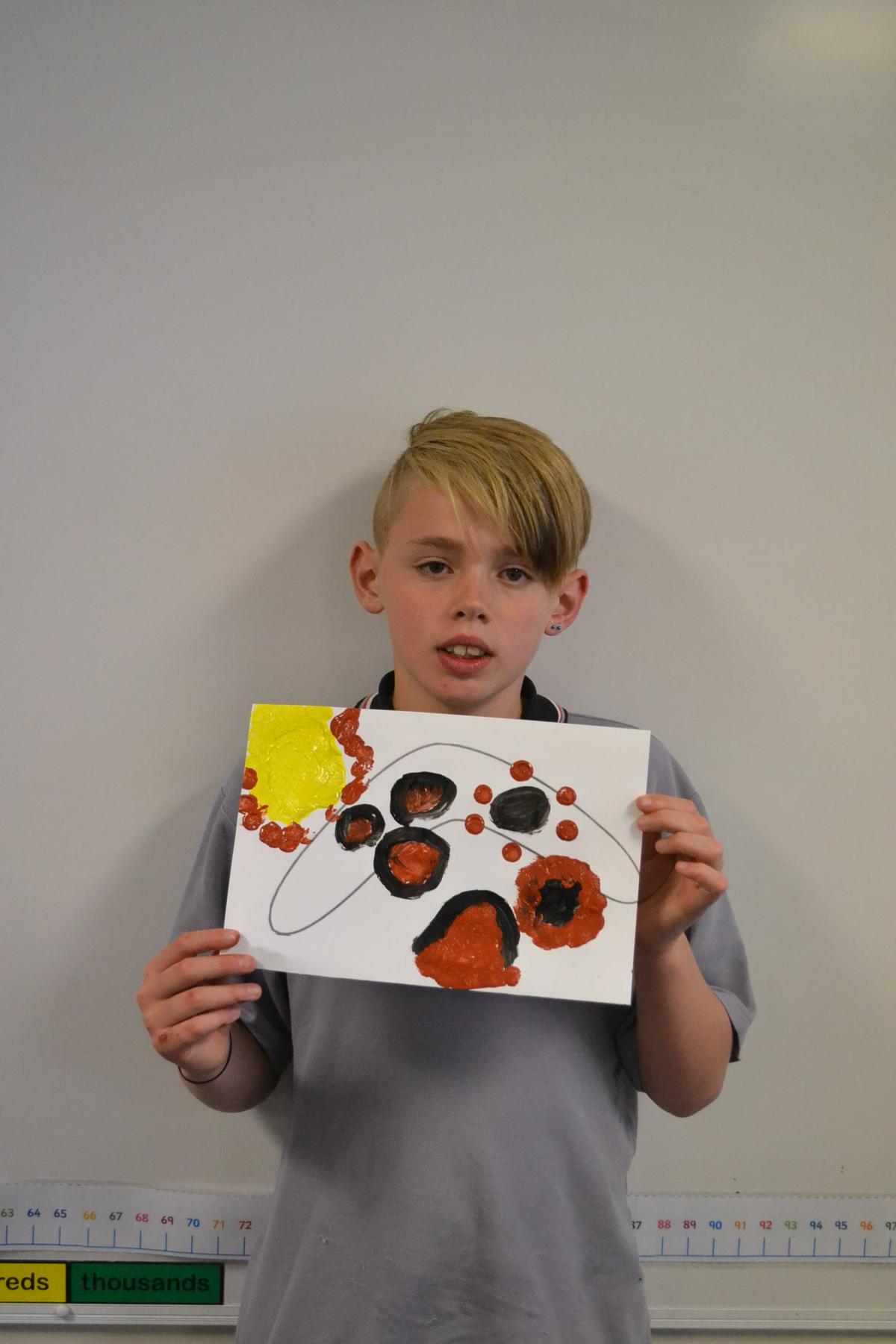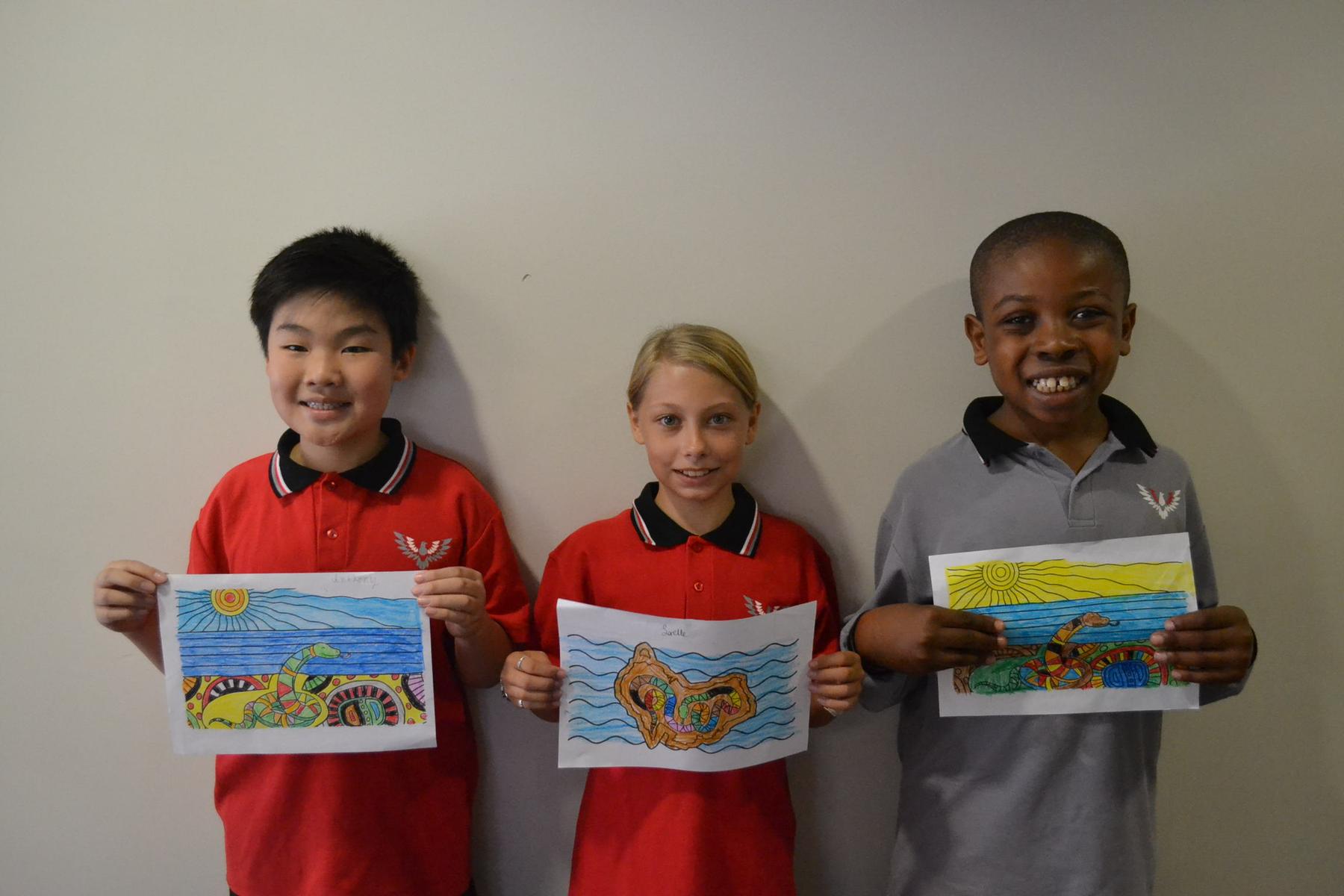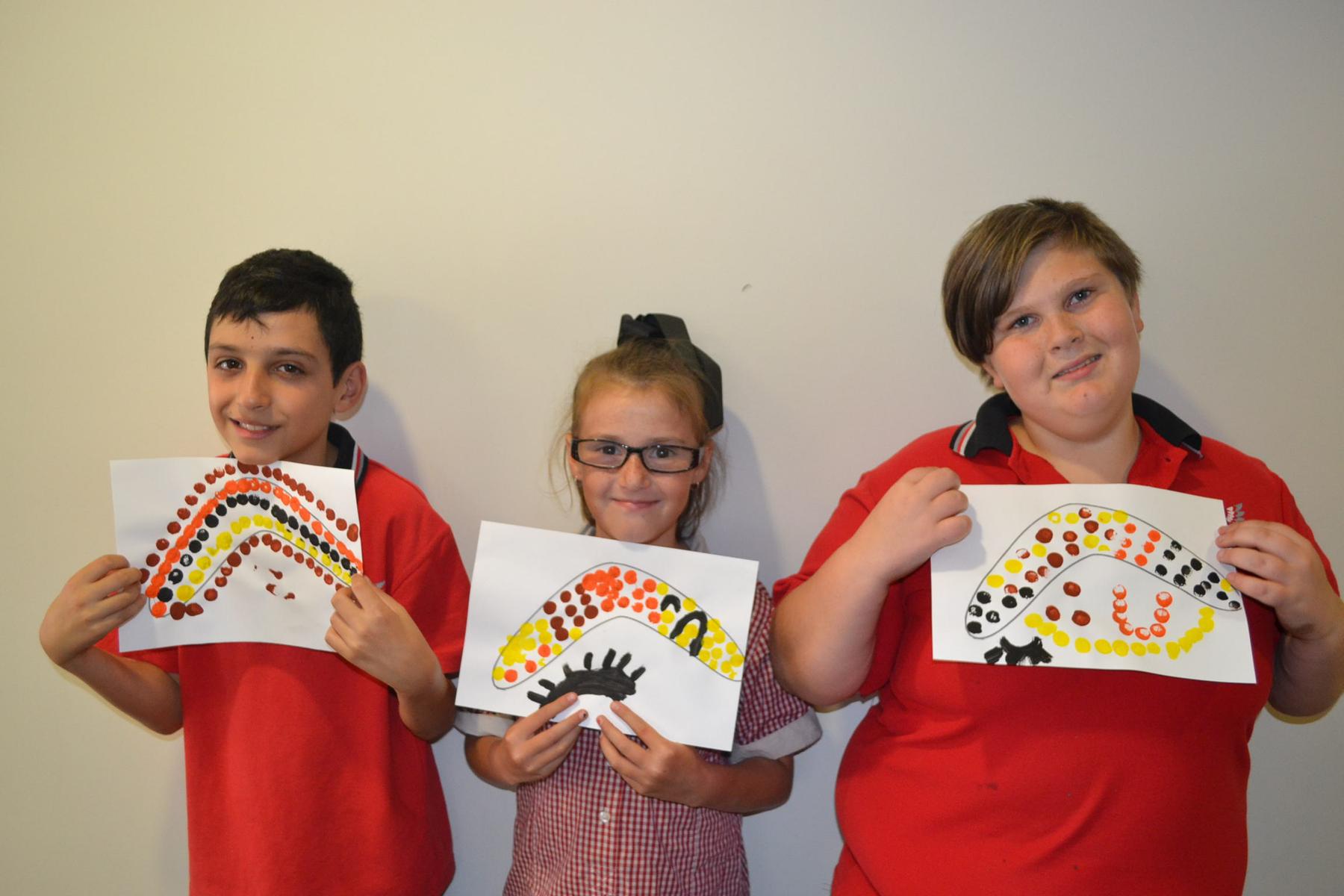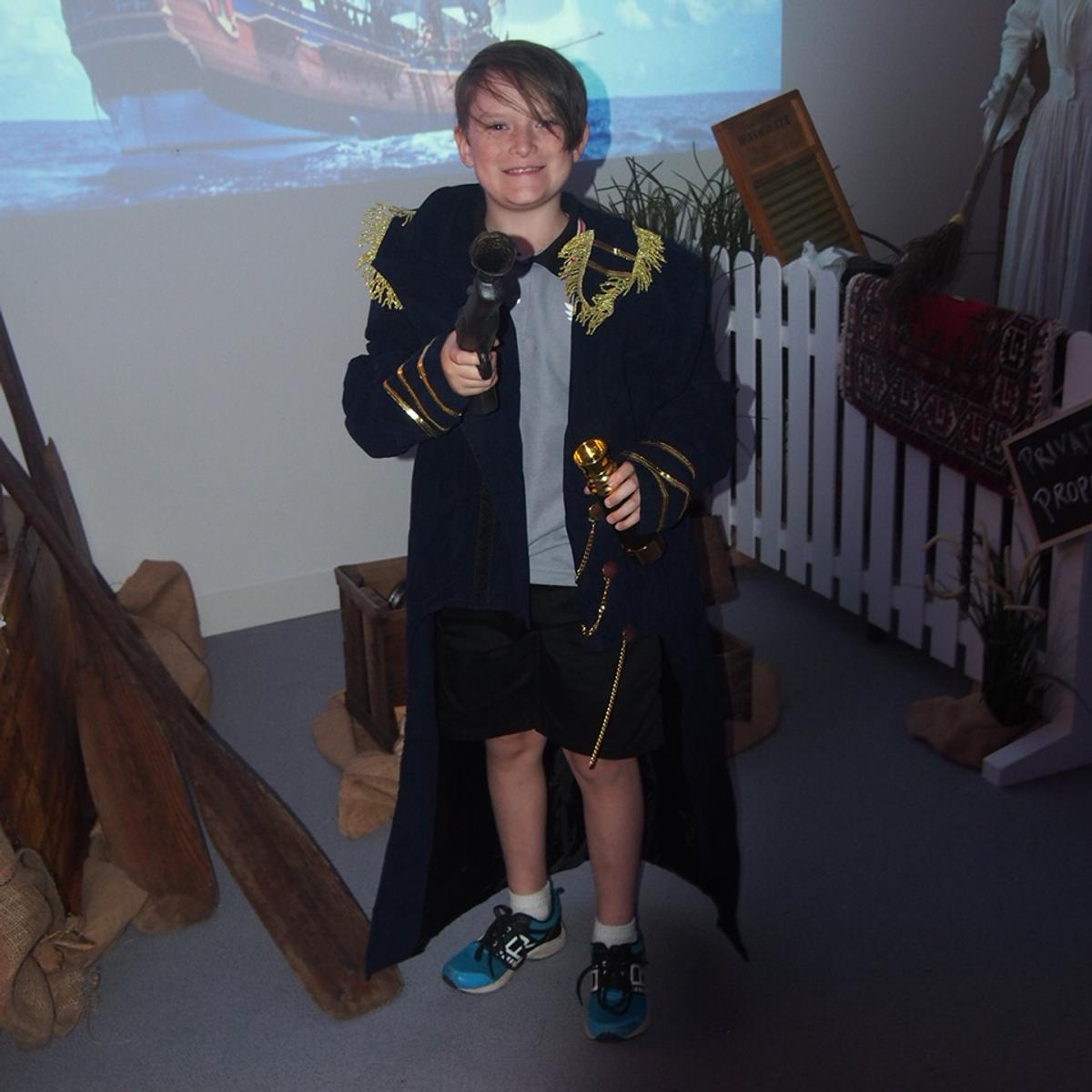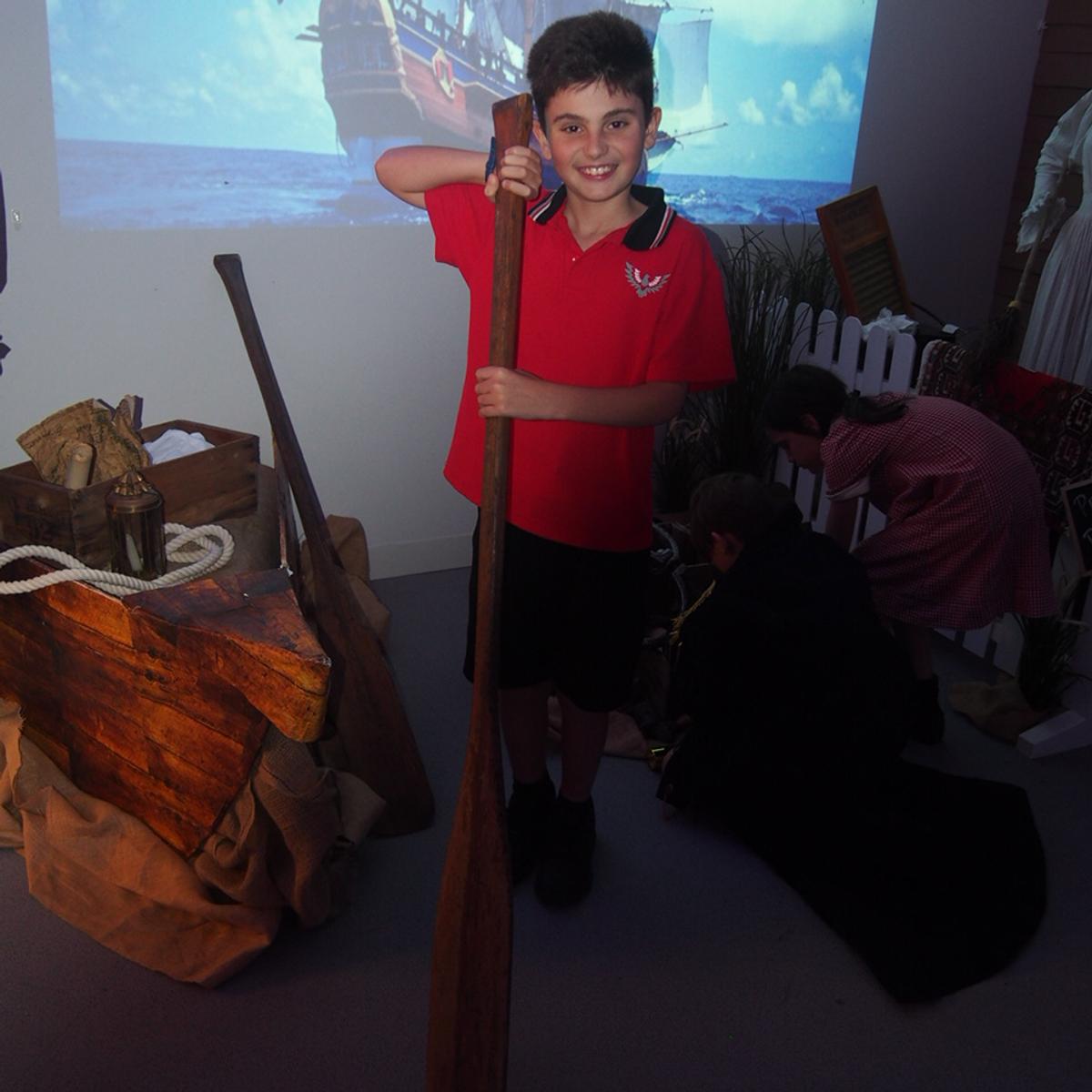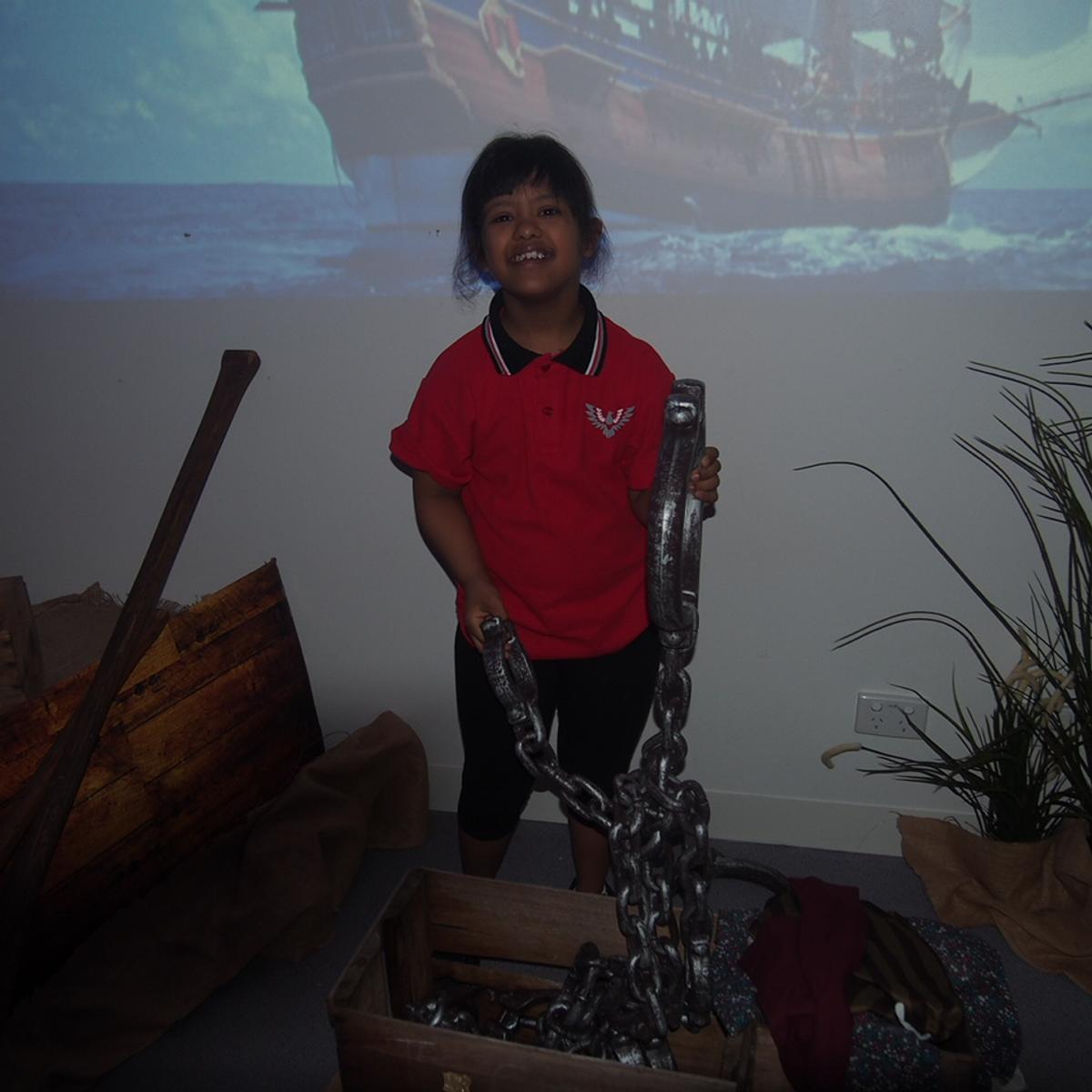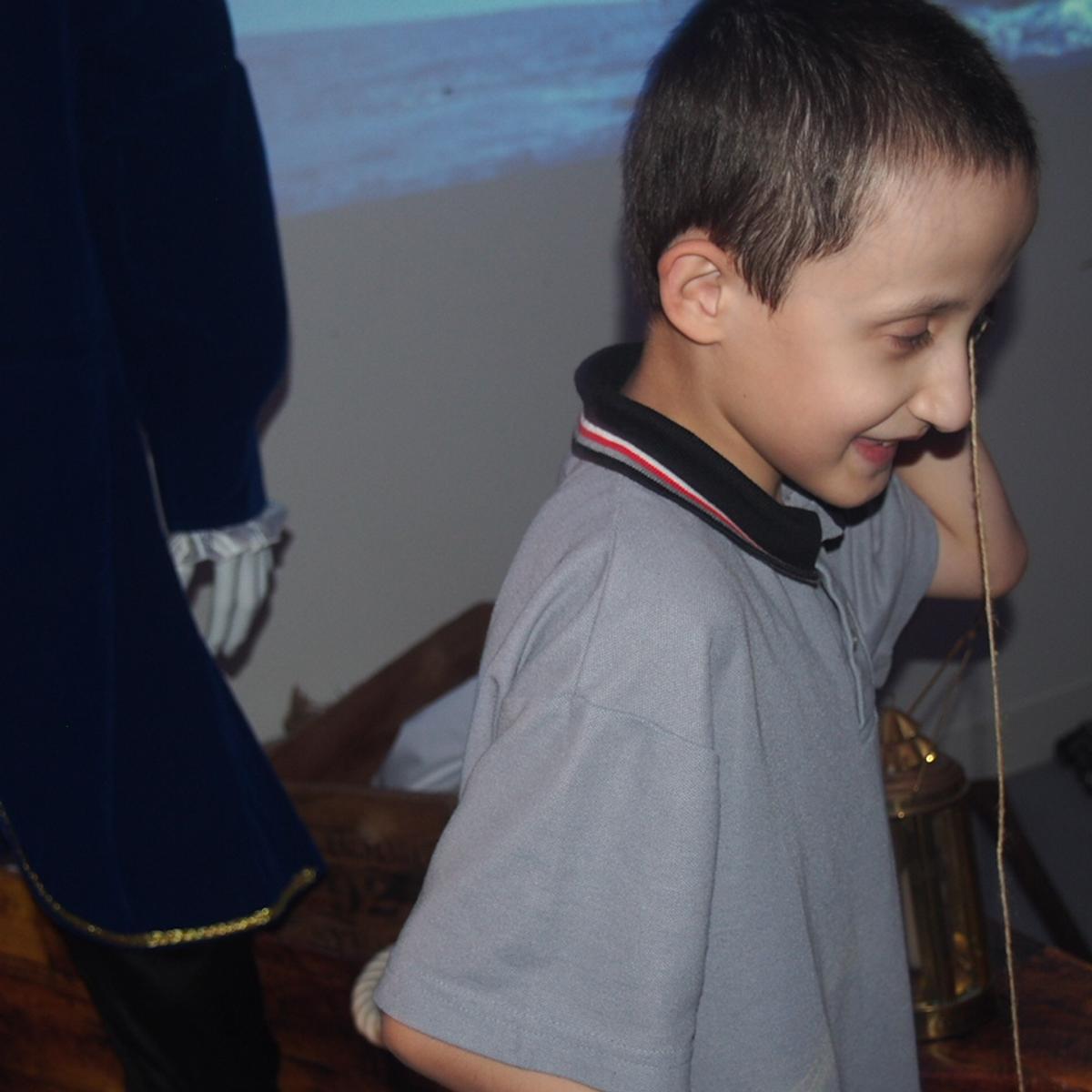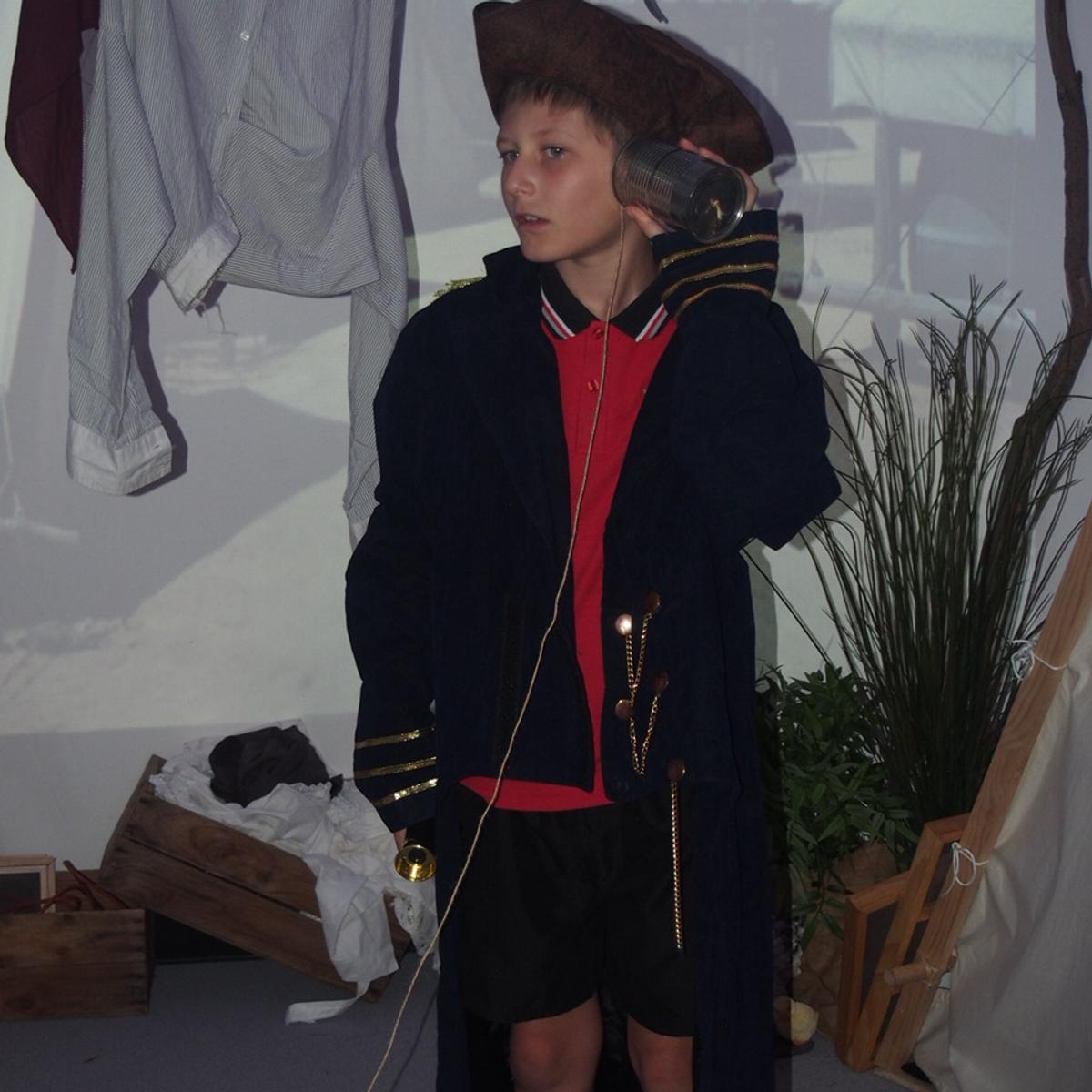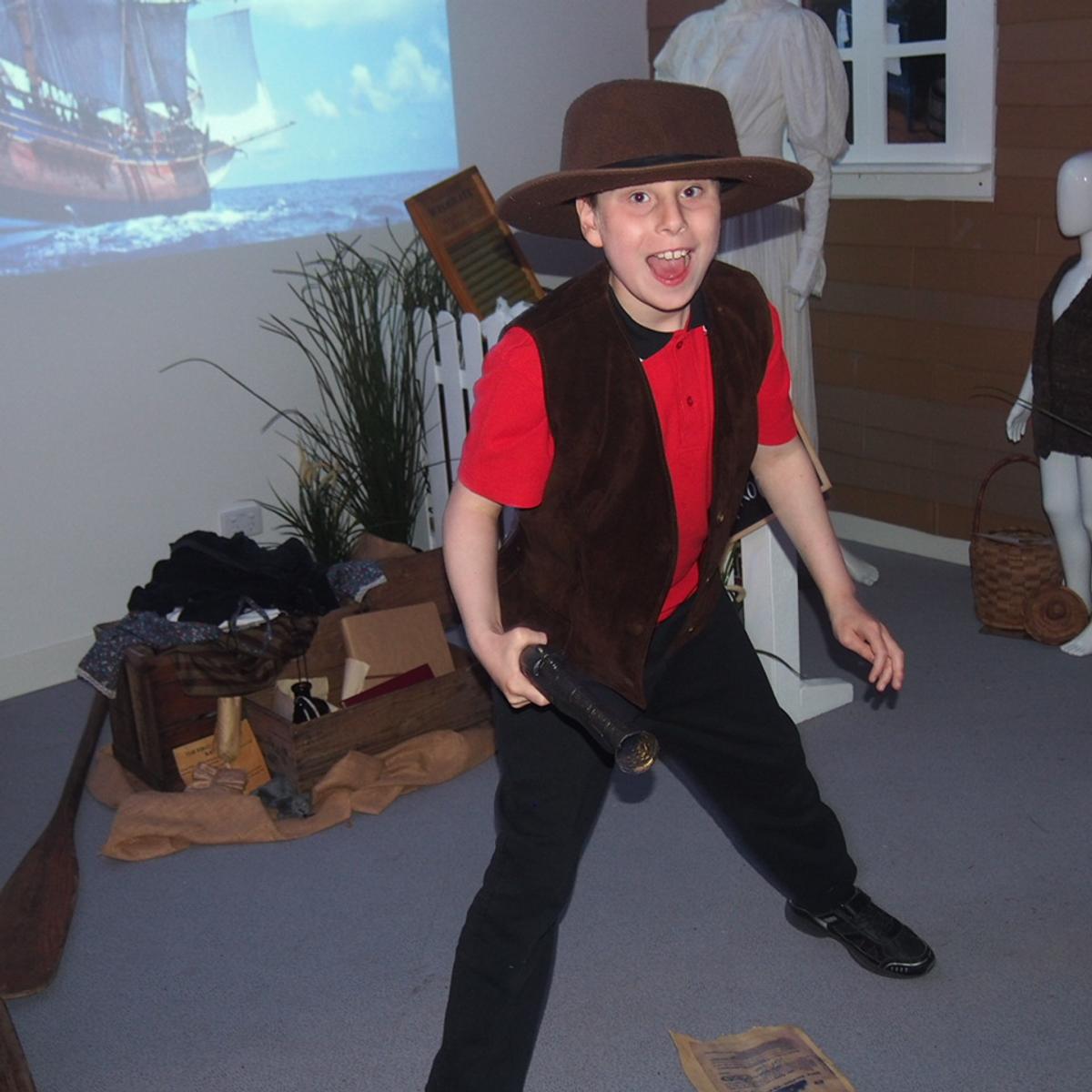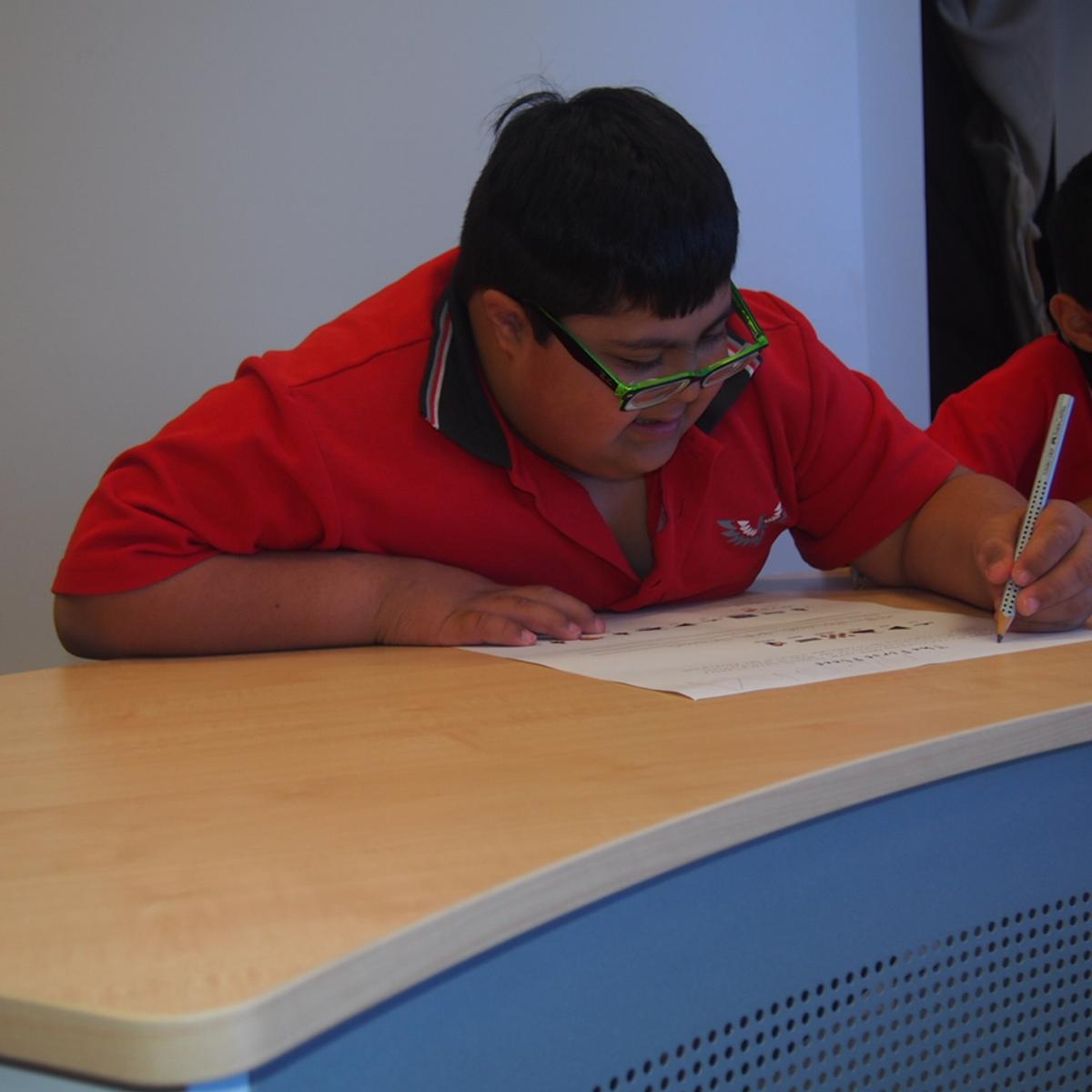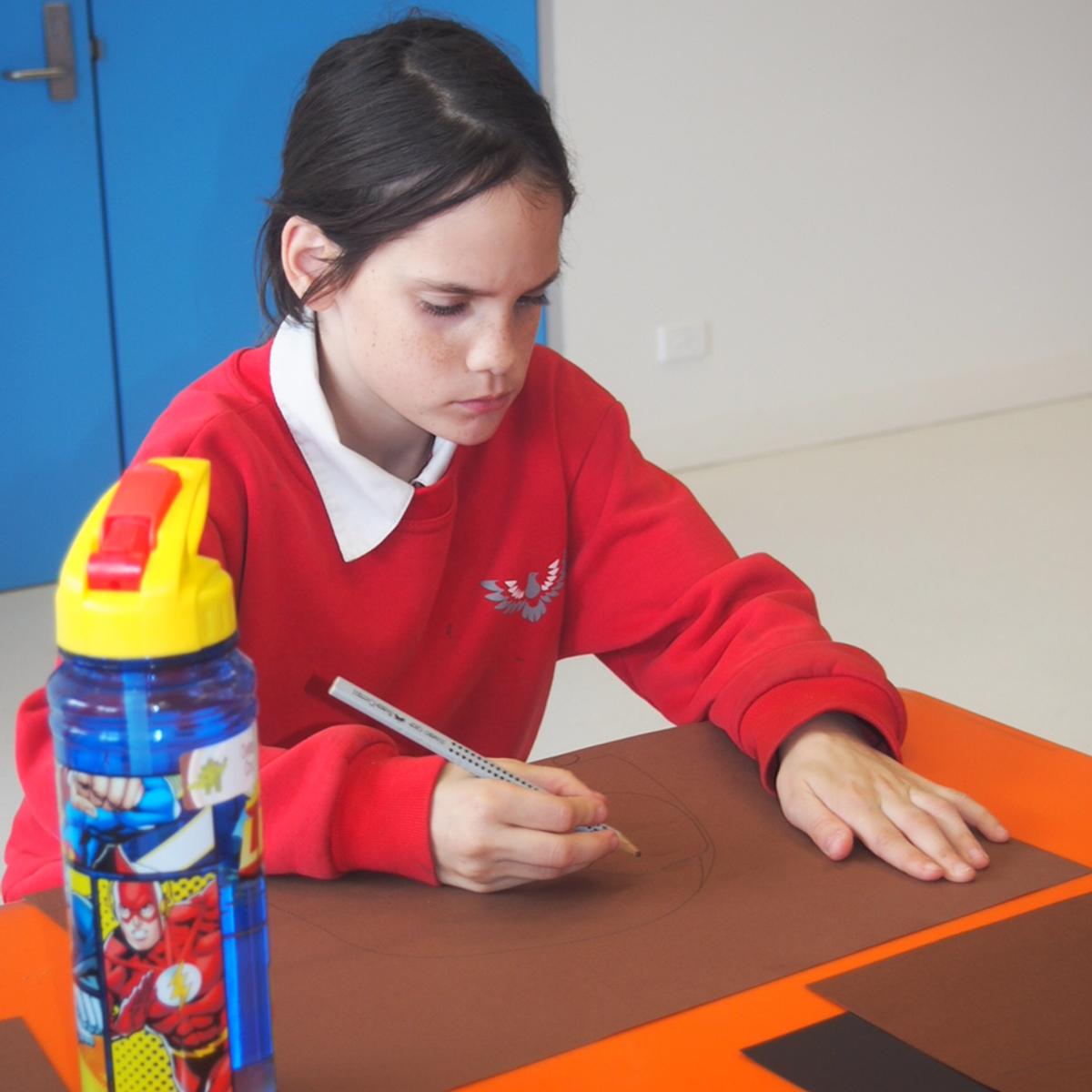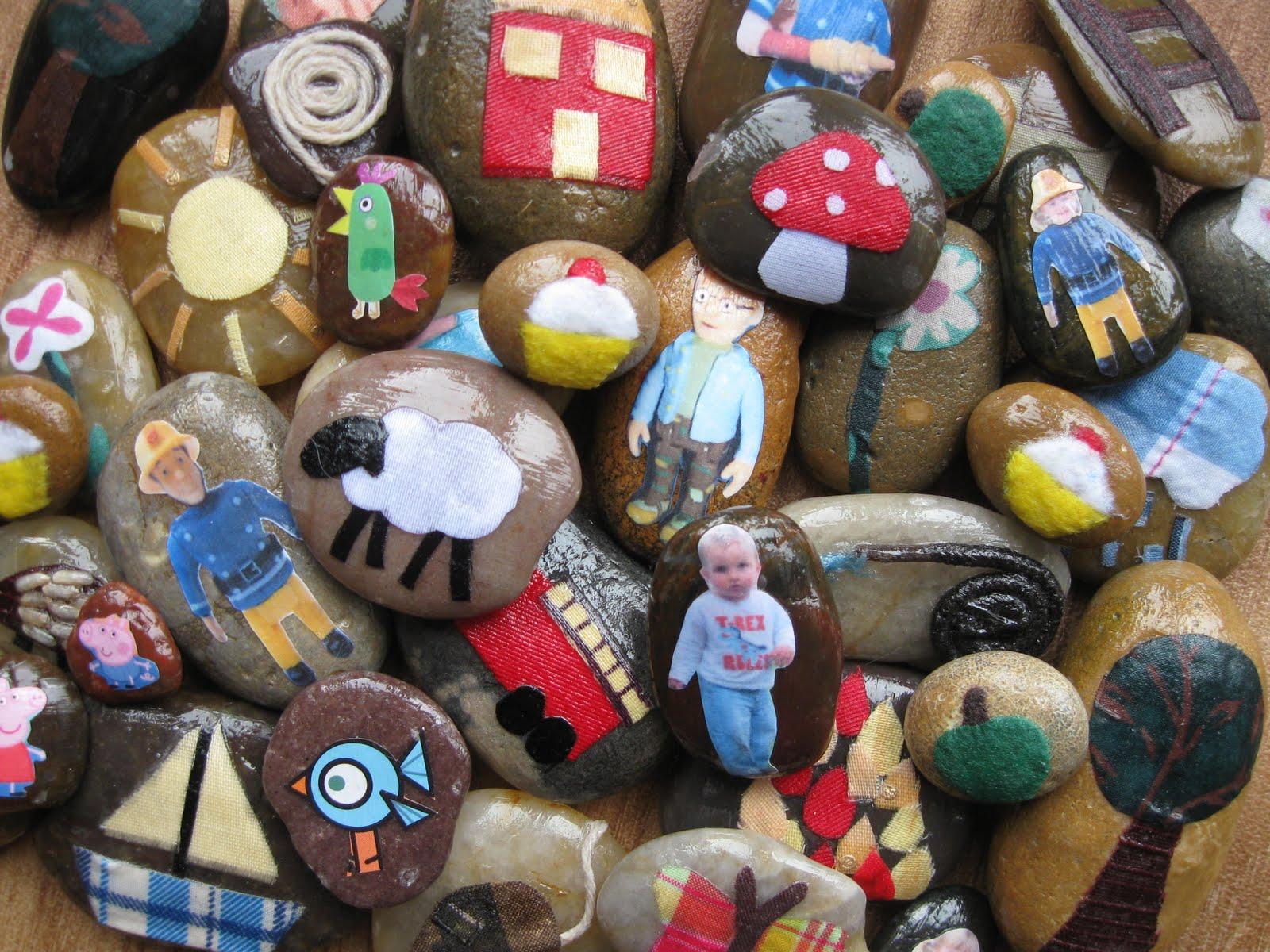Upper Primary Learning
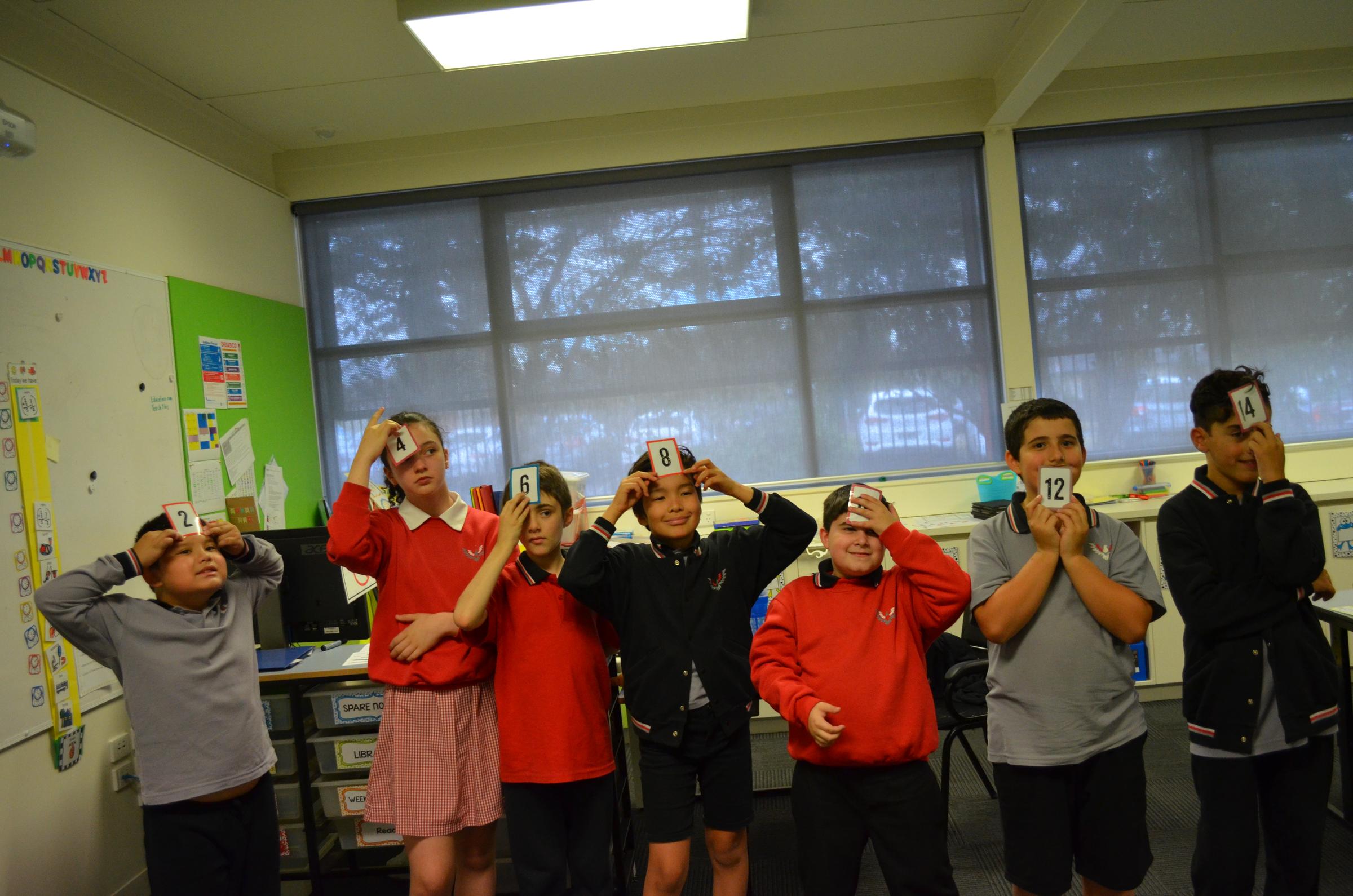
Mathematics
Throughout term one the focus for Number and Algebra has been on Place Value. Classes have been using a variety of manipulatives such as counters, unifix, bundling sticks and MAB to make models of numbers ranging from zero into the thousands. Students have been using ten frames as a prompt to look for ‘tens’ and regroup, to represent two digit numbers. Place value mats have been used to identify the number of 1s, 10s, 100s and 1000s, and how this correlates to the place digits hold within a number.
To further demonstrate their understanding students have been learning to write numbers in expanded form (eg. 376 as 300 + 70 + 6). Number lines have also been used as a visual aid to help students develop their understanding of where numbers are positioned in relation to one another, and the size of numbers relative to other numbers.
Students have enjoyed playing a variety of games to strengthen their understanding of place value as well as completing ‘number of the day’ charts. Number of the day involves students applying their knowledge to:
- identify numbers before/after
- show different ways the number can be represented
- identify the number that is one more/one less
- identify the number that is 10 more/ 10 less
- use tally marks to represent the number
- show the number using five frames/10 frames
- write the number in words and expanded form
- identify the number of 1s, 10s, 100s, 1000s
- show the number on a number line
Students have finished off the term by completing a place value common assessment task. The task provided the students with the opportunity to demonstrate what they have learnt throughout the unit and will be used by teachers to inform curriculum planning.
English
We are very fortunate to have a full time Speech Pathologist and Occupational Therapist working with the students in the Upper Primary. Across the week each student in the section receives at least one session of Speech and Occupational Therapy. These programs support learning throughout the English Curriculum.
Speech
The Speech Pathologist delivers an adapted literacy program in all classrooms across the section. The program is designed to promote the development of oral language, encourage skills such as interpreting visual information and predicting, in addition to supporting students with sentence structure and sequencing ideas.
Over the past few weeks classes have enjoyed listening to and reading a variety of stories within the adapted literacy program. Following the reading of the book students have been supported to retell the story. Some classes have focussed on one particular event and other classes have been learning to retell the entire story in sequence – beginning, middle and end. Retell is an important skill for students to develop as it involves organising and interpreting text information to demonstrate an understanding of what they have listened to or read.
Our sincere thanks to Claire our Speech Pathologist for the amazing support she has given to the students and staff over the past year. Her expertise, passion and ideas will be missed. We wish Claire every happiness as she embarks on her next adventure.
Occupational Therapy
The Occupational Therapist works with focus groups across the week targeting skills in areas such as fine and gross motor, handwriting and self-regulation. Activities are differentiated to target the specific needs of the students.
Within the fine motor program students are working on building hand strength, precision (grip) and scissor skills. The students have been enjoying a variety of activities such as manipulating putty, threading and partner games.
Pre-writing and handwriting skills are both a major focus of the Occupational Therapy Program. In structured learning groups students have been focussing on tracking and tracing, letter formation, writing on paper and positioning letters correctly on the line. Students have been working hard to apply these skills back in the classroom.
The Perceptual Motor Program (PMP) is a favourite amongst many of the students. The program works on developing skills in following areas: listening to and following direction, language, memory, self-awareness, problem solving, coordination and movement. The students have loved working their way through obstacle courses, being challenged through movement activities and participating in minor games. The students have been focussing on following directions, building their knowledge and understanding of conceptual language (eg. on/off, beside/ next to, in front/behind) and developing strategies to improve recall/memory.
The Occupational Therapist has also been working with students on self-regulation. The students have been learning to identify ways of managing their emotional state. Students have been talking about body signals that trigger different feelings and identifying strategies they can use to calm themselves when faced with a challenging situation. The students are being supported to apply different strategies both in the classroom and out in the yard.
Speech and Occupational Therapy play an important role in helping our students achieve success not only in English, but across all areas of the curriculum.
Social Competencies
All classes have now completed the unit on Personal Safety. They have continued to look at the different people in the community that are there to assist them if they find themselves feeling unsafe. Classes have read different stories, looked at different scenarios and role played different situations. Classes have also discussed how to keep themselves safe in the home and in the community. They have looked at different signs in the community and what they mean.
Even though the formal social skills lessons on Personal safety have been completed teachers will continue to work on these extremely important skills on a daily basis.
Integrated Unit
The students in Upper Primary have finished the term focussing on ‘The Dreamtime’ and ‘Aboriginal Culture’. Many classes have listened to different Dreamtime Stories such as ‘the Rainbow Serpent’, ‘How the Kangaroos got their tails’ and ‘How the birds got their colours’. Classes have made boomerangs and tried their hand at Aboriginal art.
This week the students have thoroughly enjoyed participating in Easter activities. They have completed many craft activities such as making Easter baskets as well as Literacy and Numeracy activities with an Easter theme. These games have included Egg snap, and an Easter word search. In Numeracy they have played an Egg race game and matched the number to the modelled number to make the shape of an egg. All very ‘egg’-citing.
Focus on Fun
Looking for a holiday project for your child? Then story stones maybe the answer.Story stones are a fun way to support children to develop language through creative storytelling. Story stones can be easily made at home using river stones. Images can be drawn or cut out from magazines and old books and pasted onto stones. Make sure you have a variety of images that include characters, various settings and events. Store the story stones in a bag or container.
Using the story stones
- Choose your favourite stone. Make up a story to tell a partner. This might be as simple as a sentence.
- Choose a stone from the bag. Use the stone to start the story. Select another stone/s to add to the story.
- Roll a dice. Select stones according to the number shown on the dice. Use all of the stones to tell a story.
- With a partner/group take turns to select a stone. Use the stones to continue the story on from the previous person.
- Use story stones to write your own story.
Chris Norman - Upper Primary Team Leader
Kirsten Coulter - Teaching and Learning Coordinator
